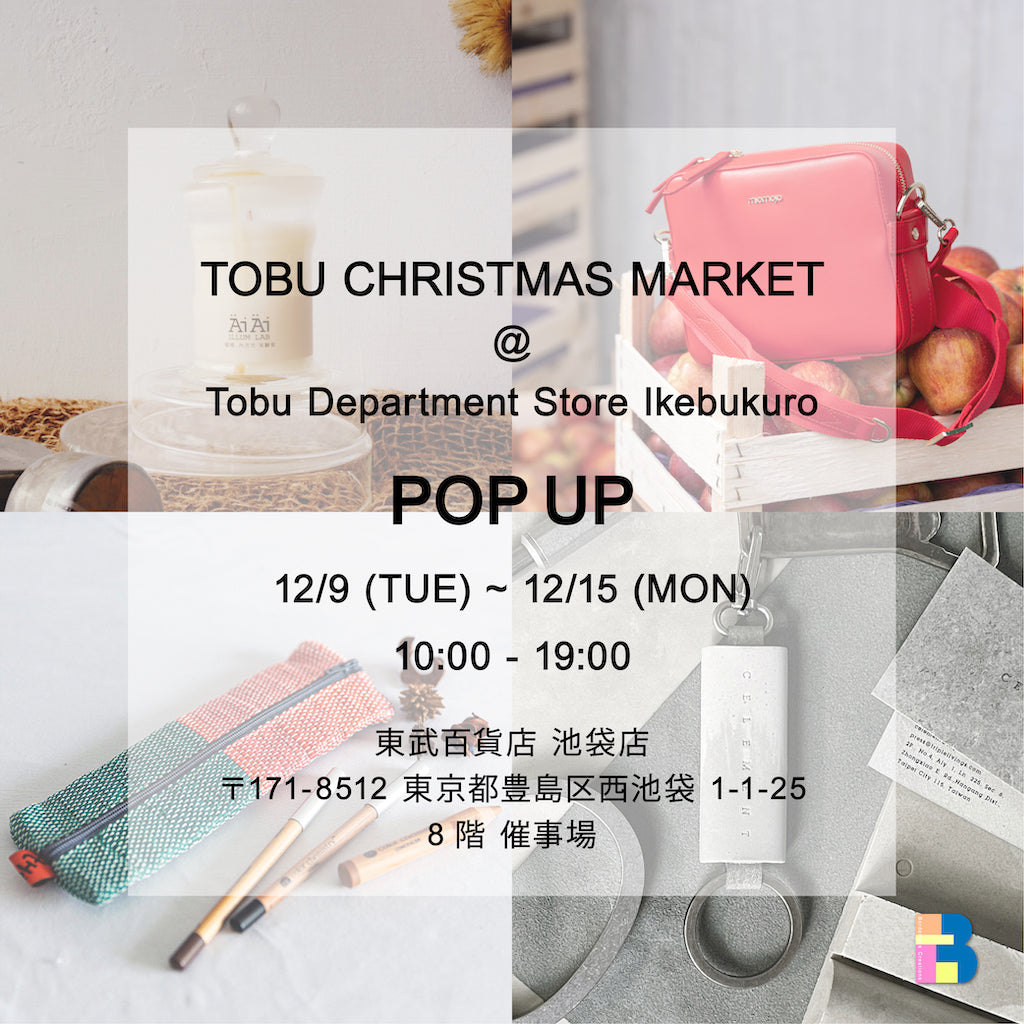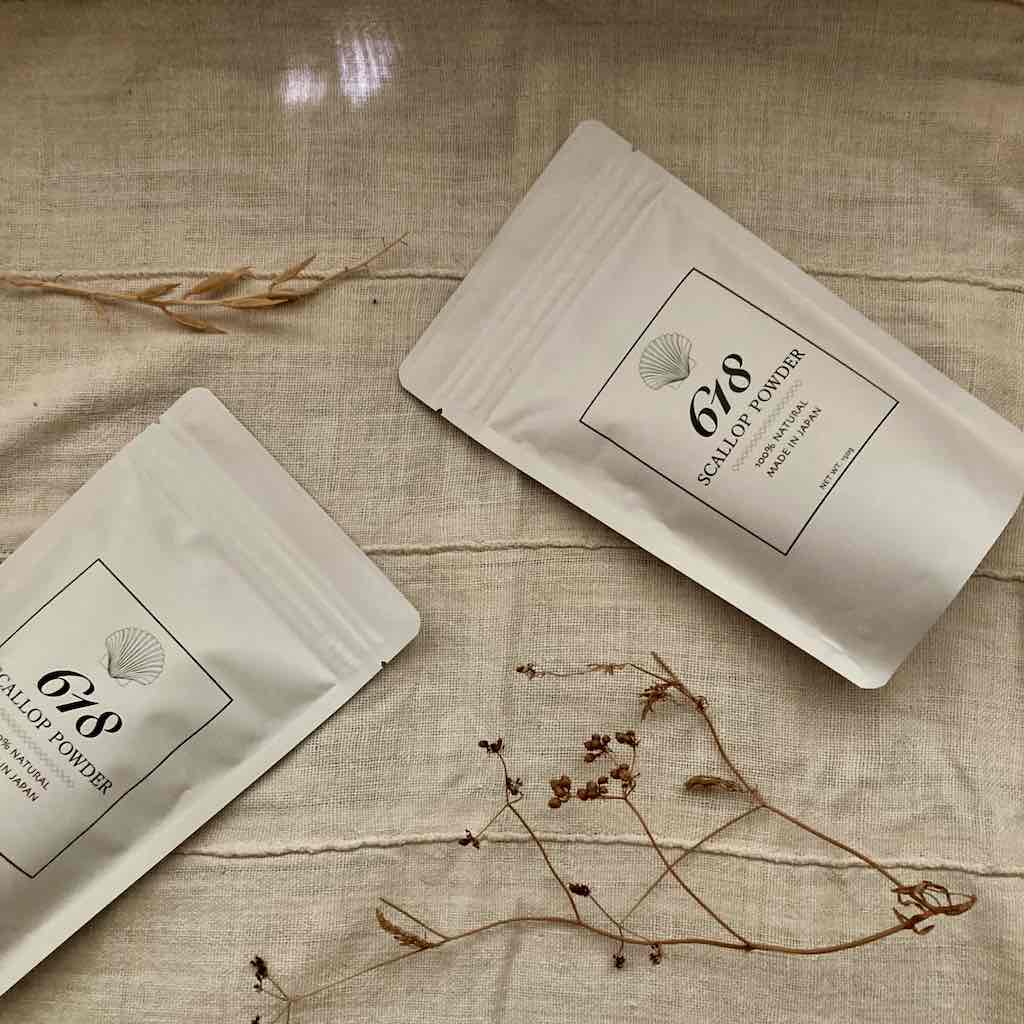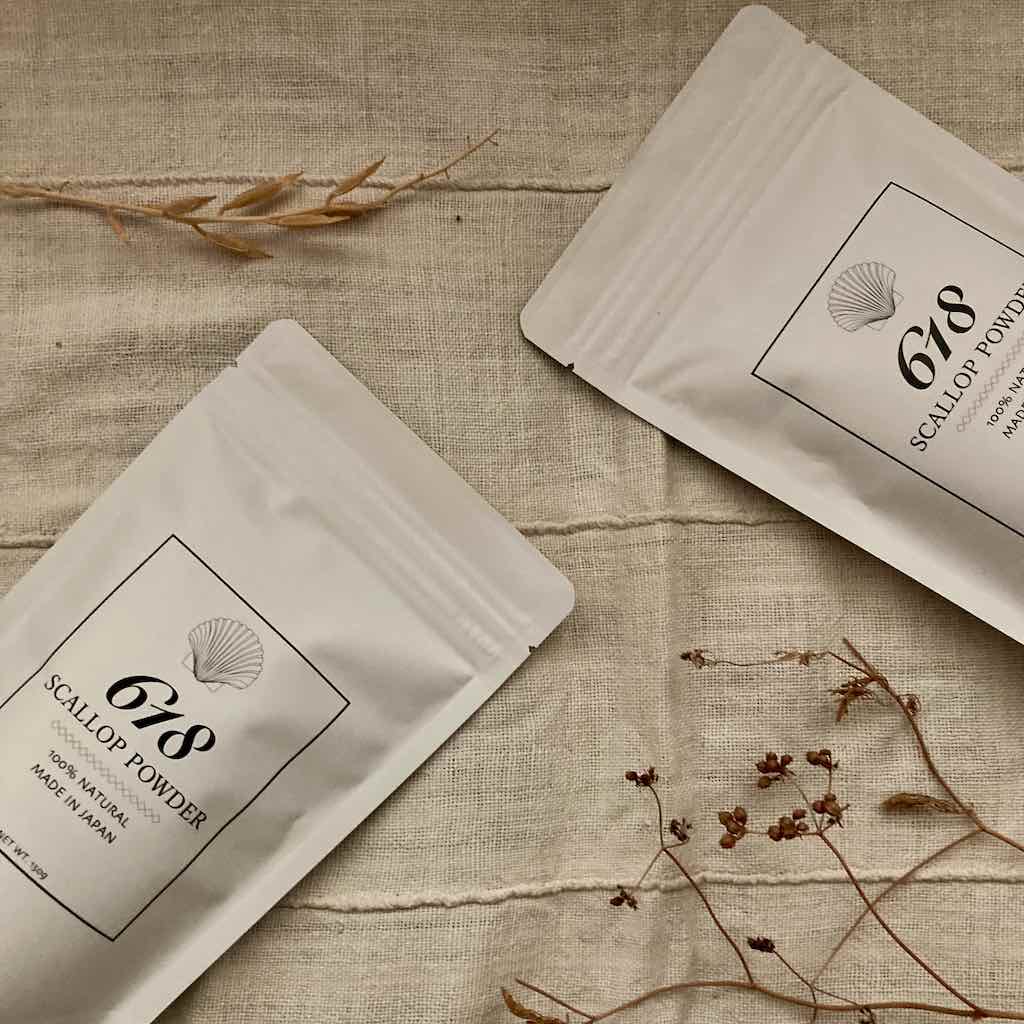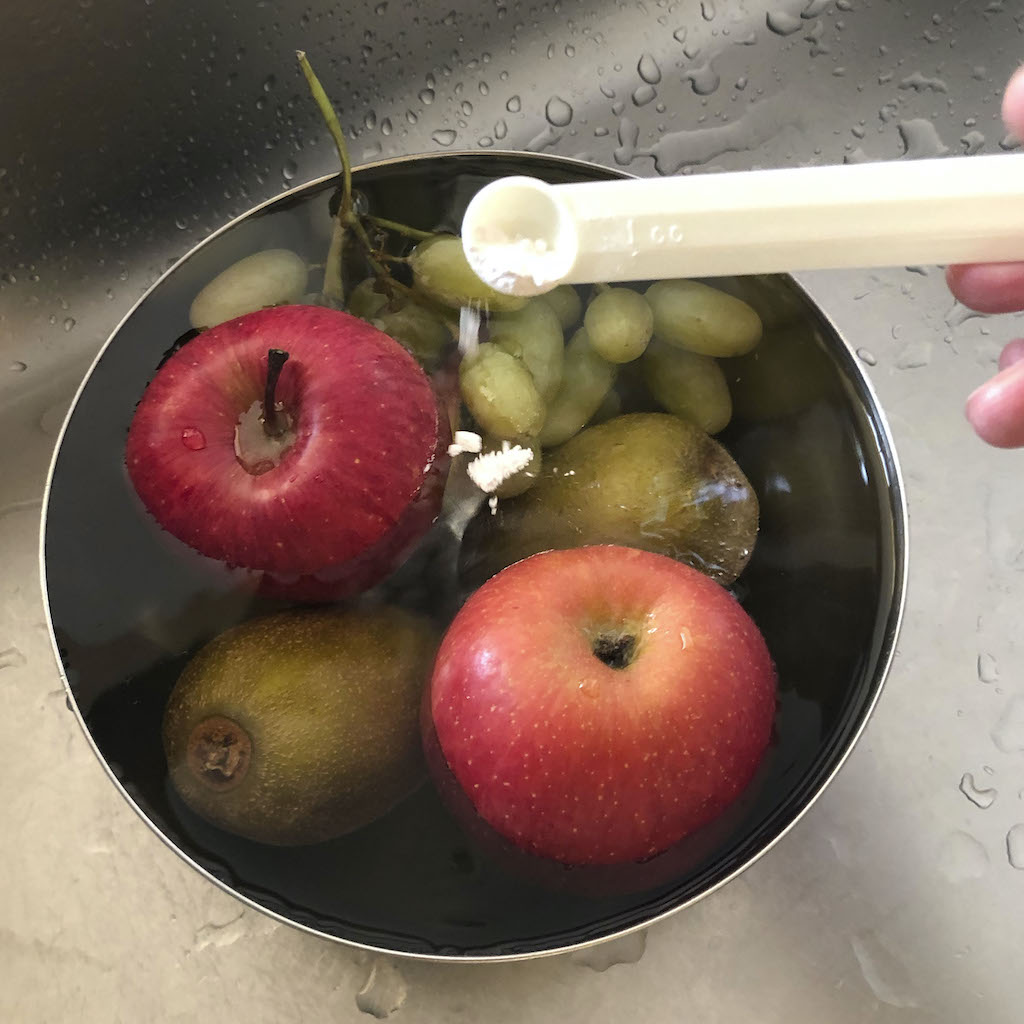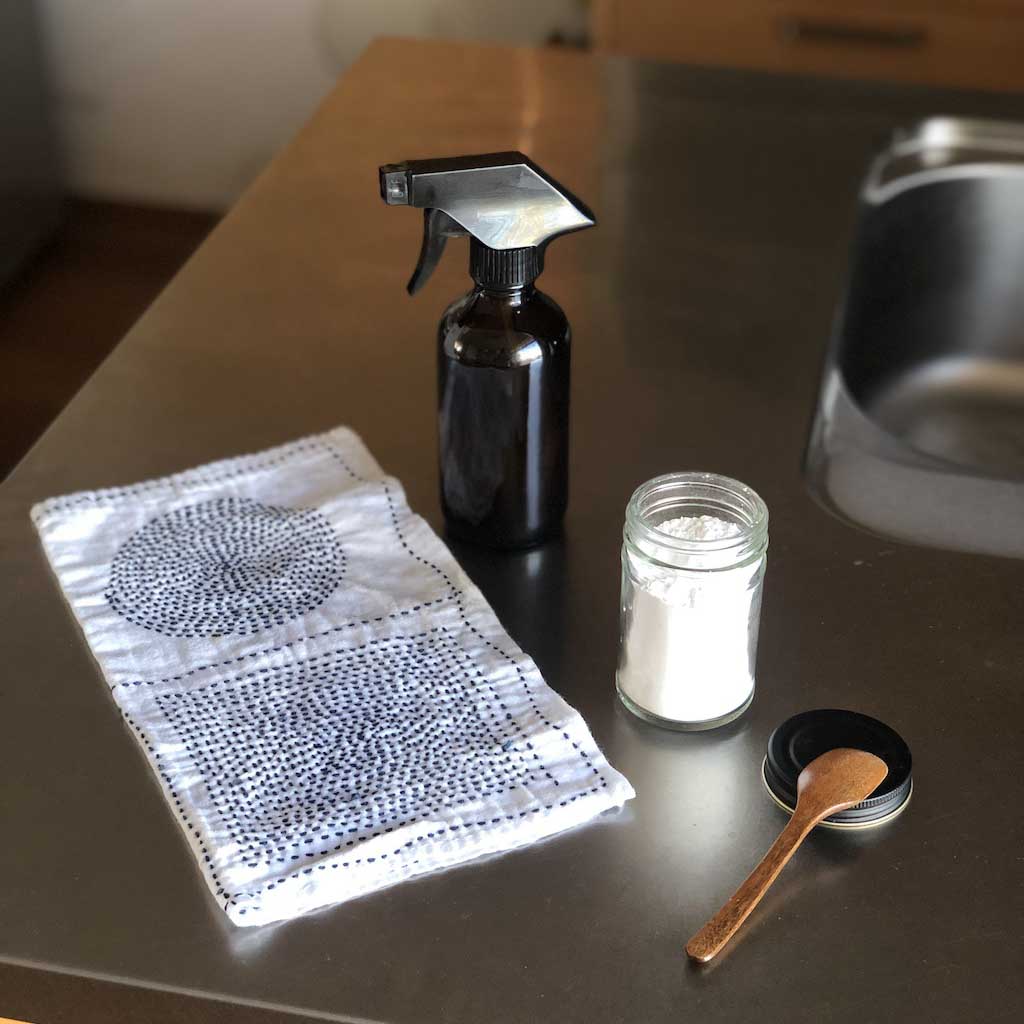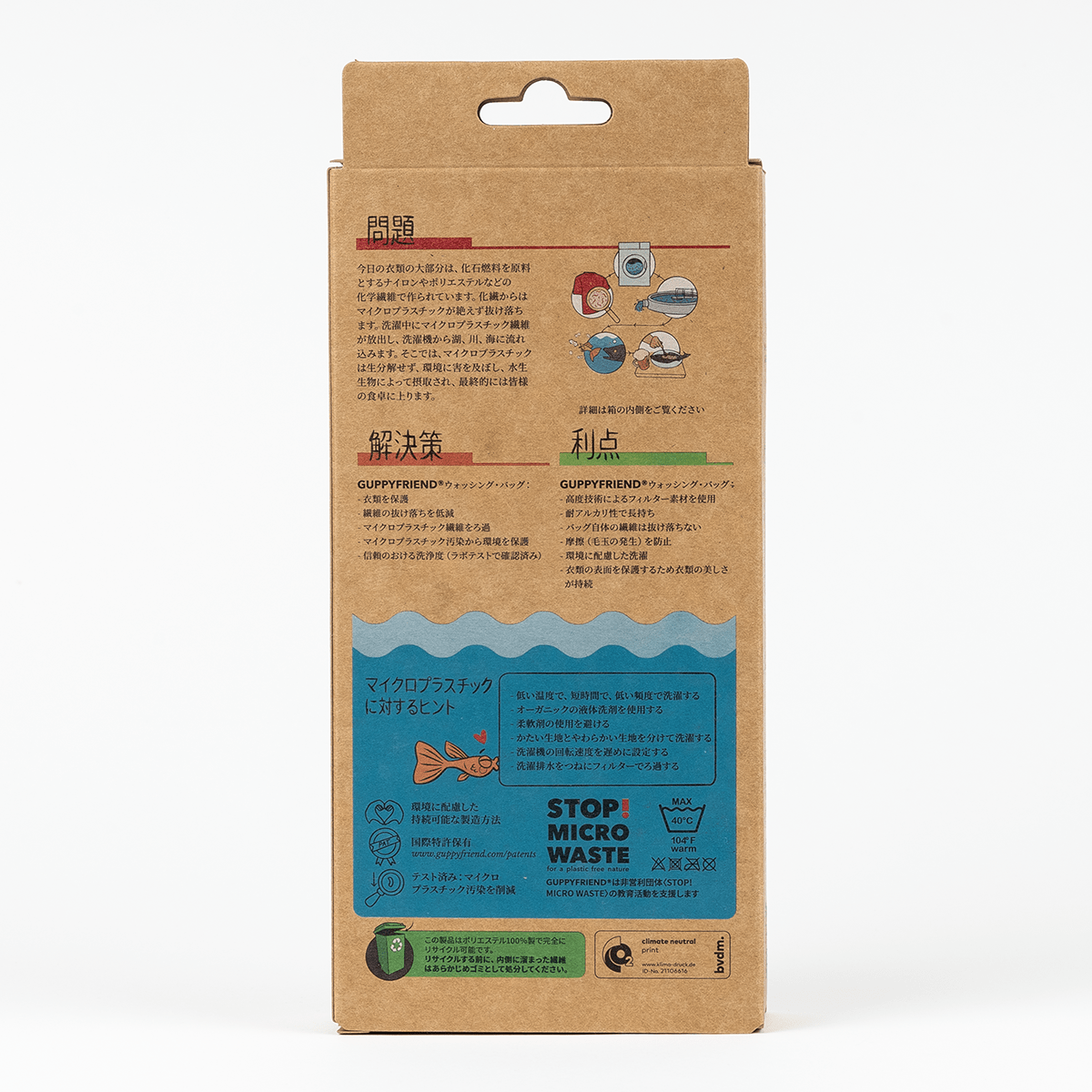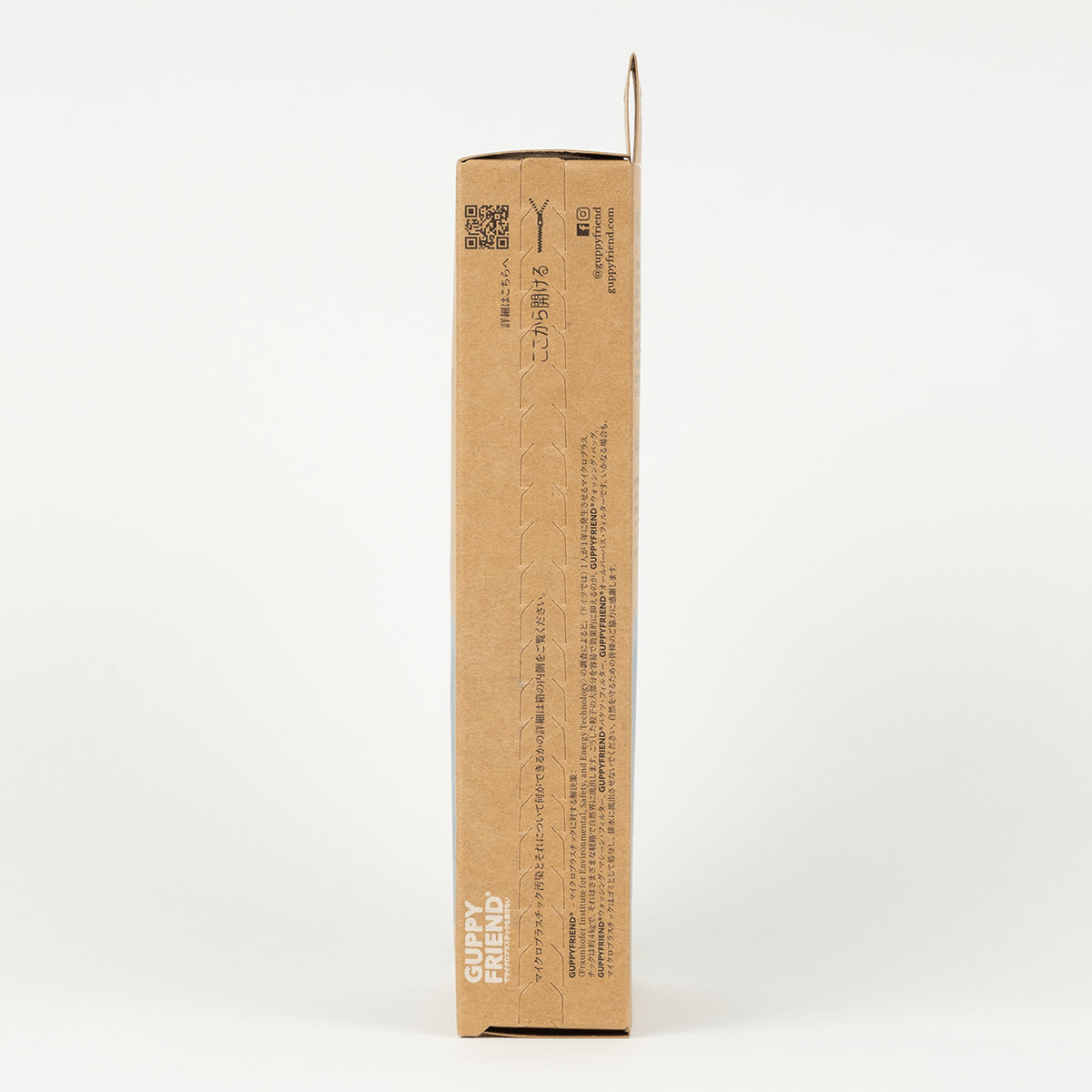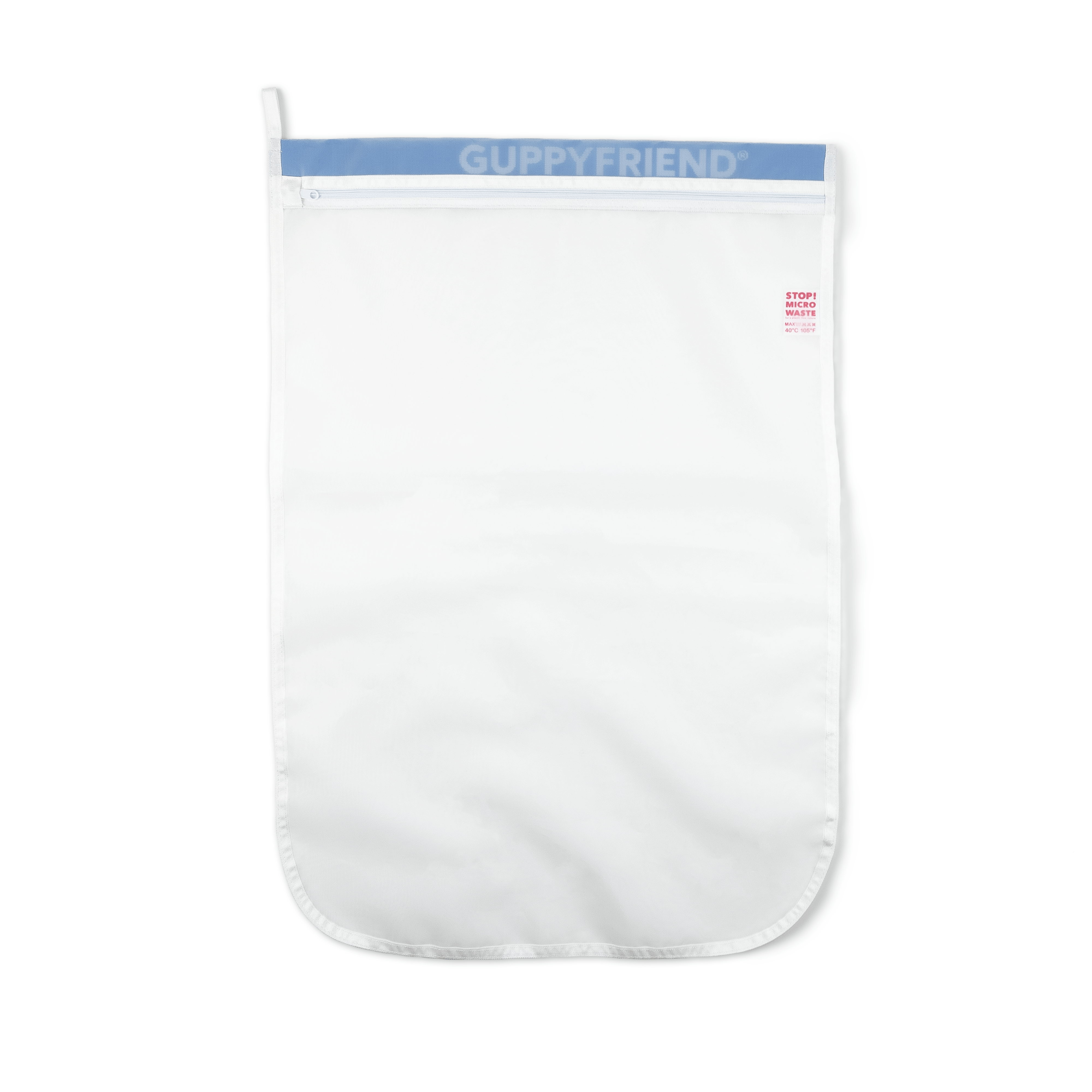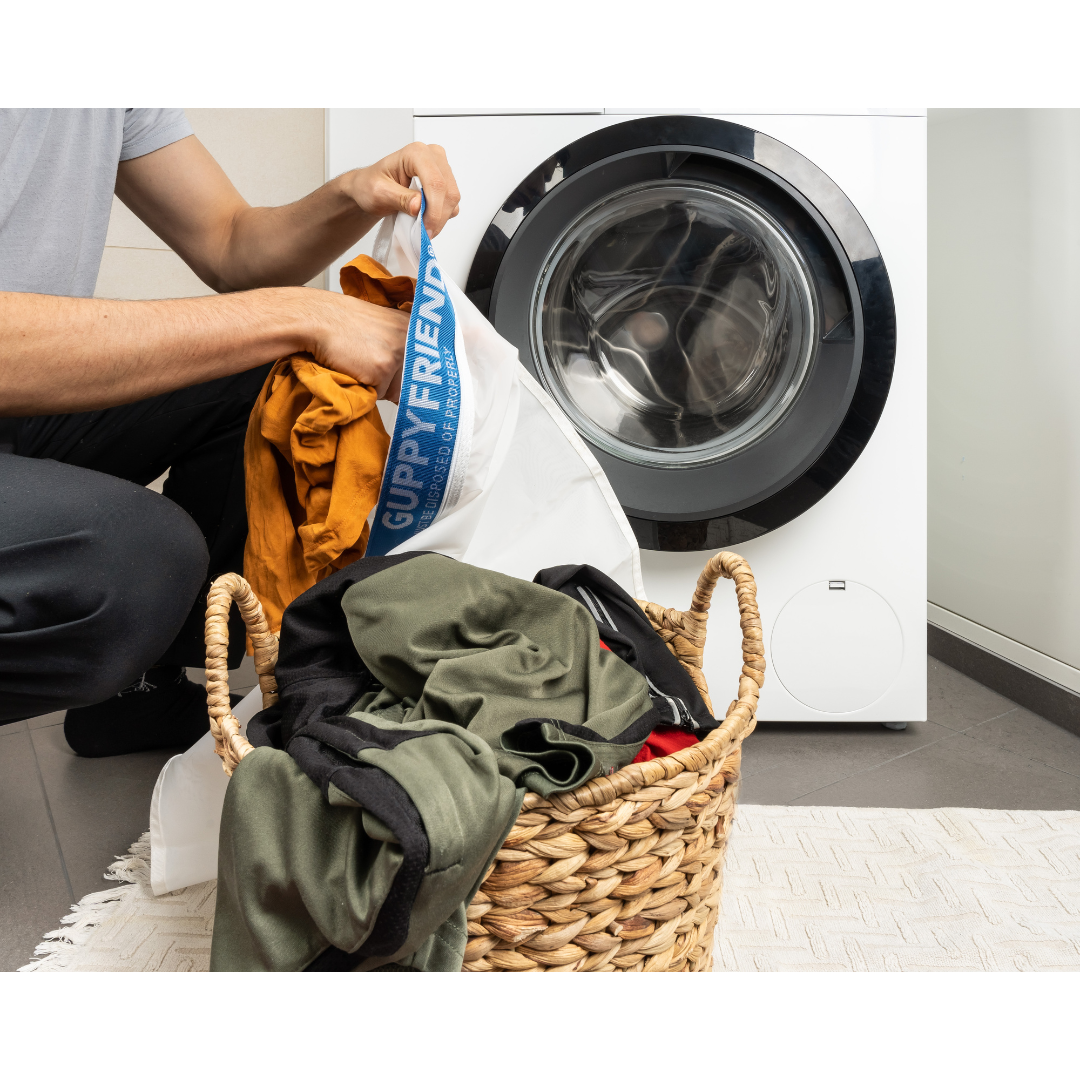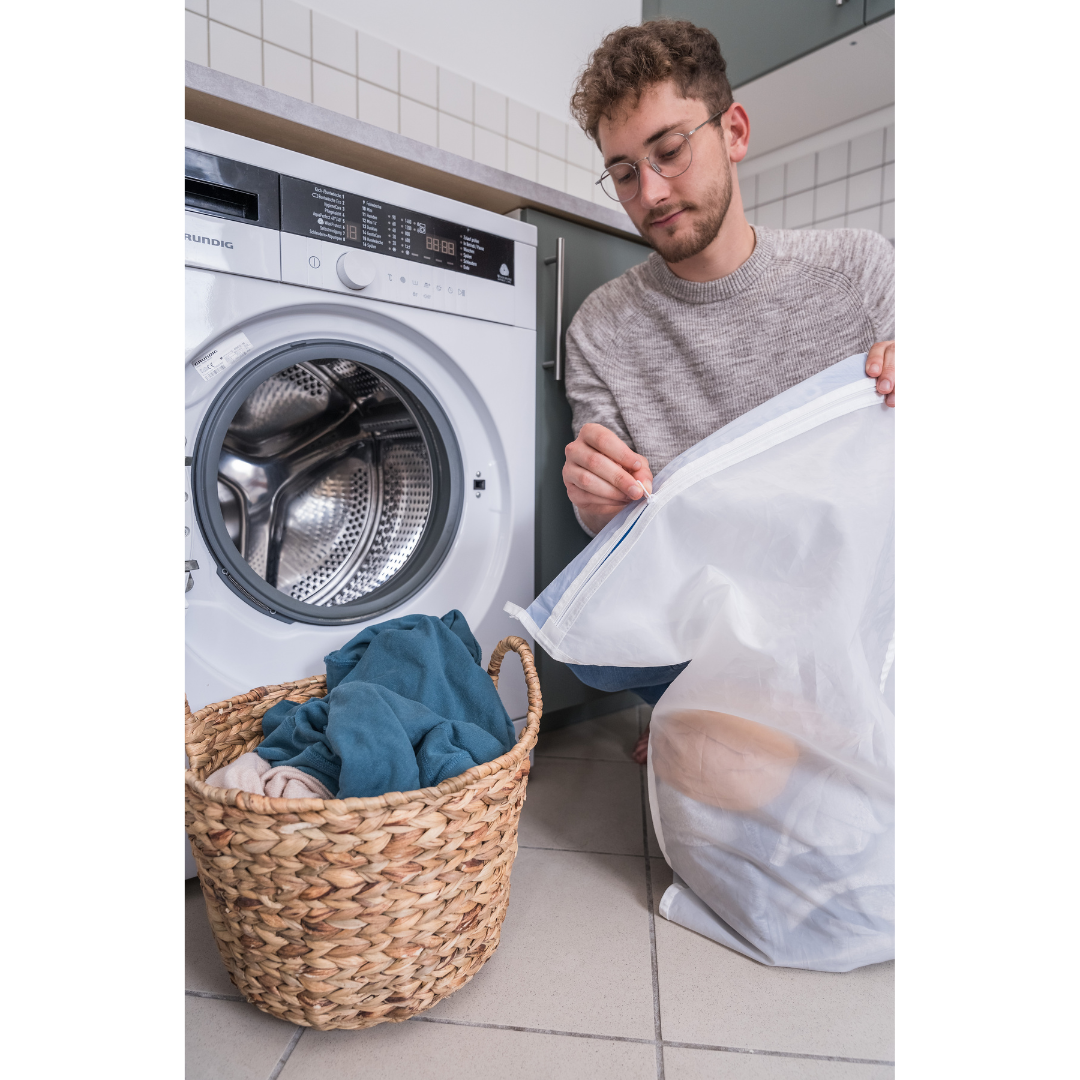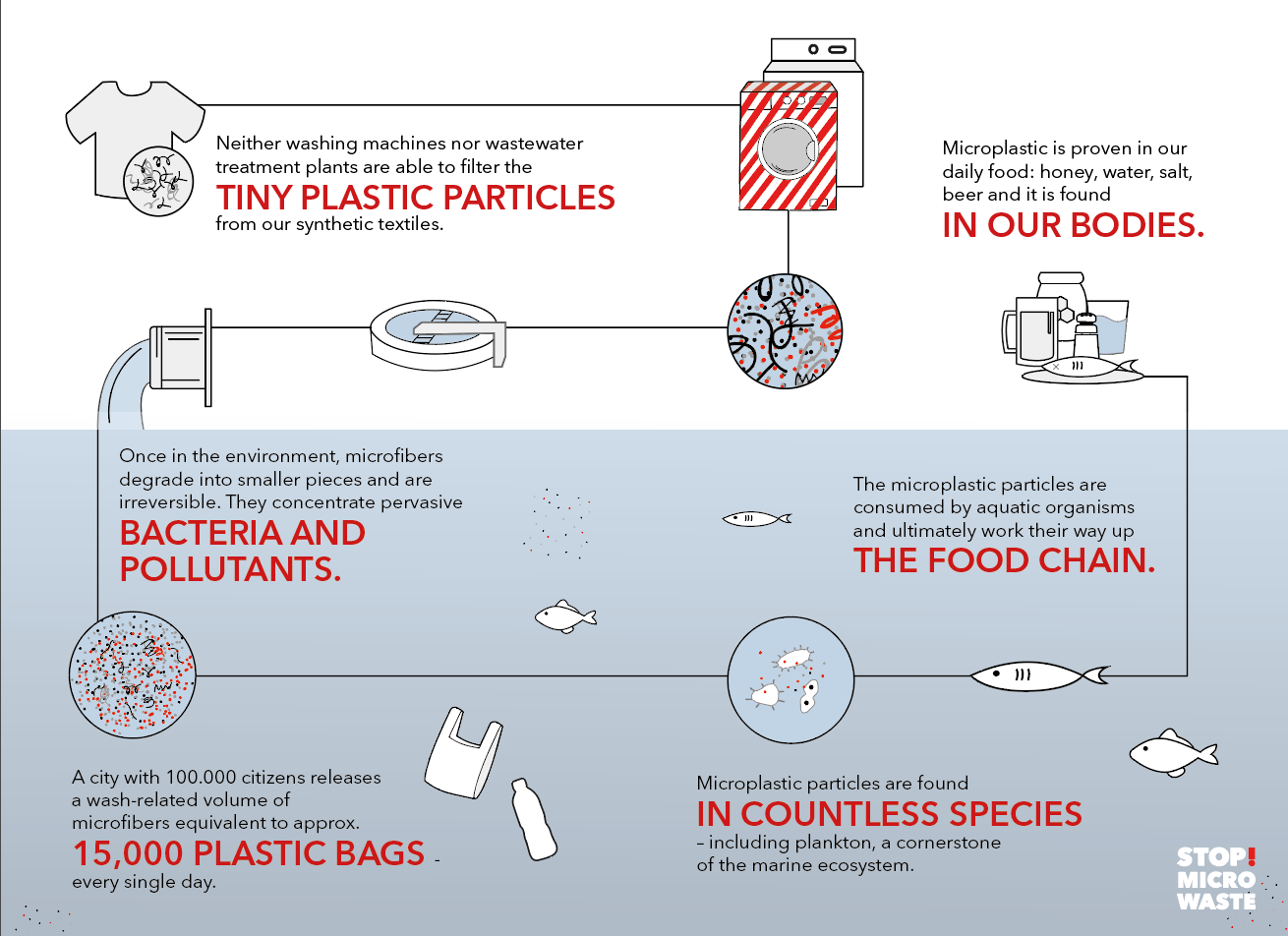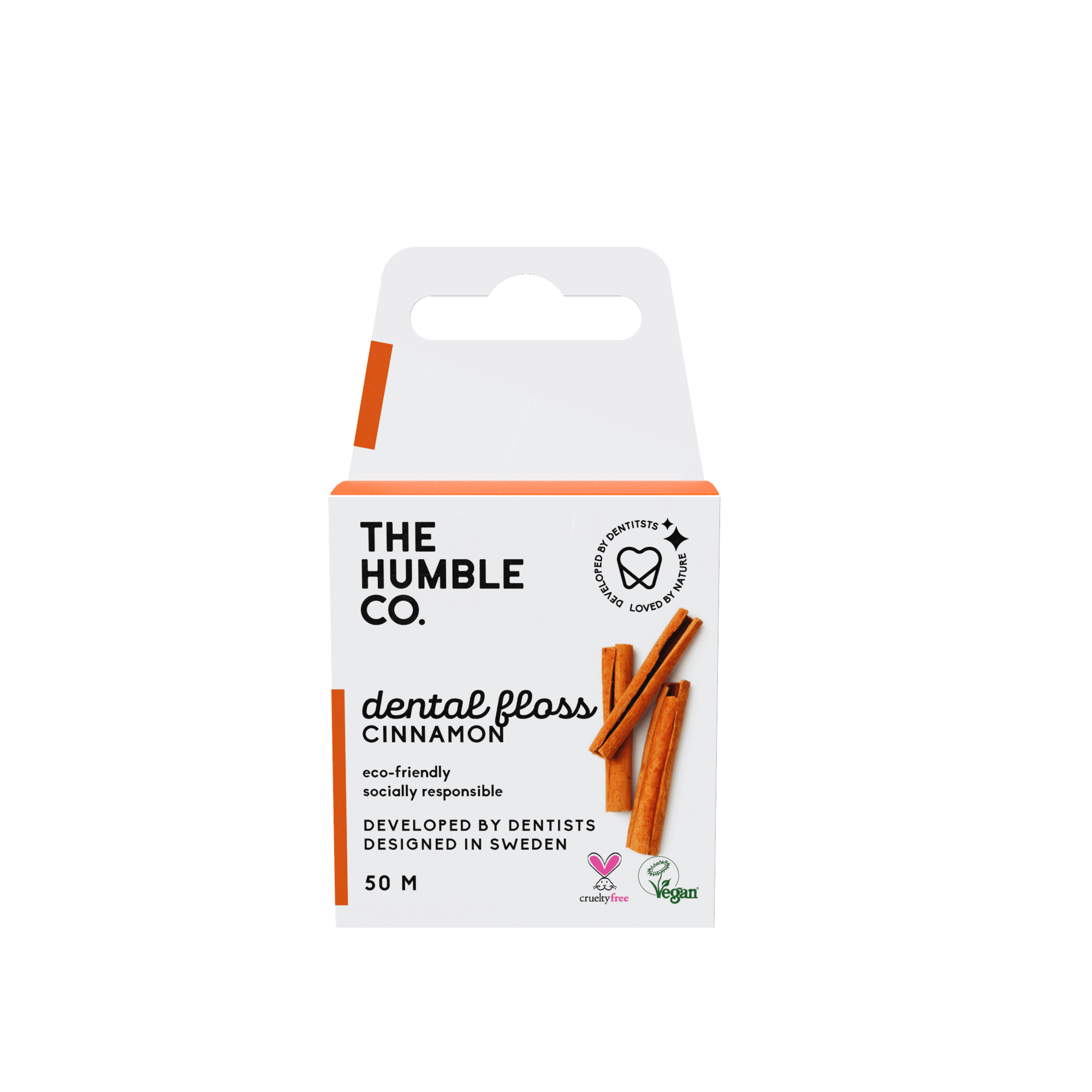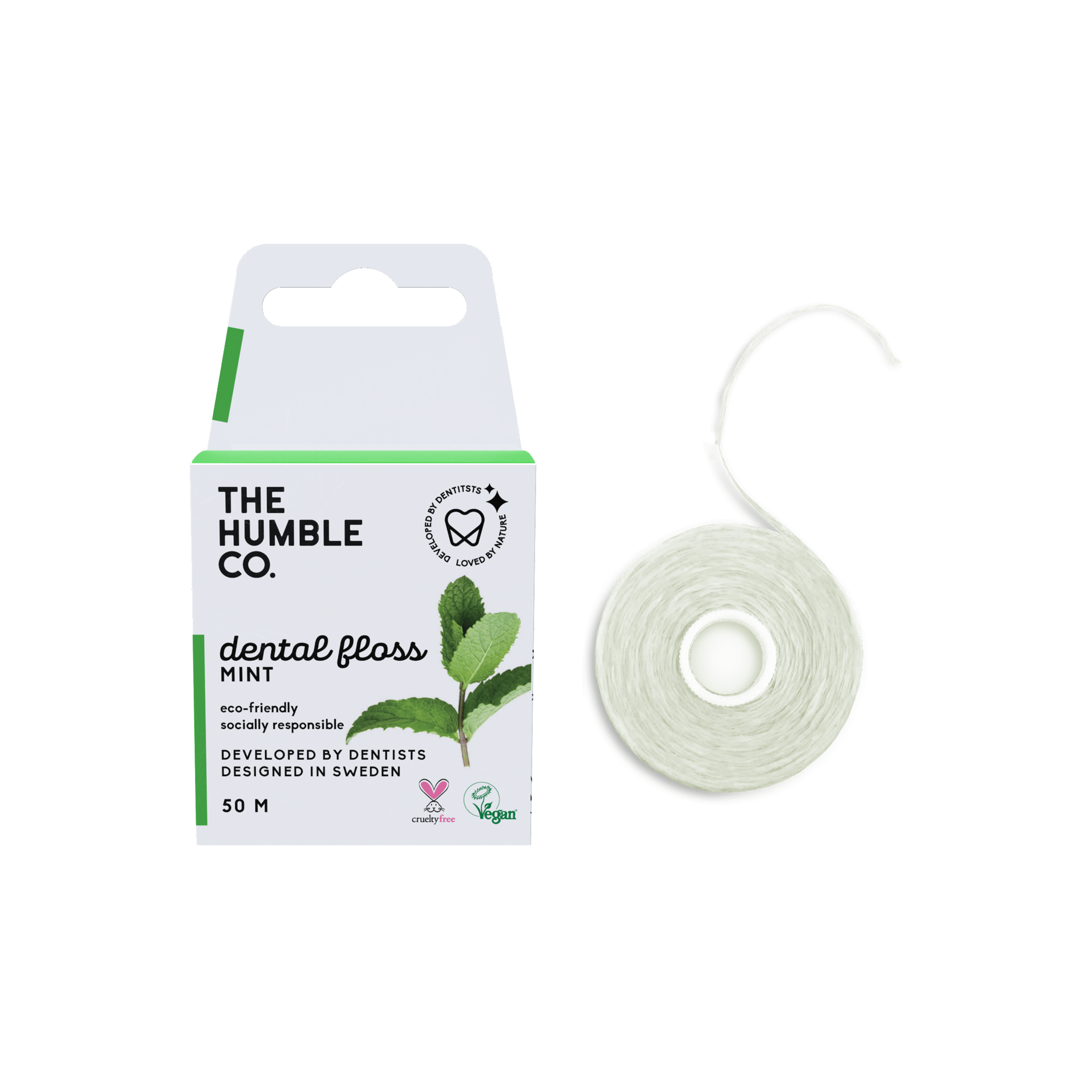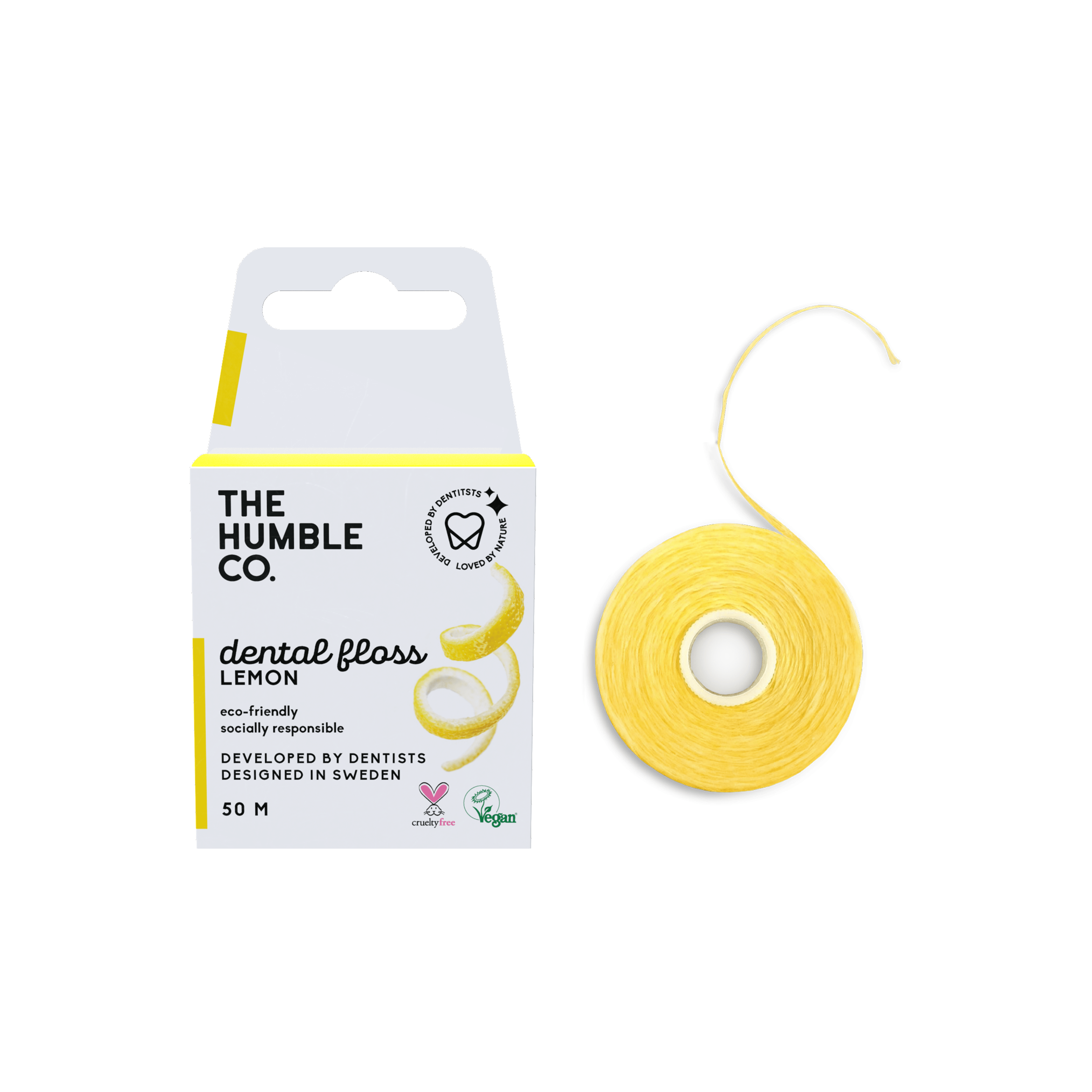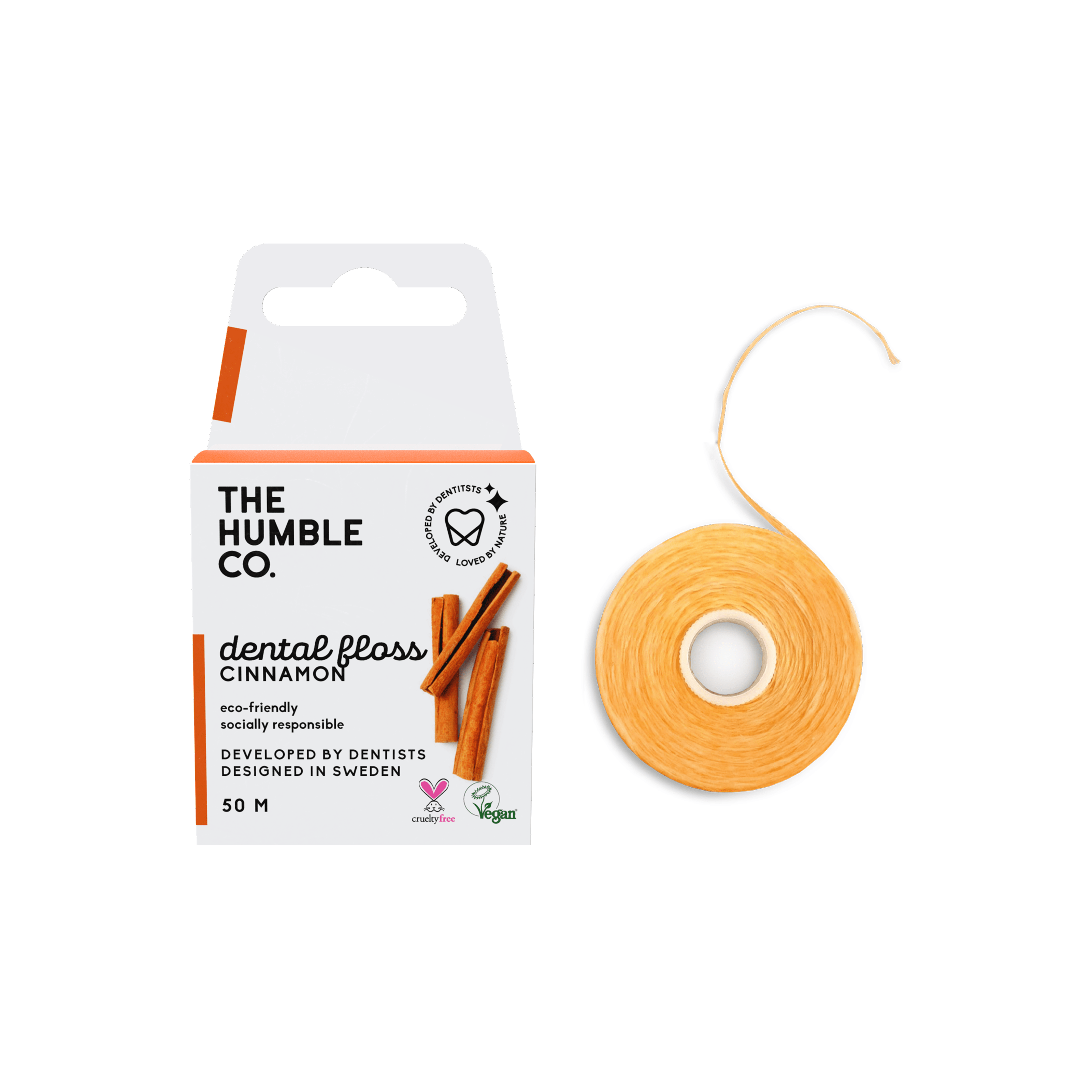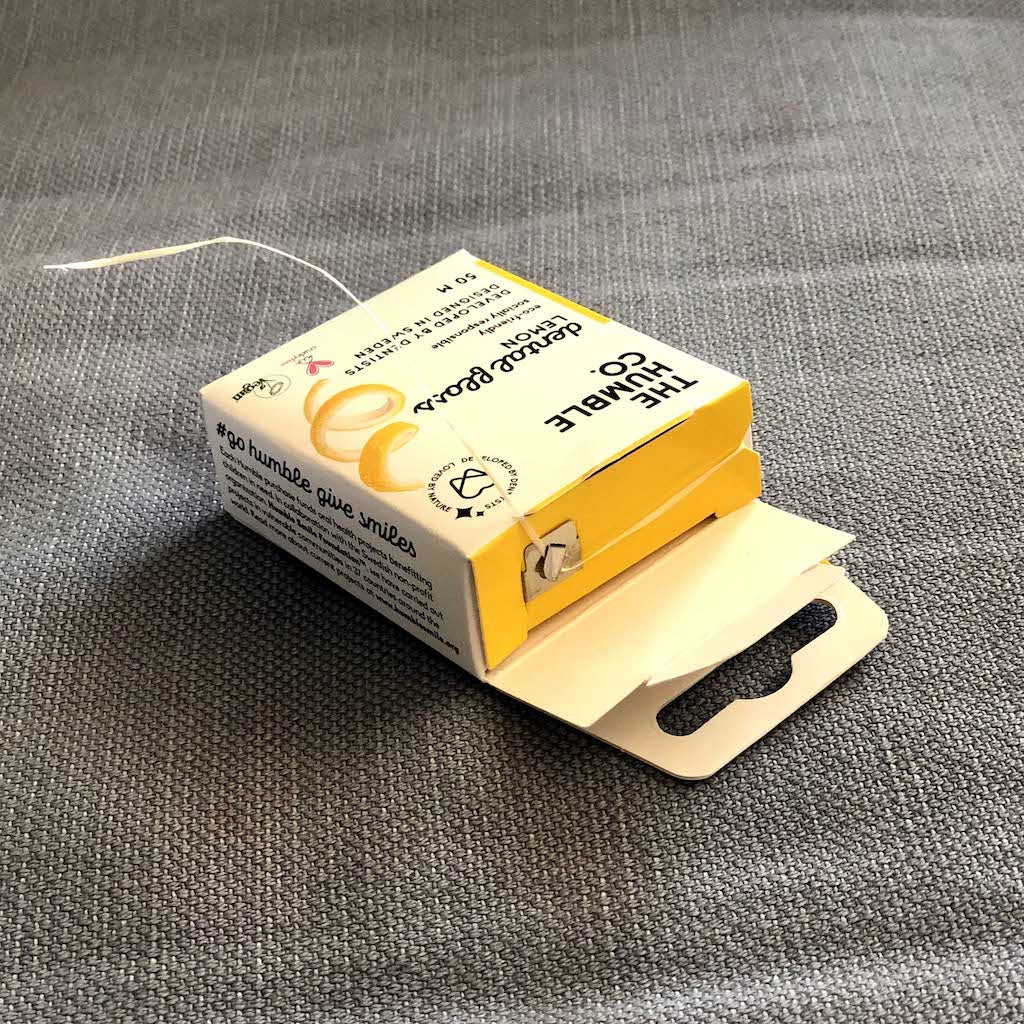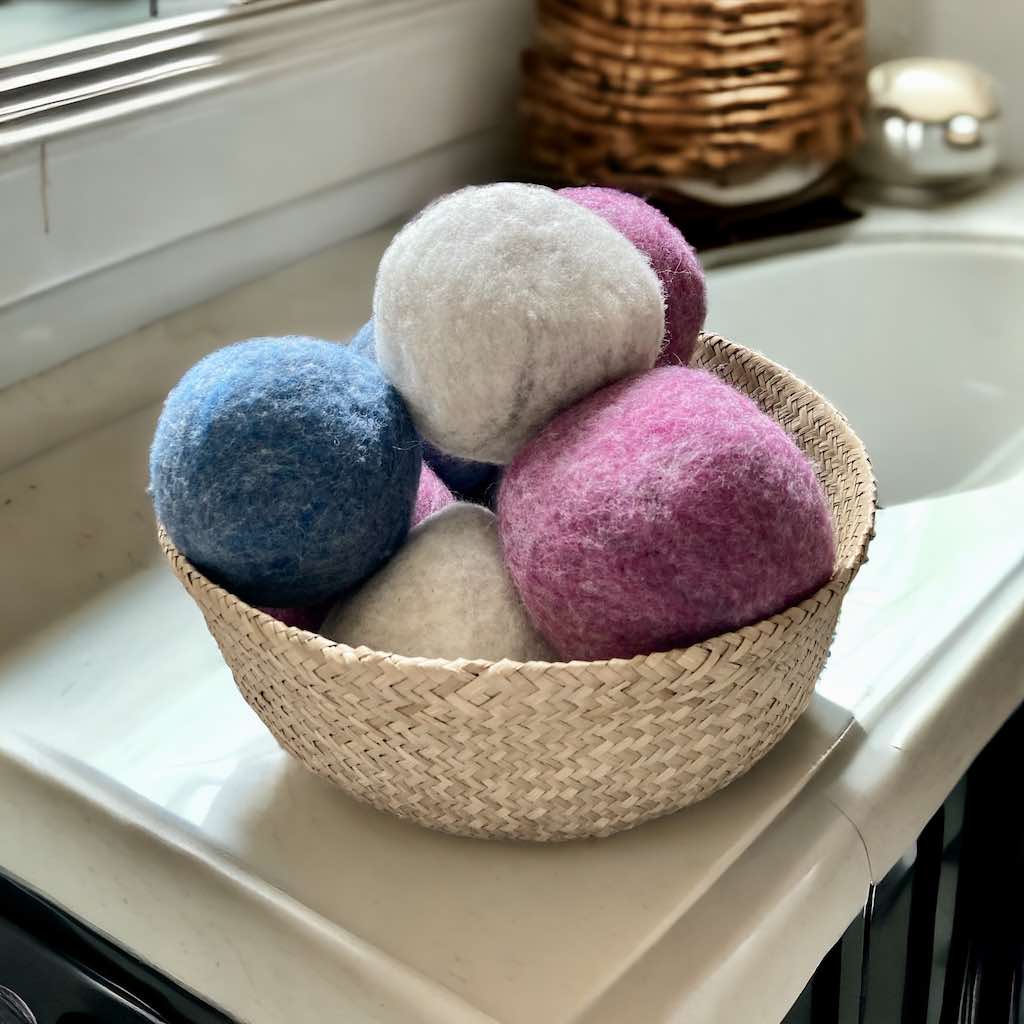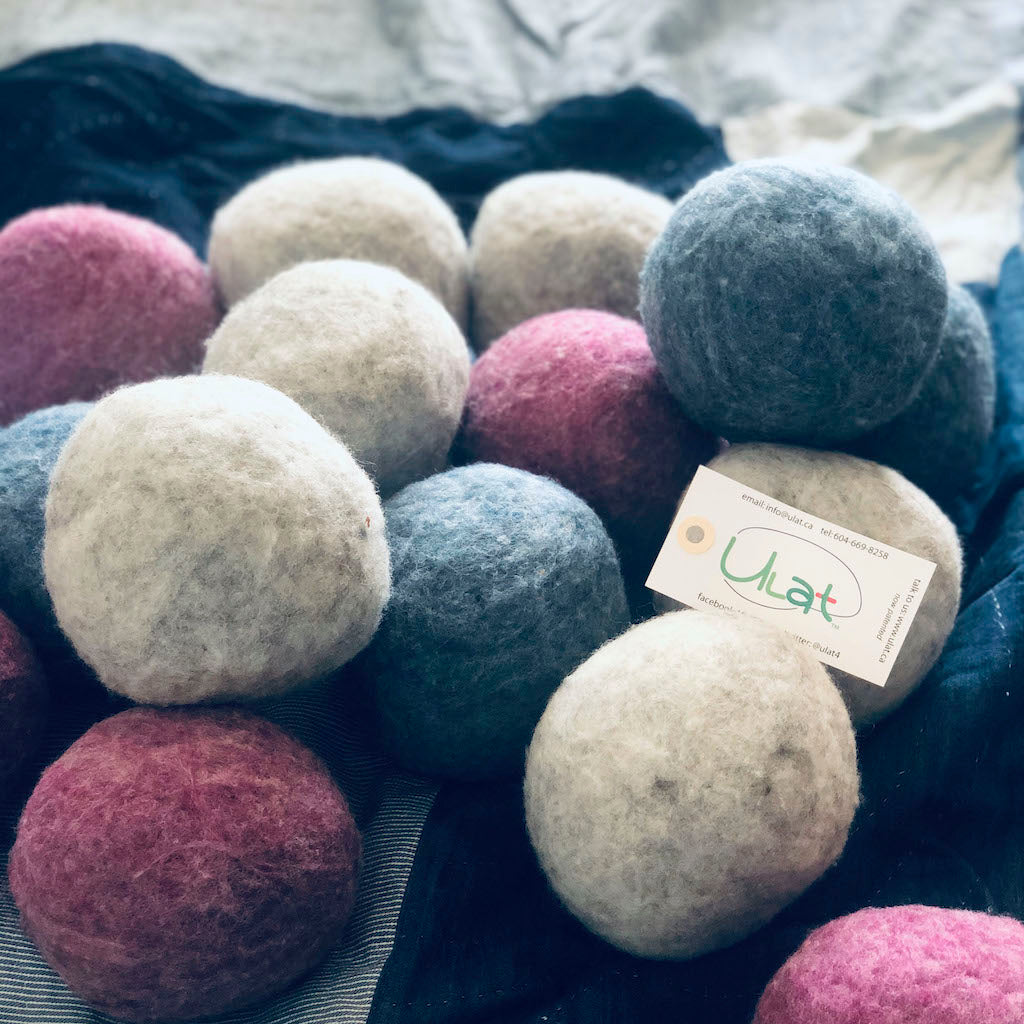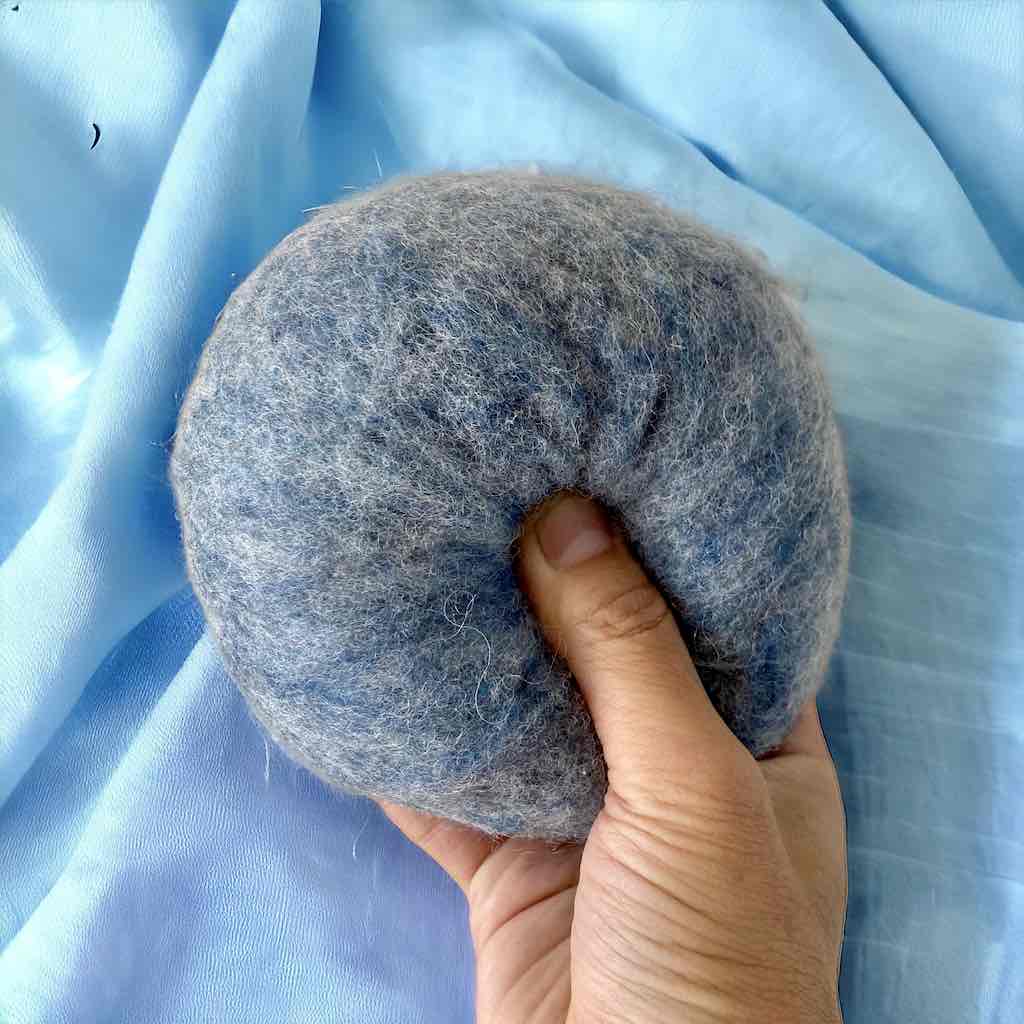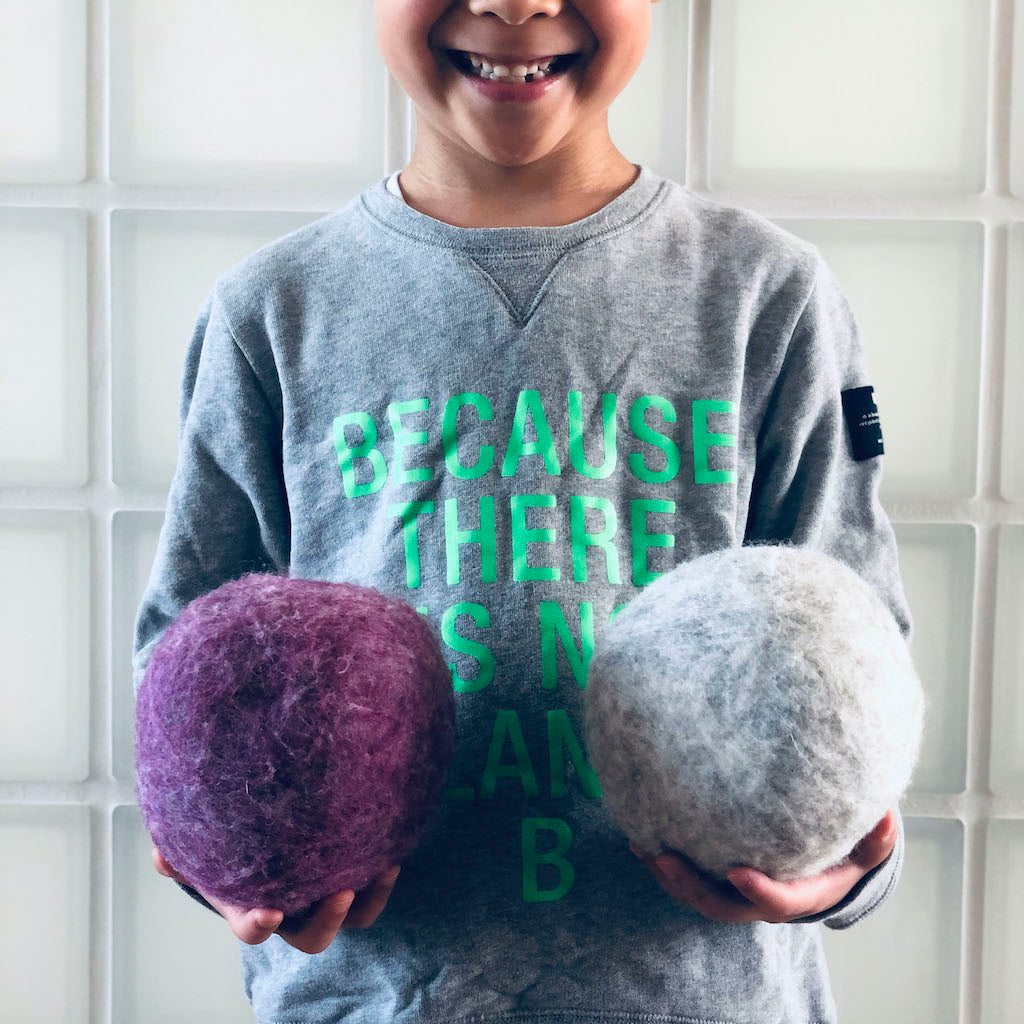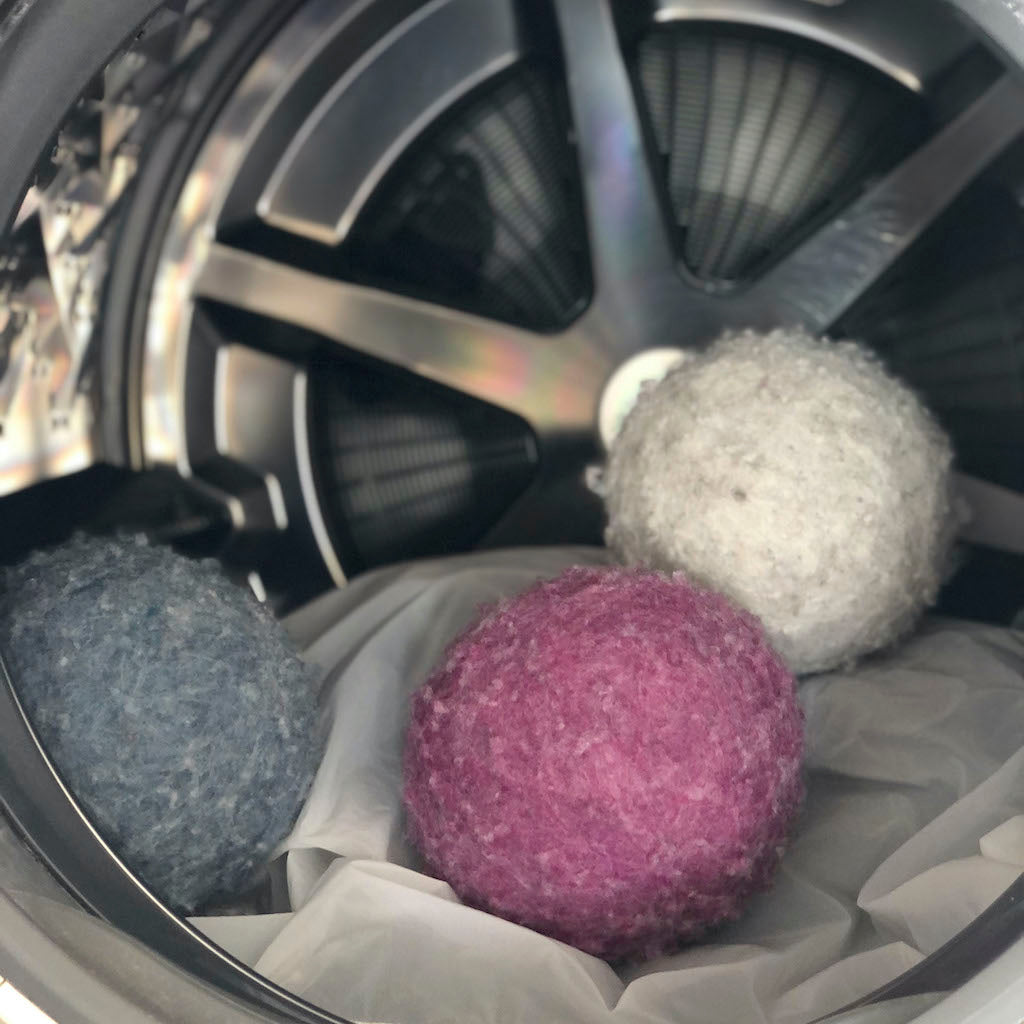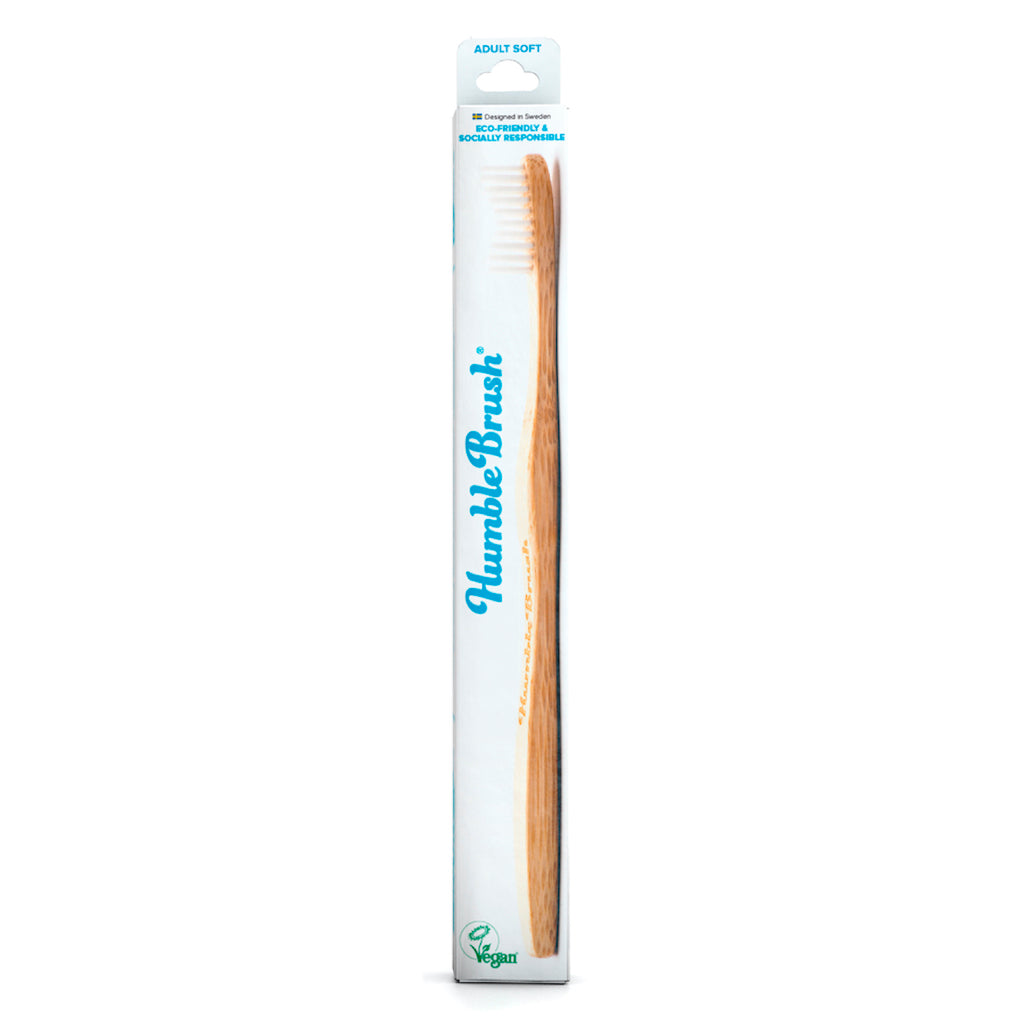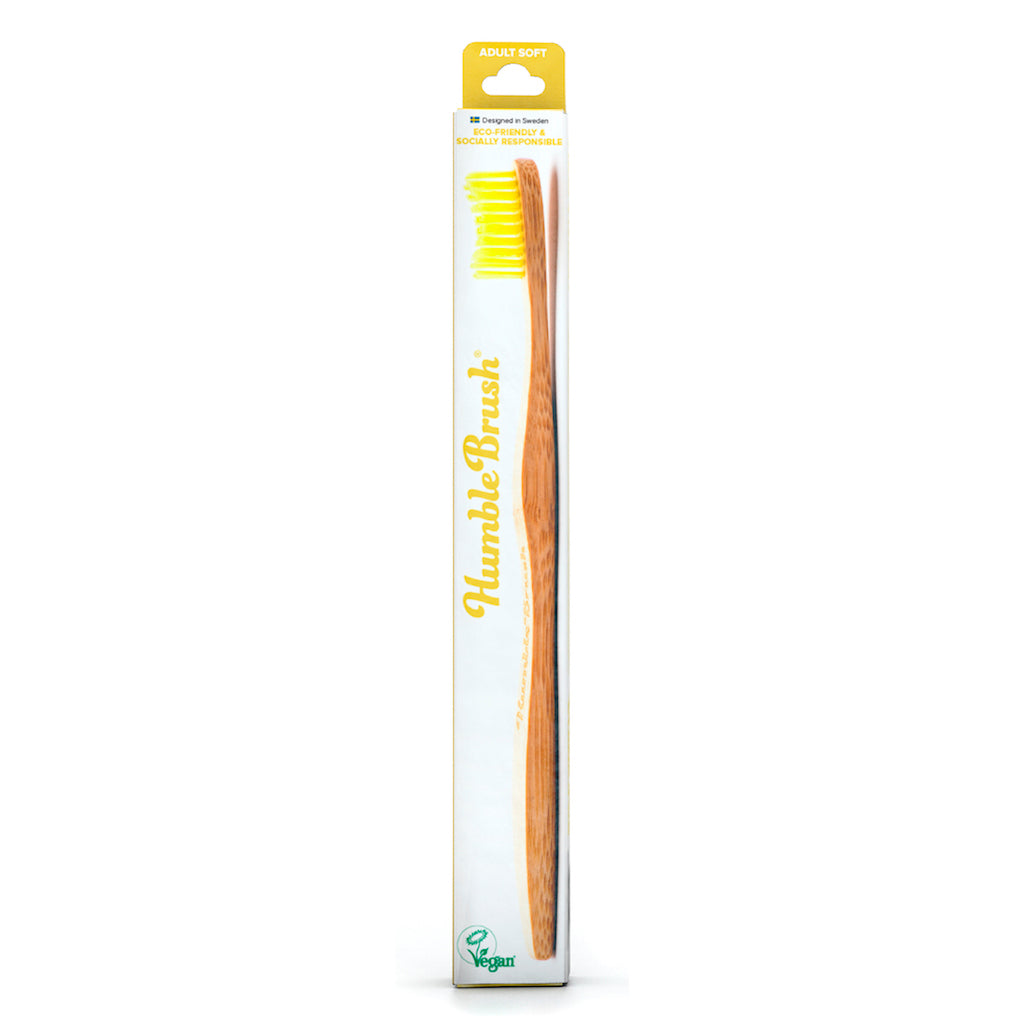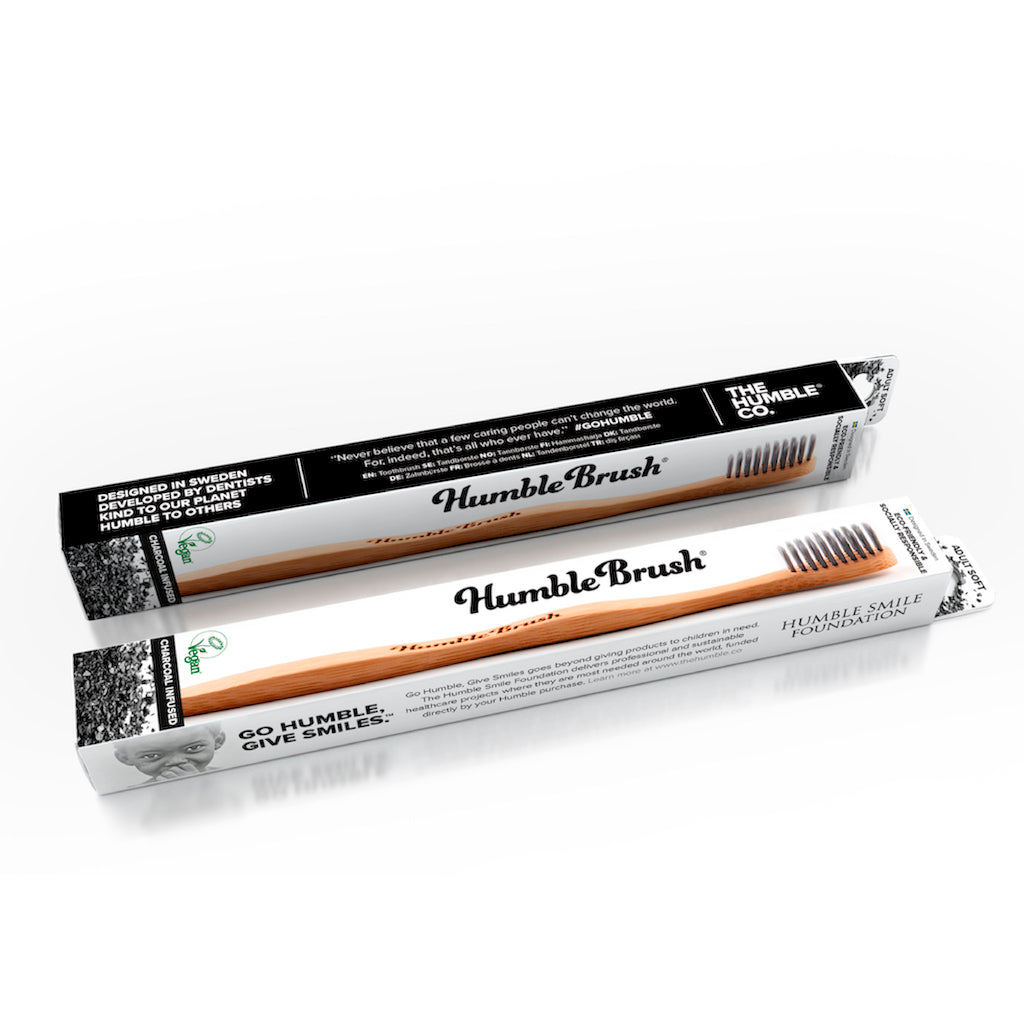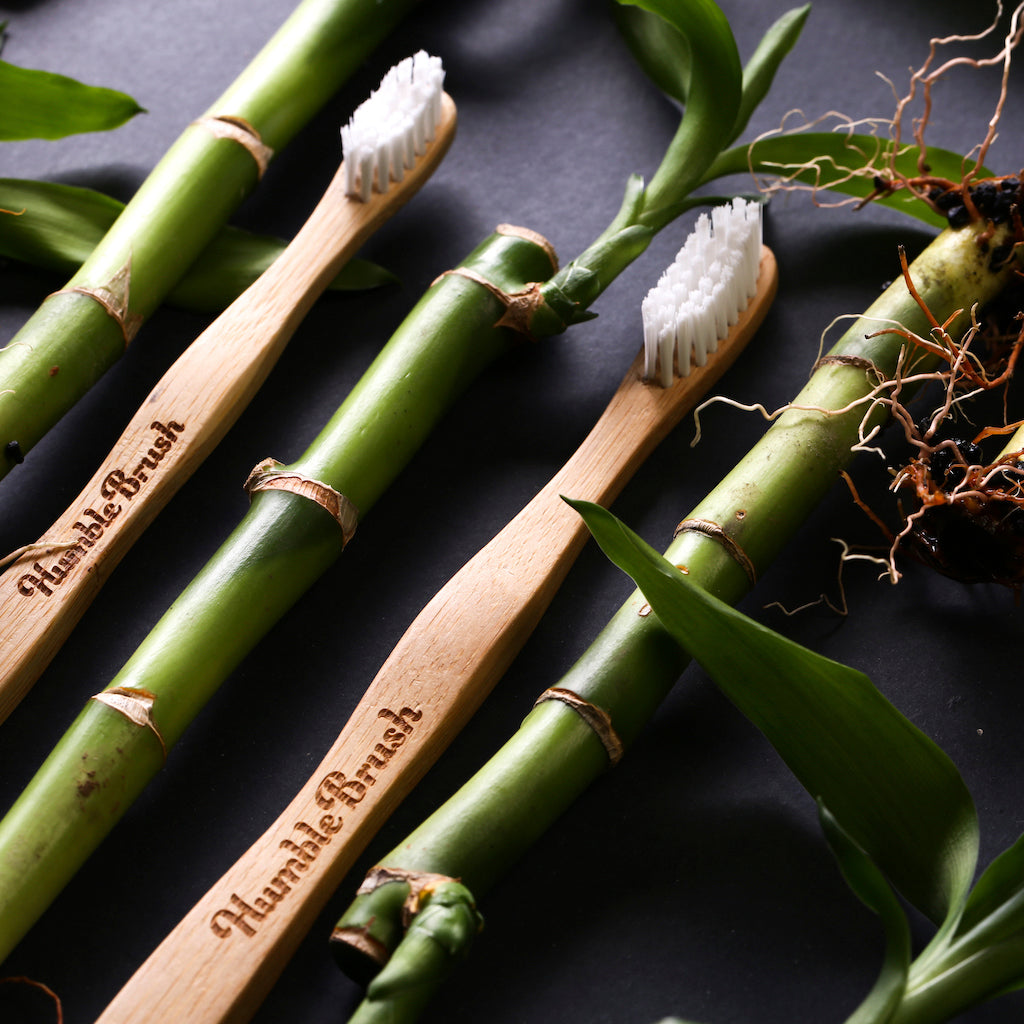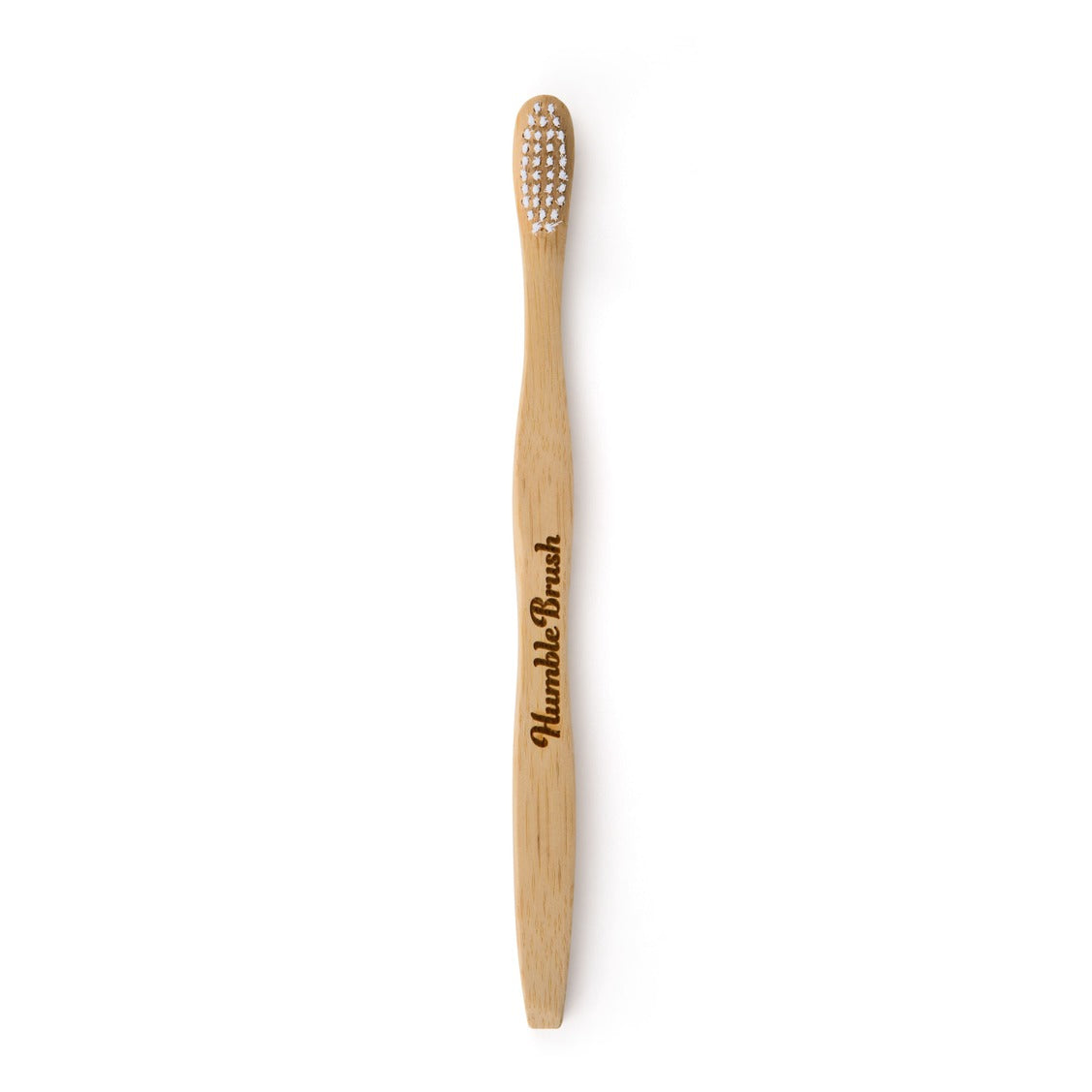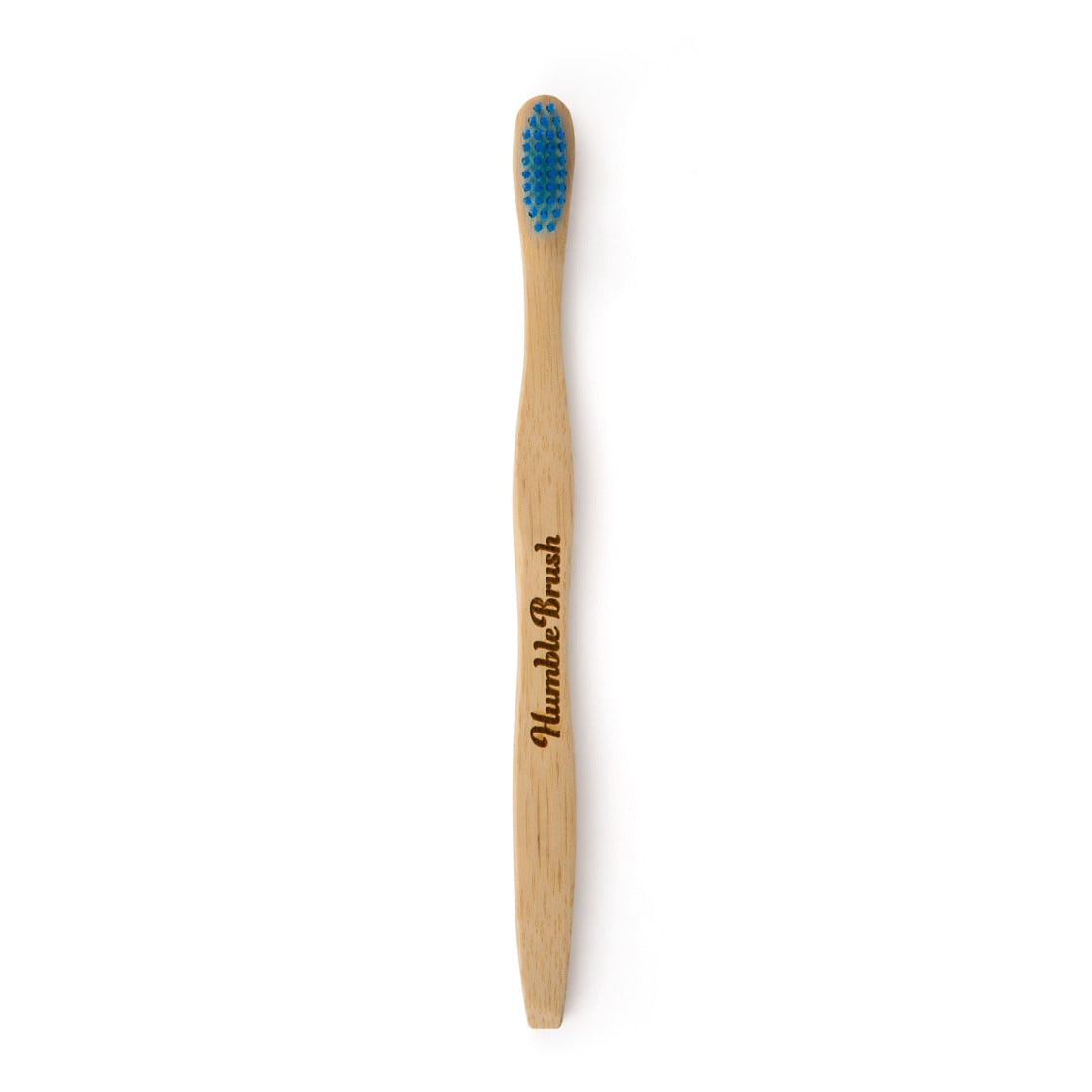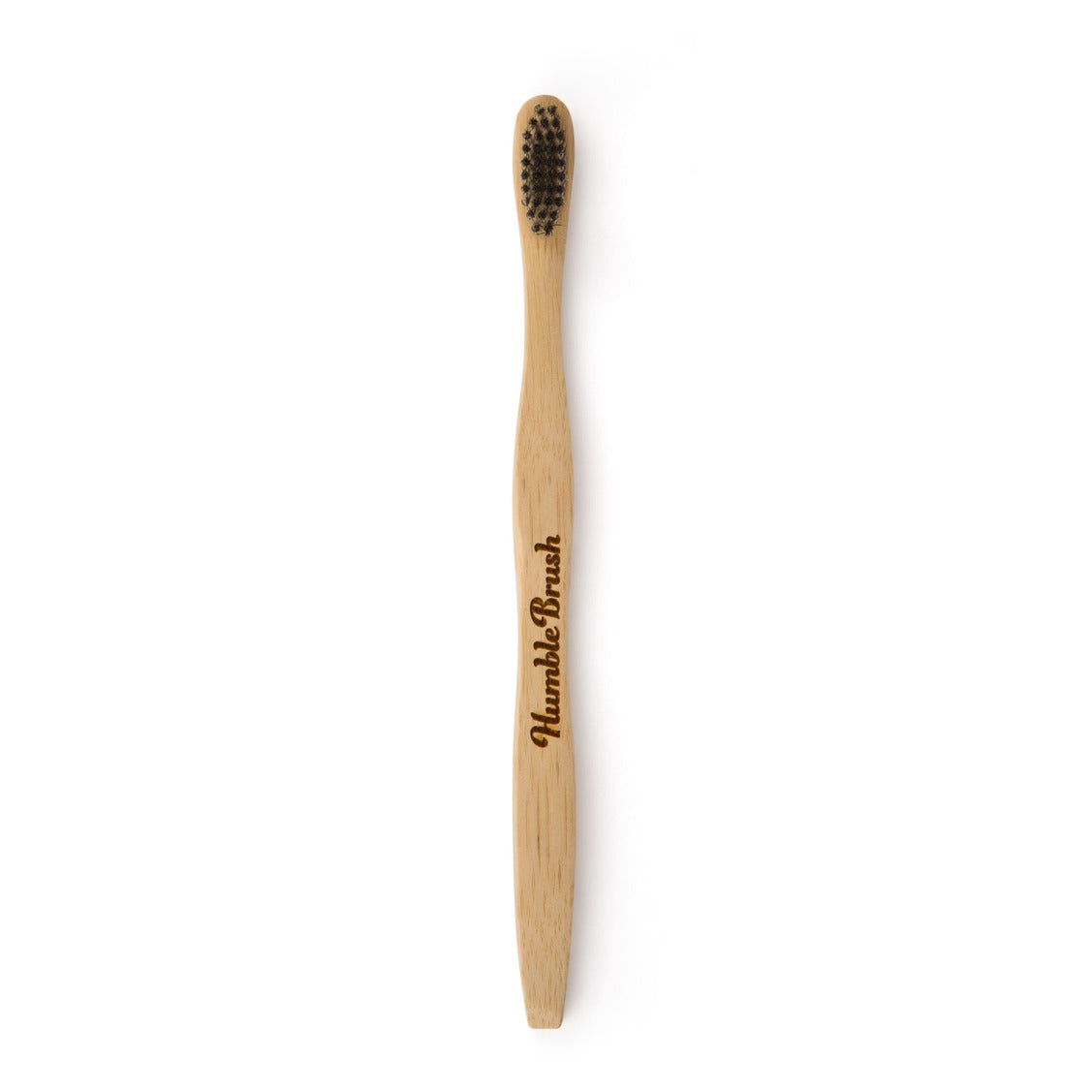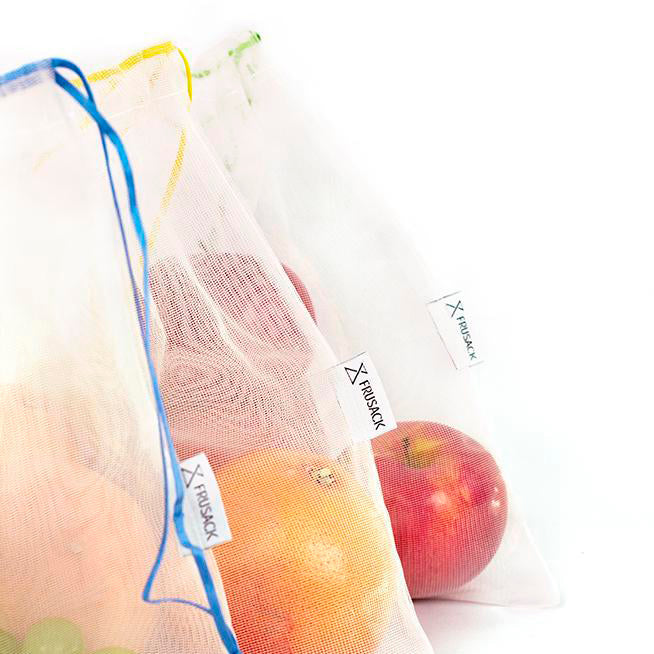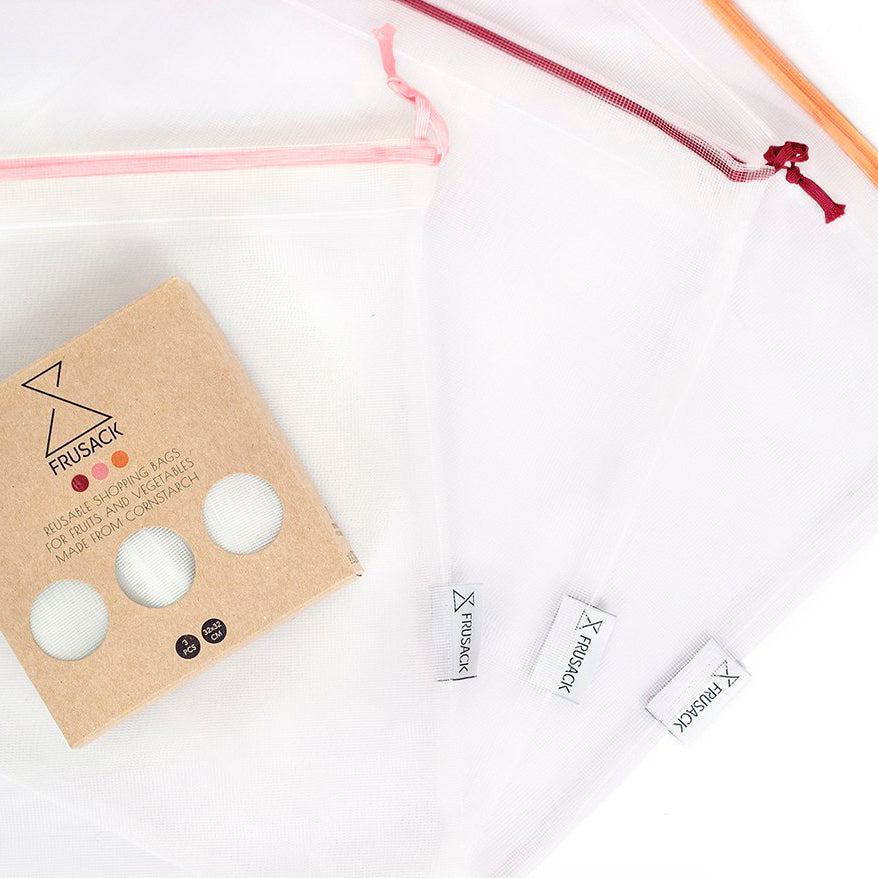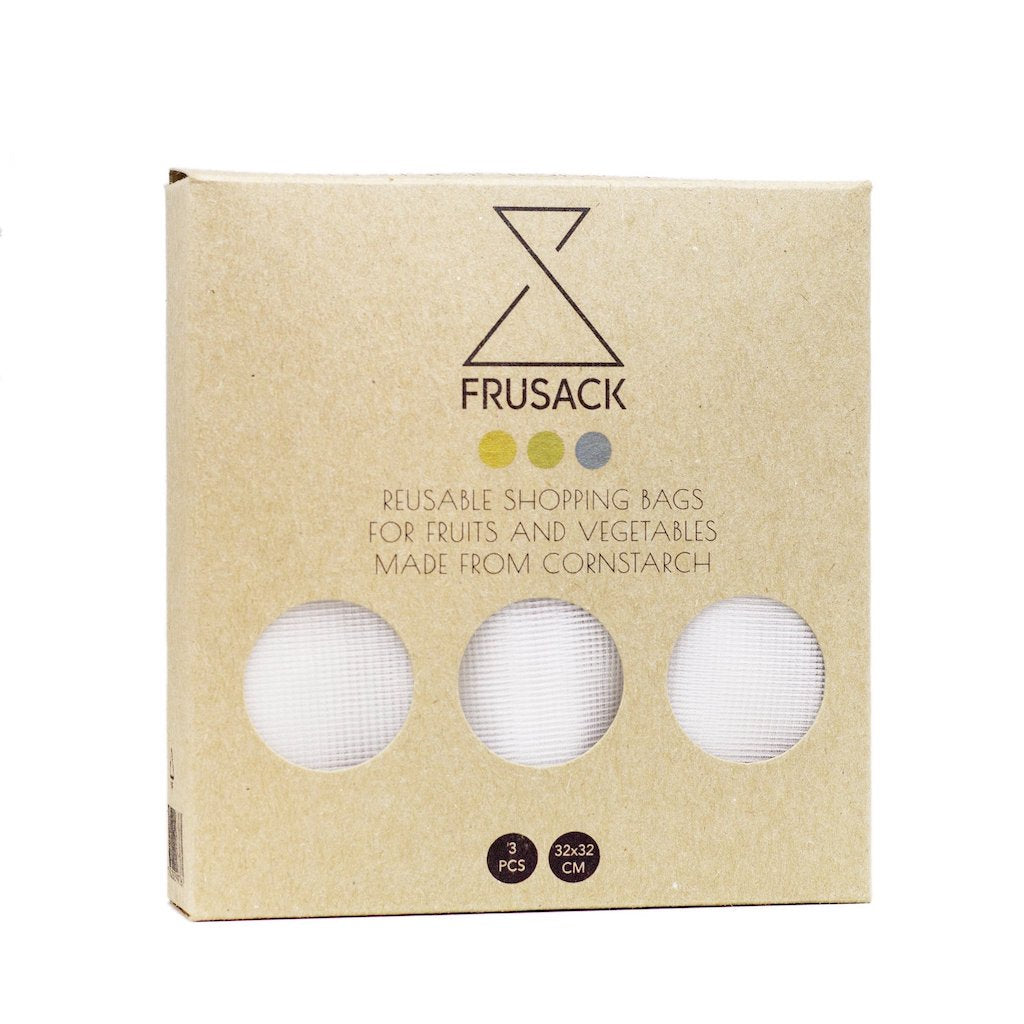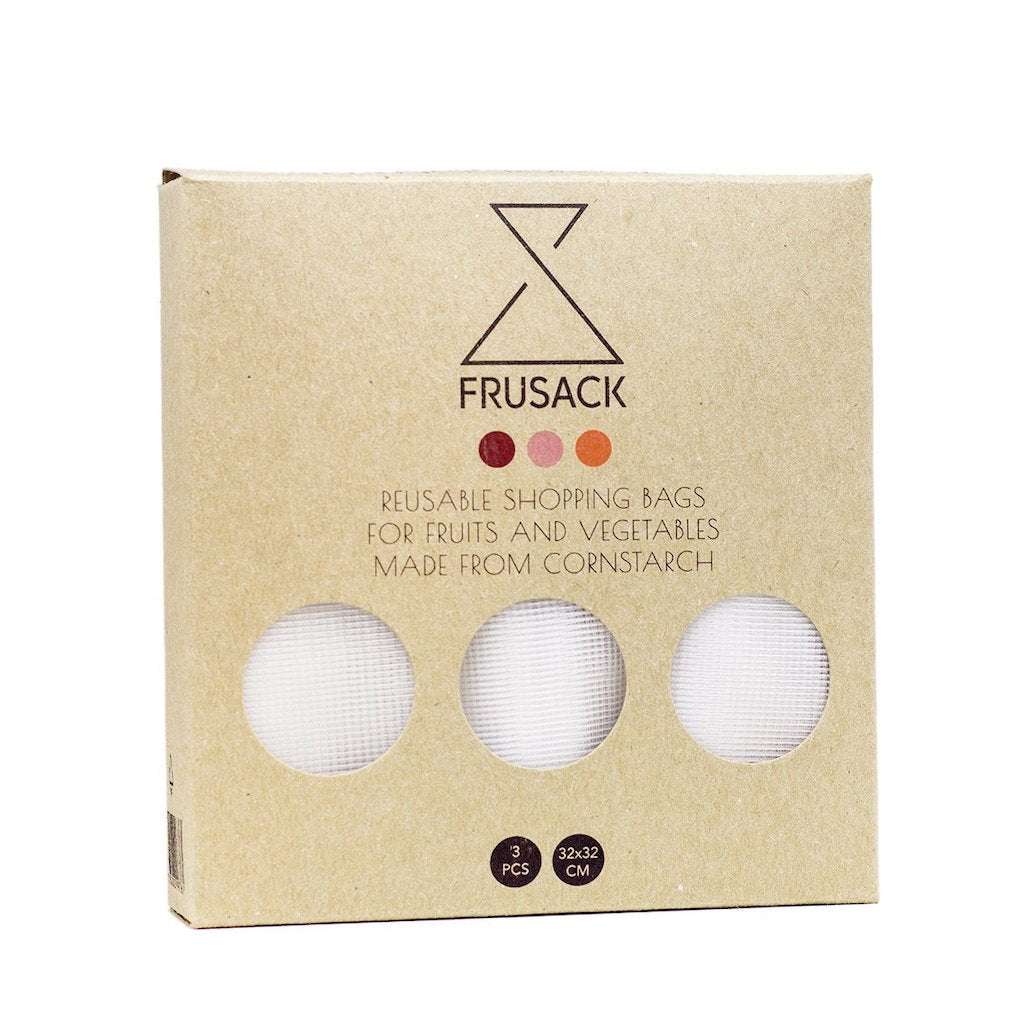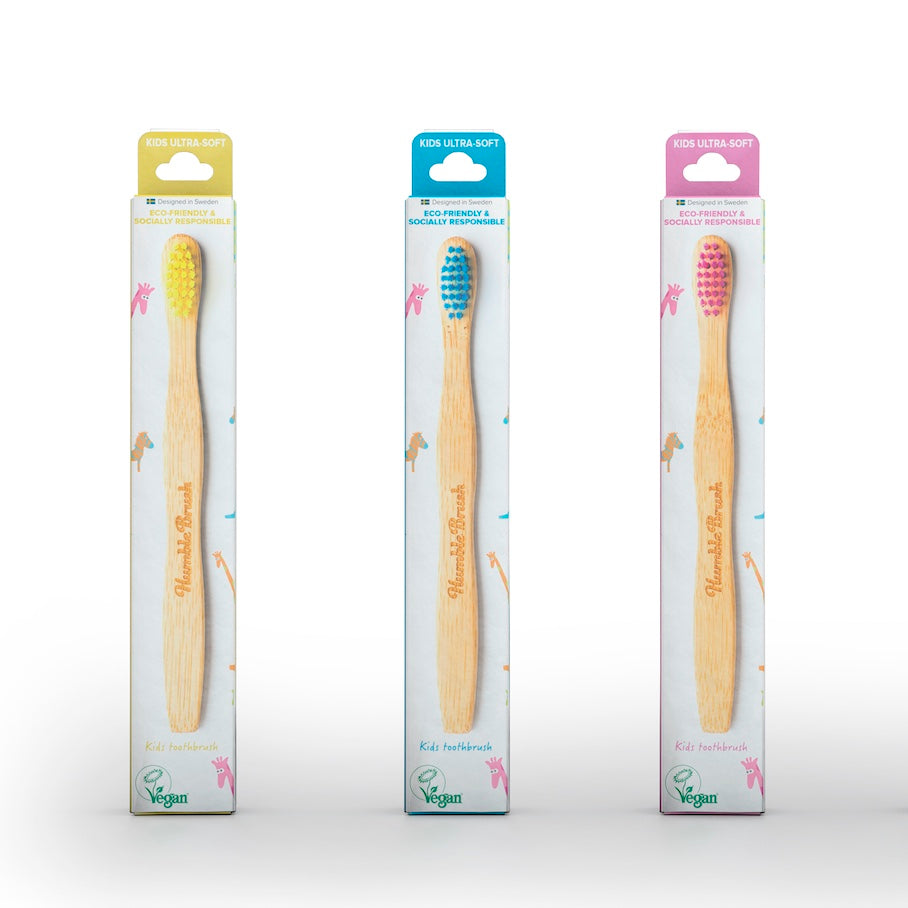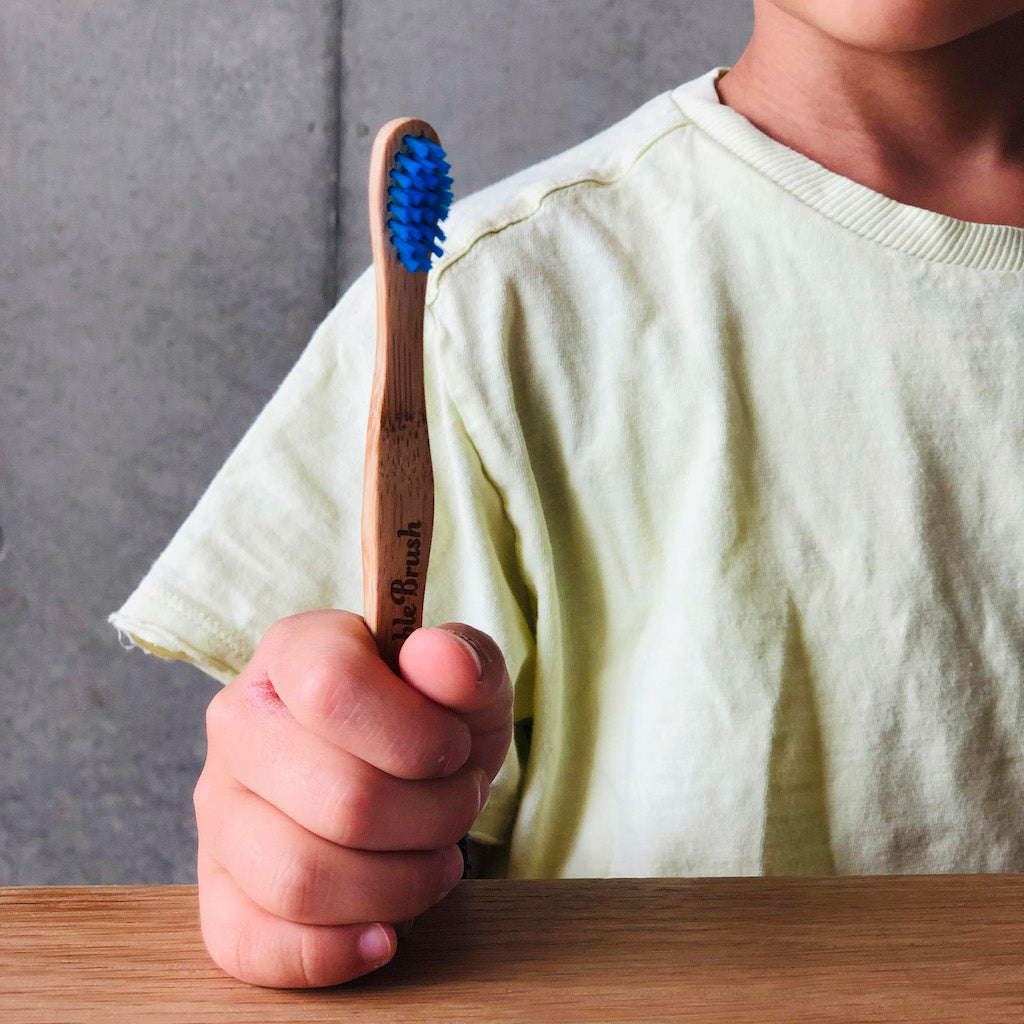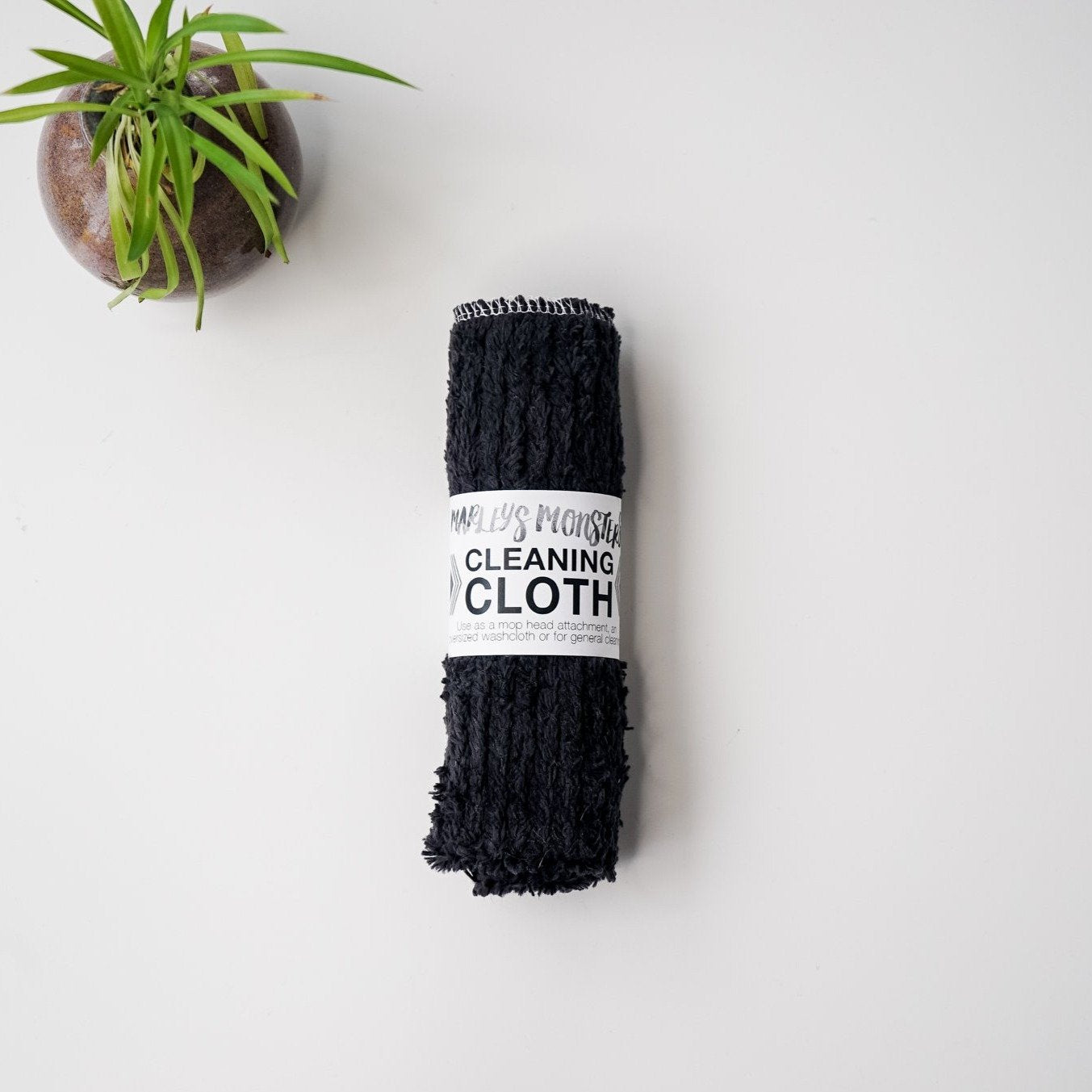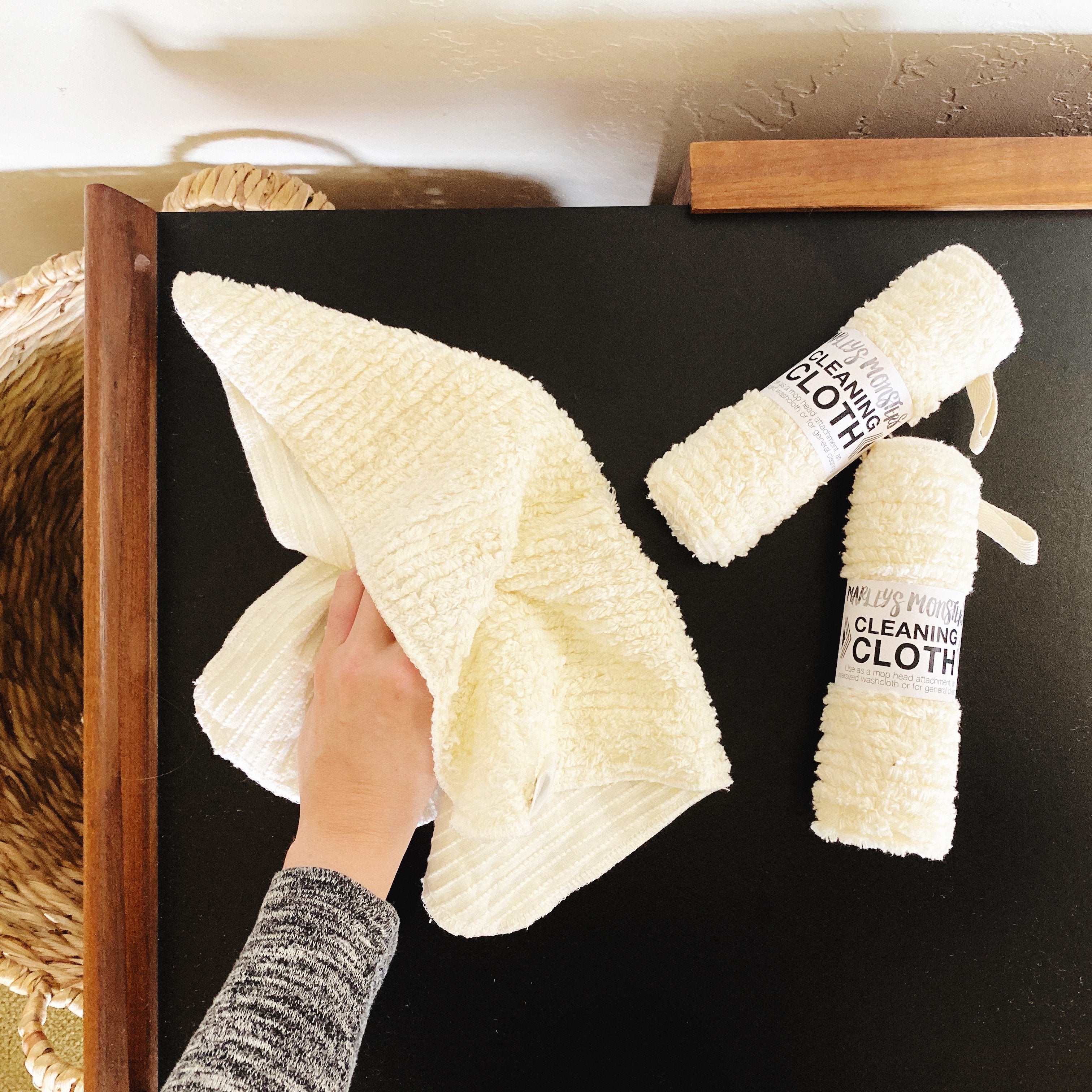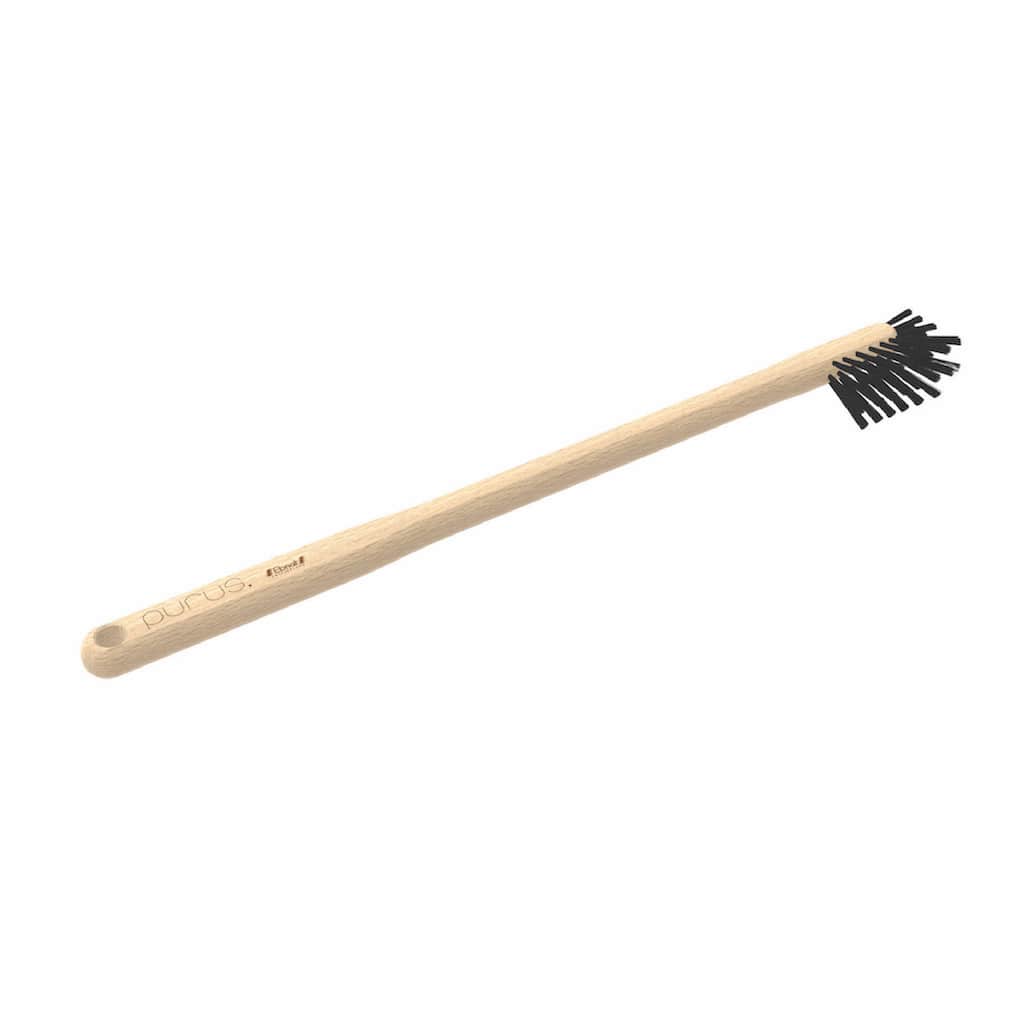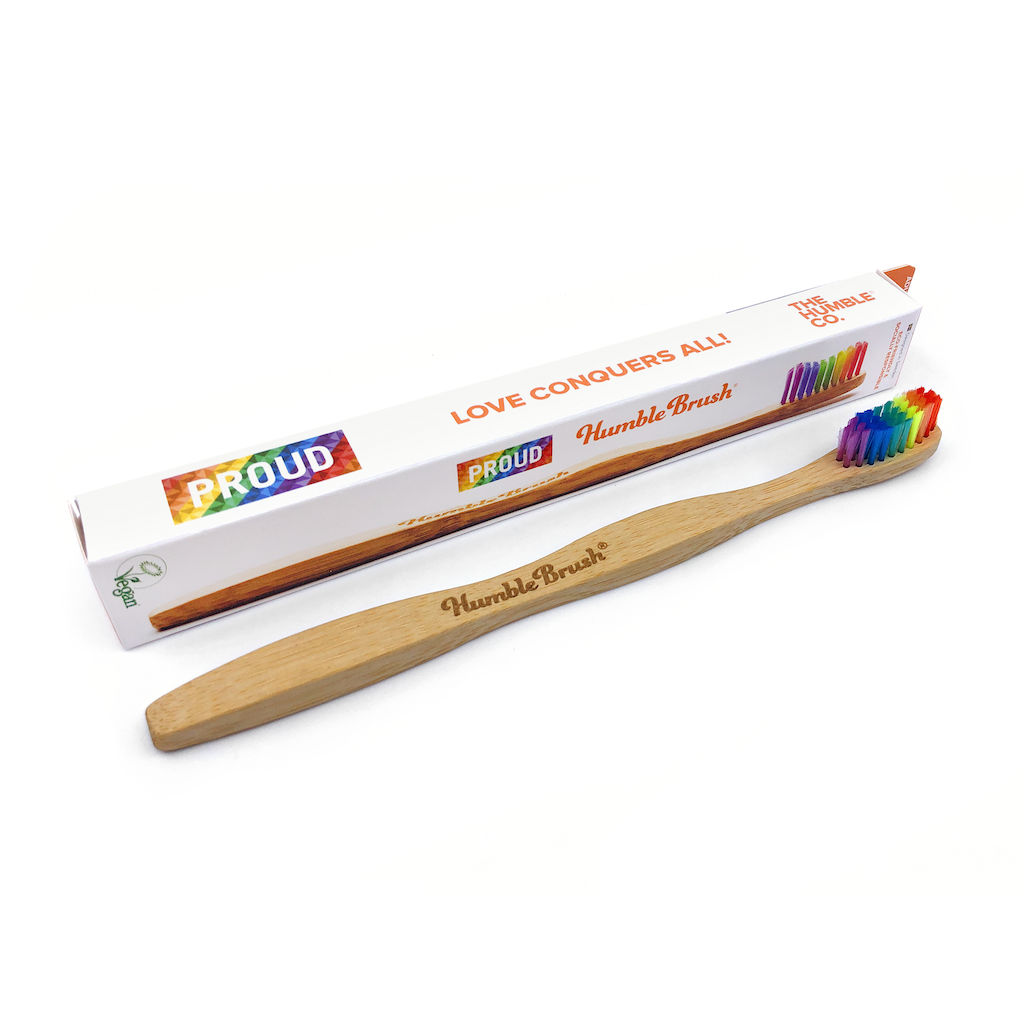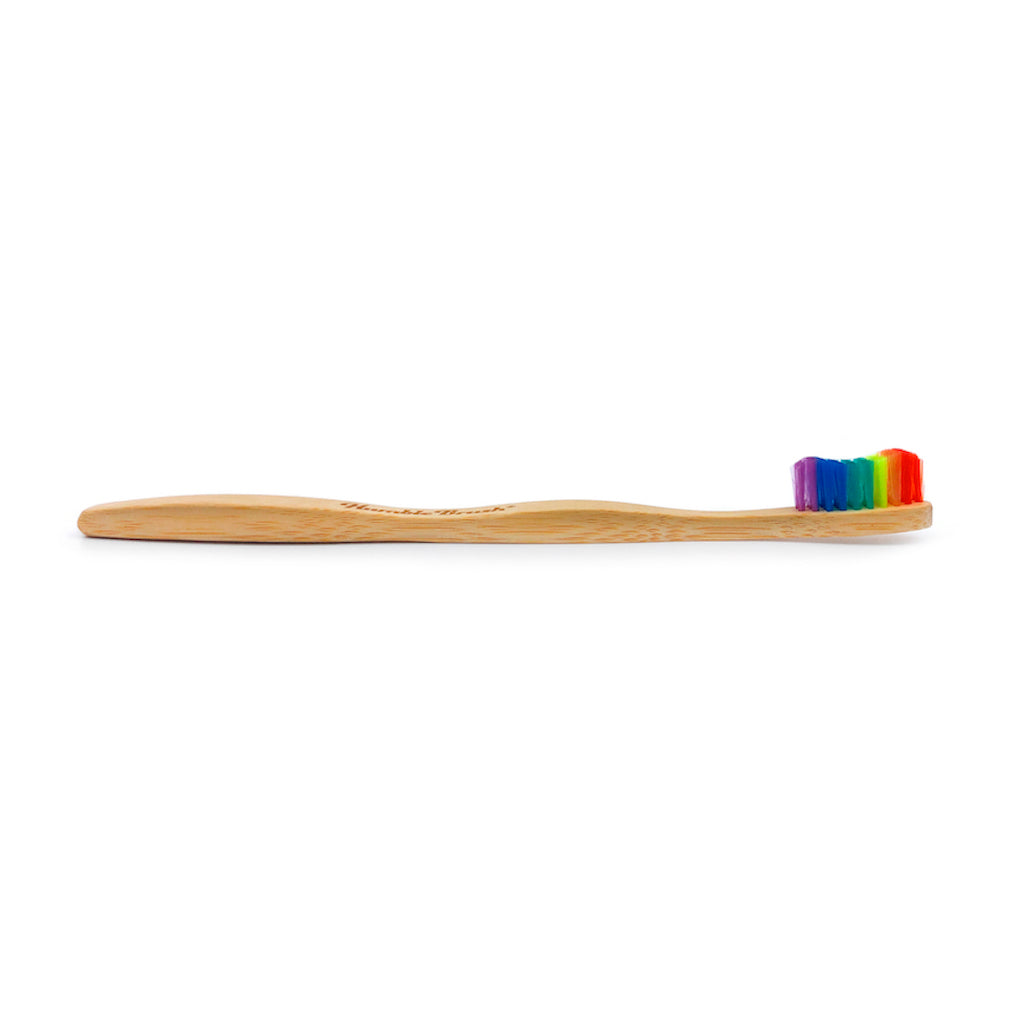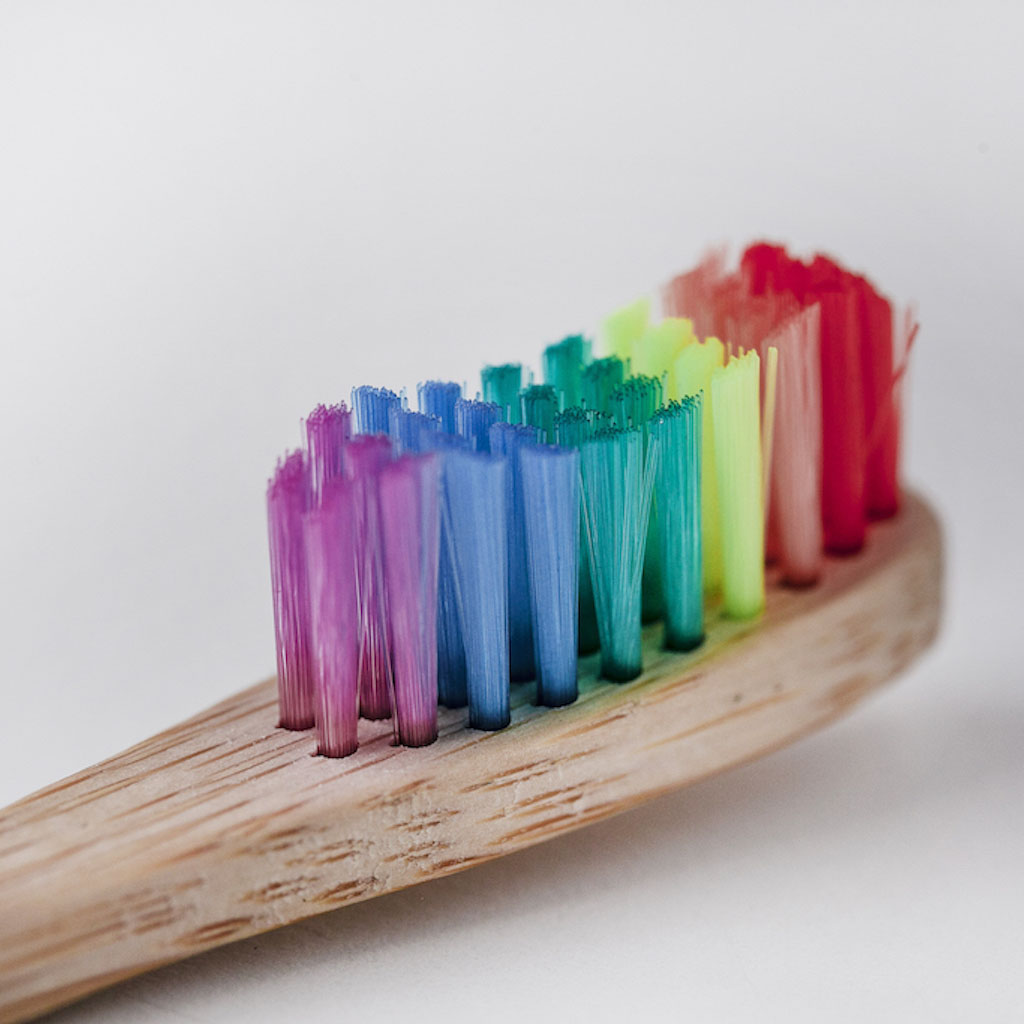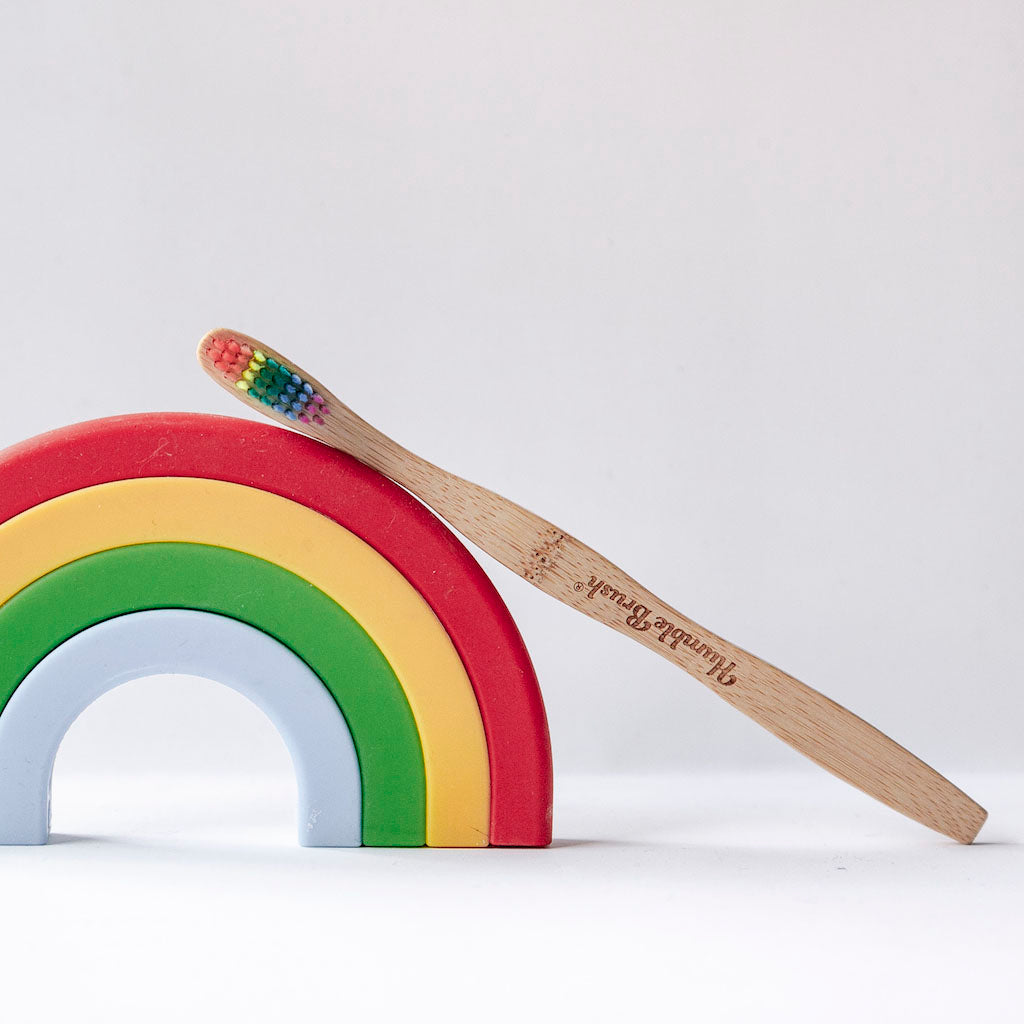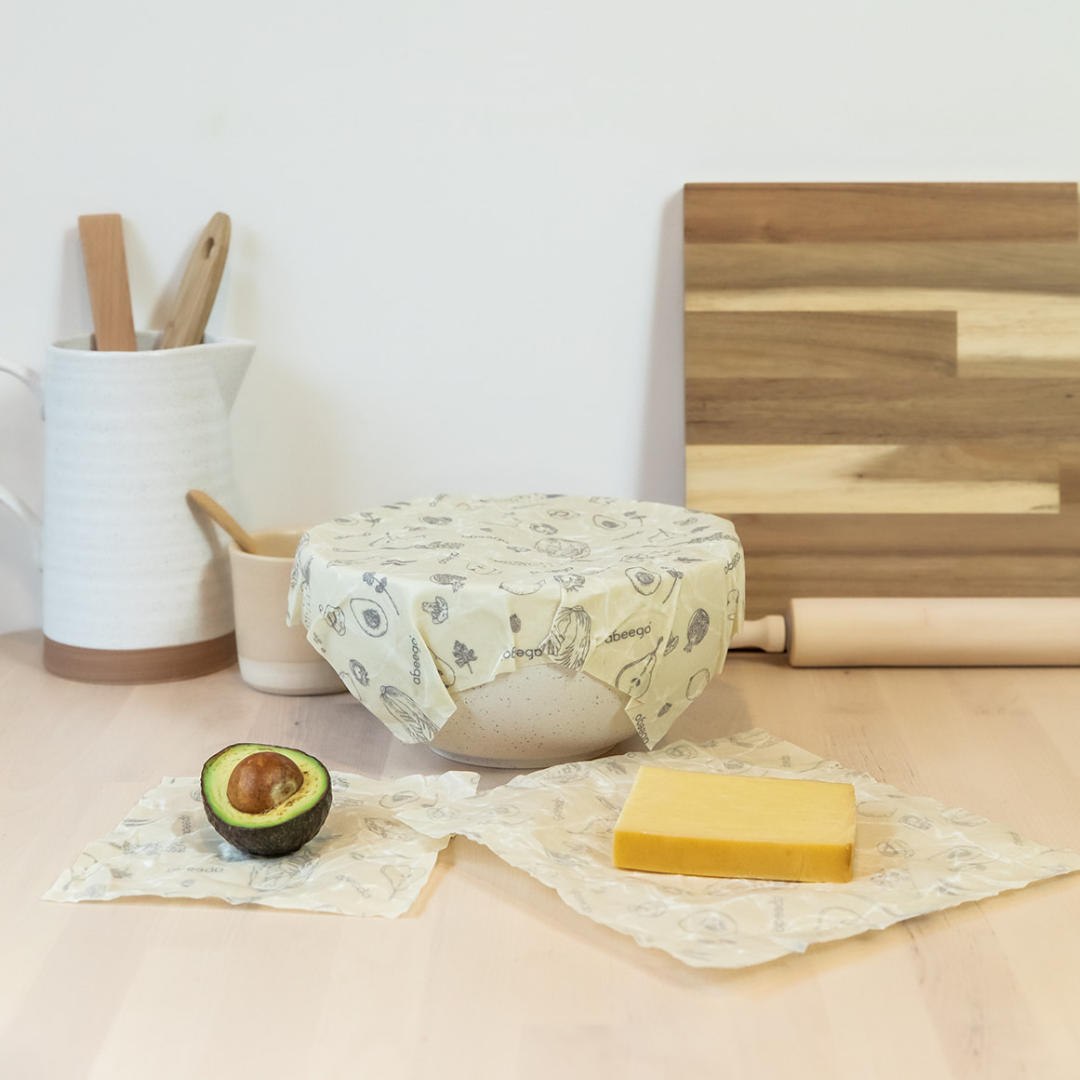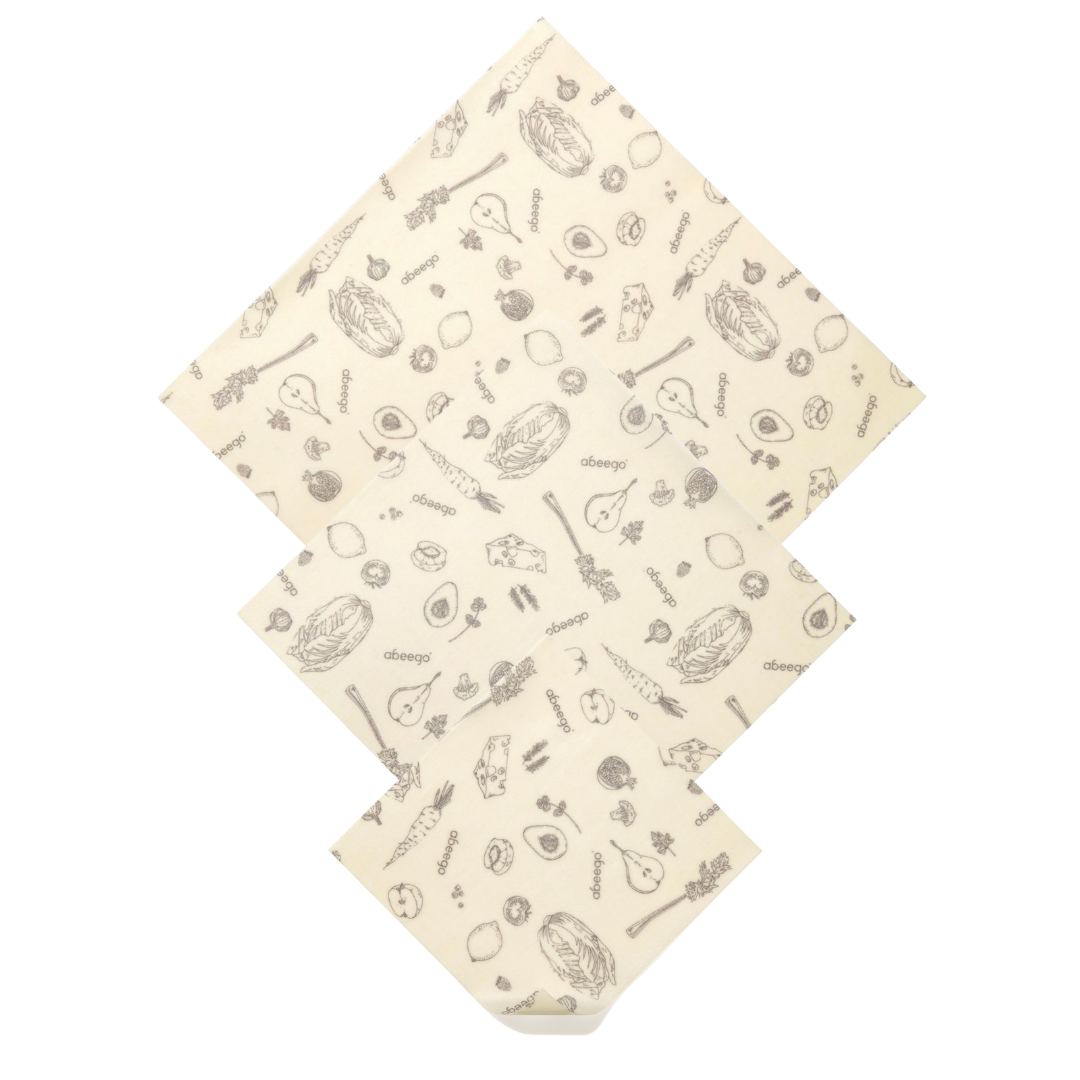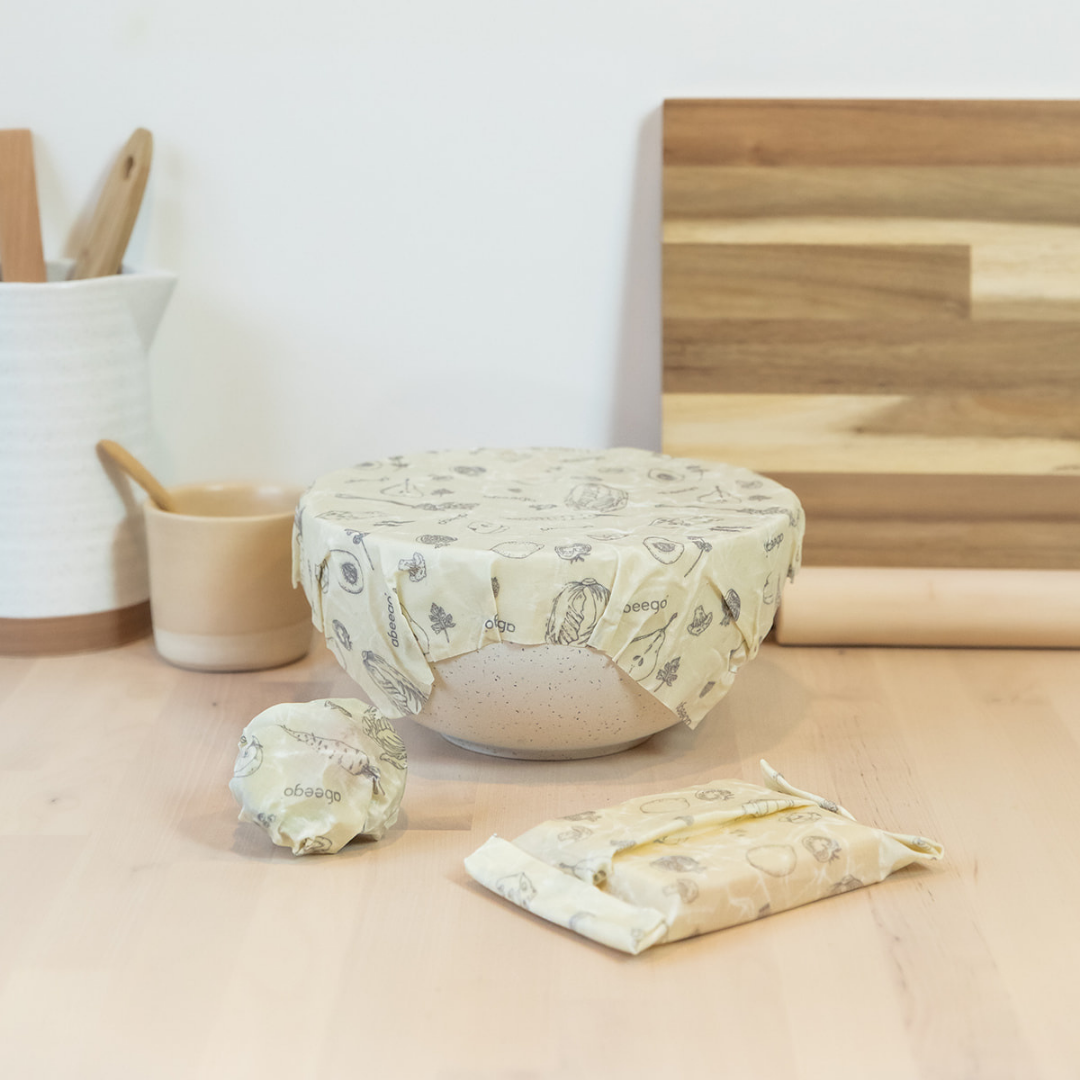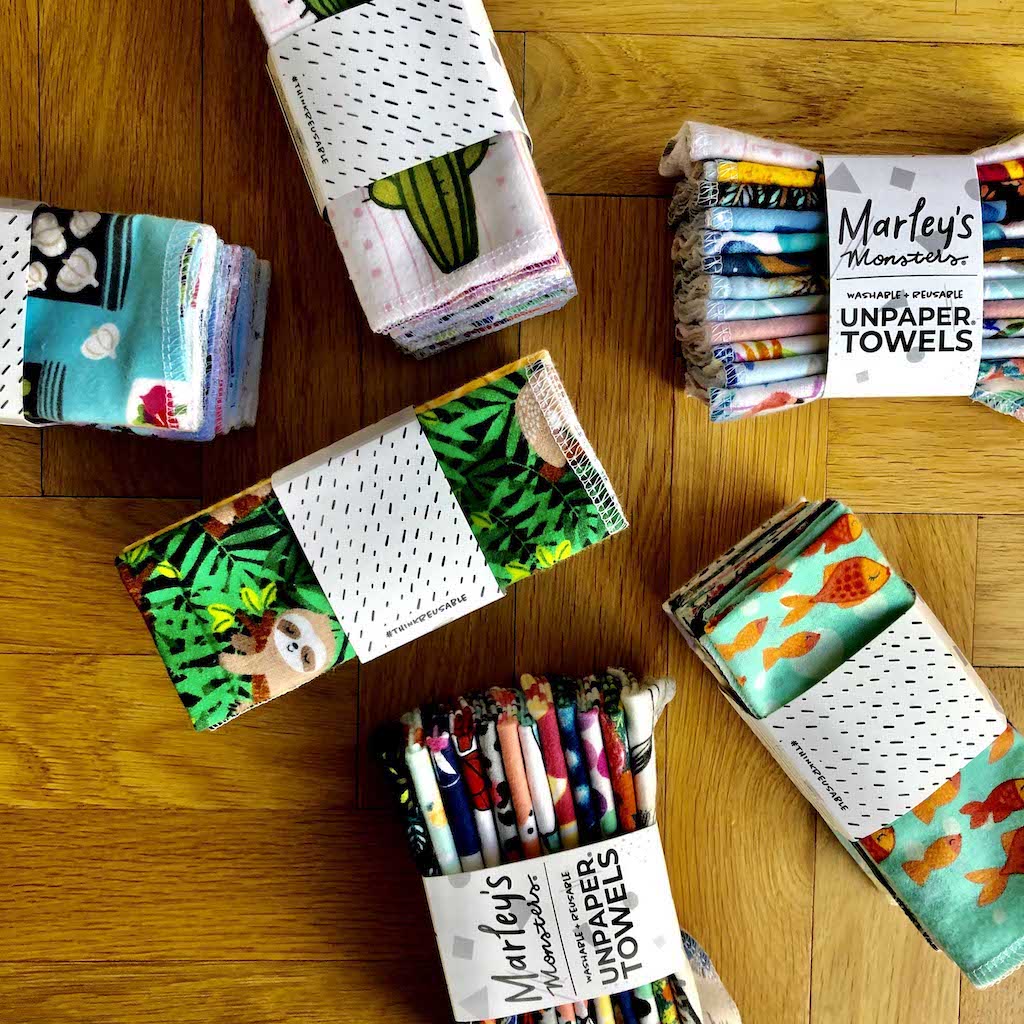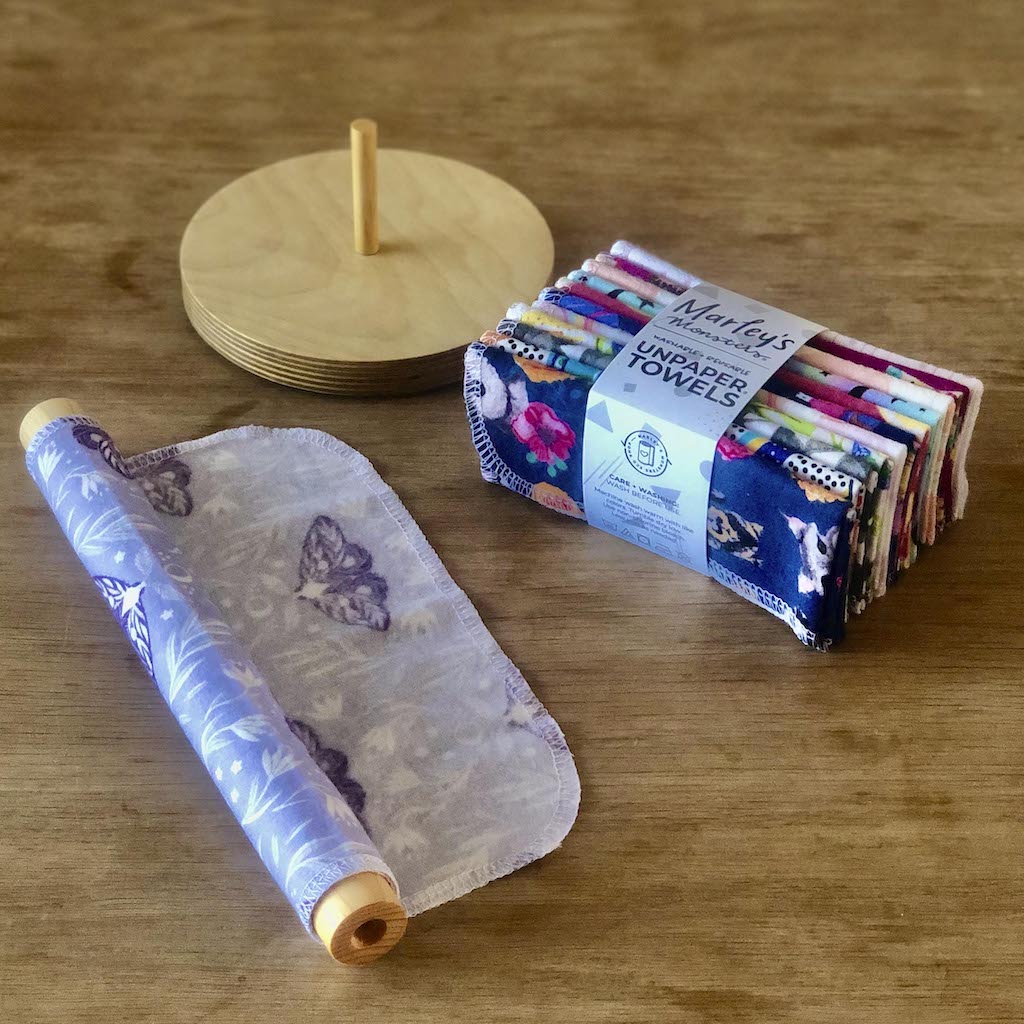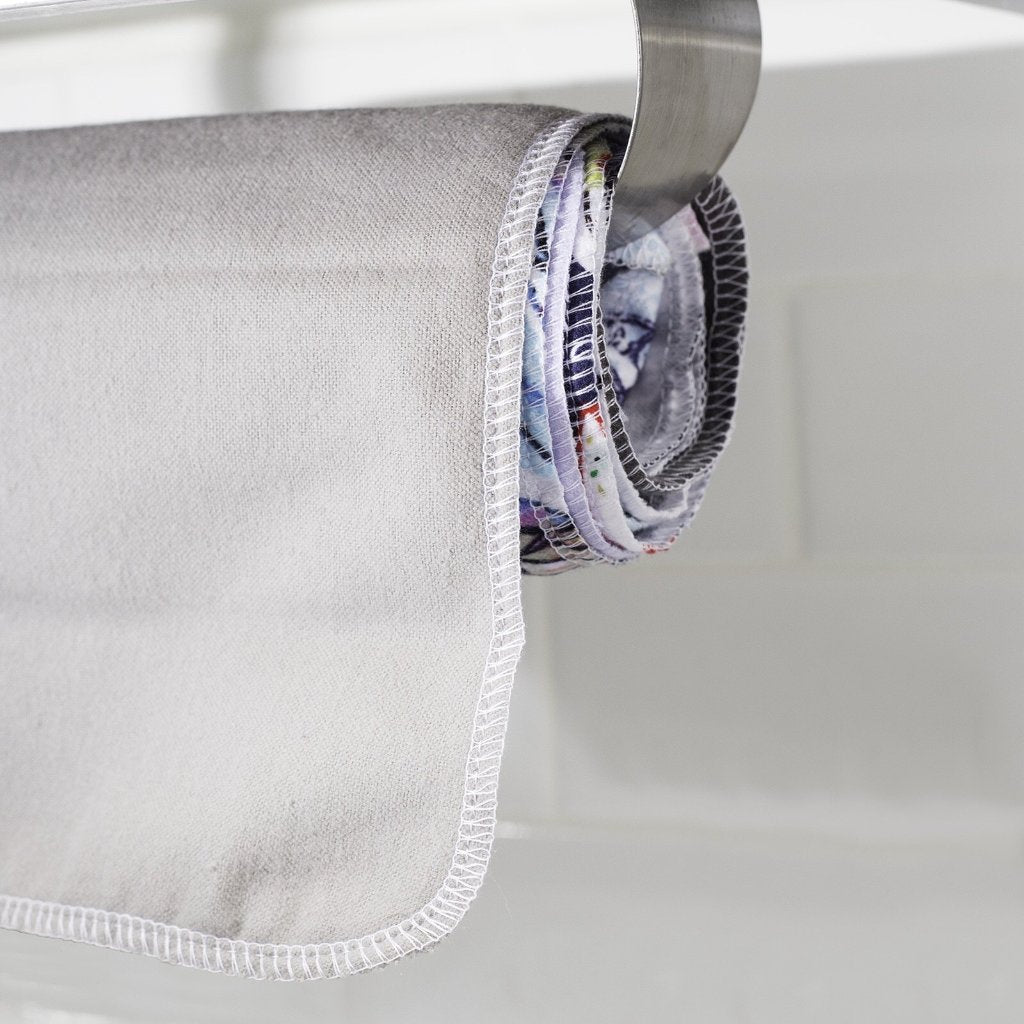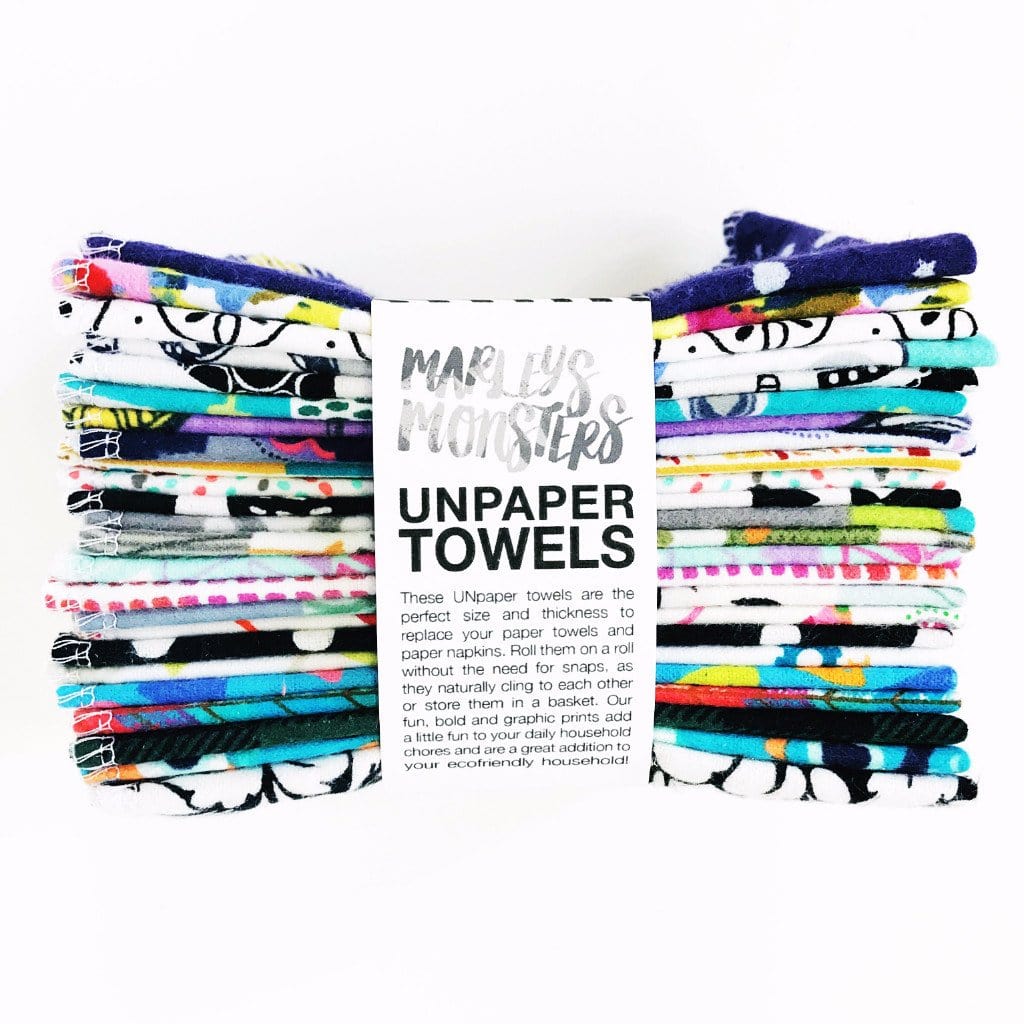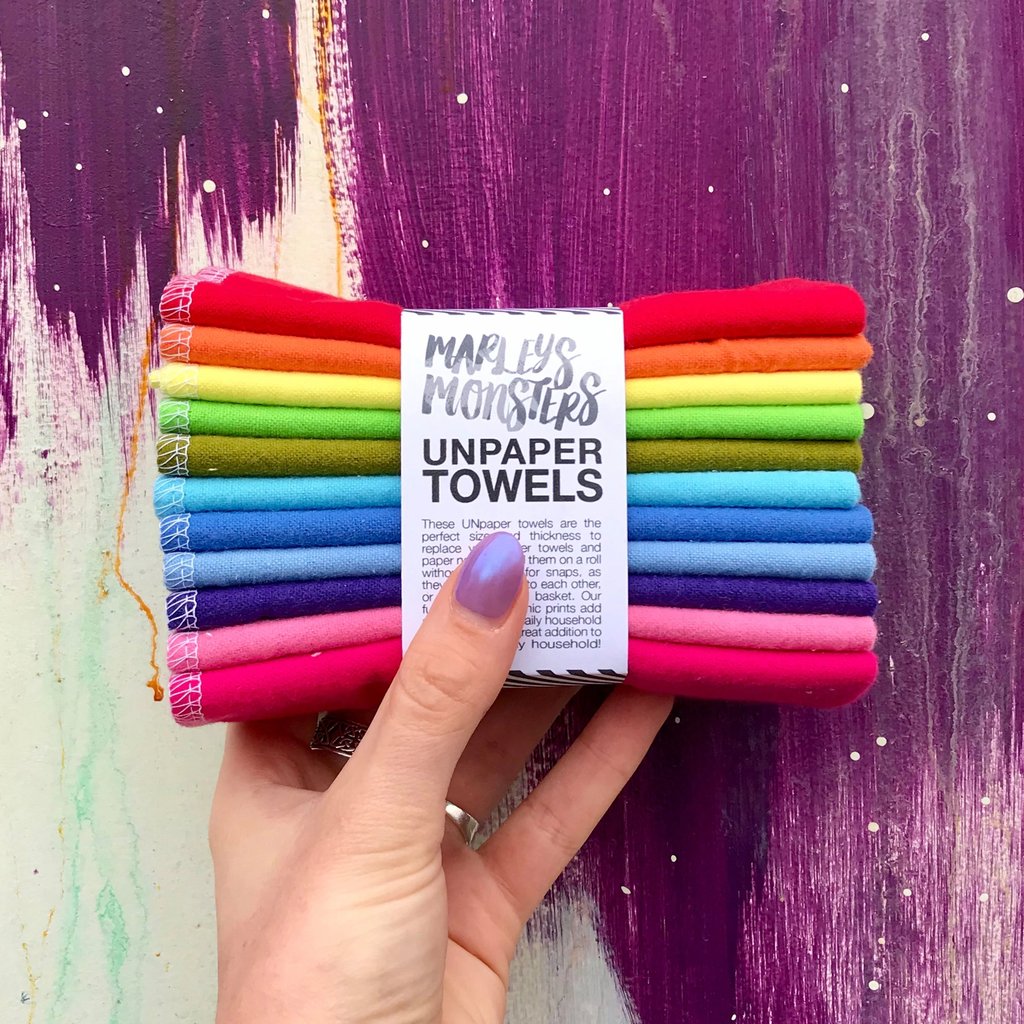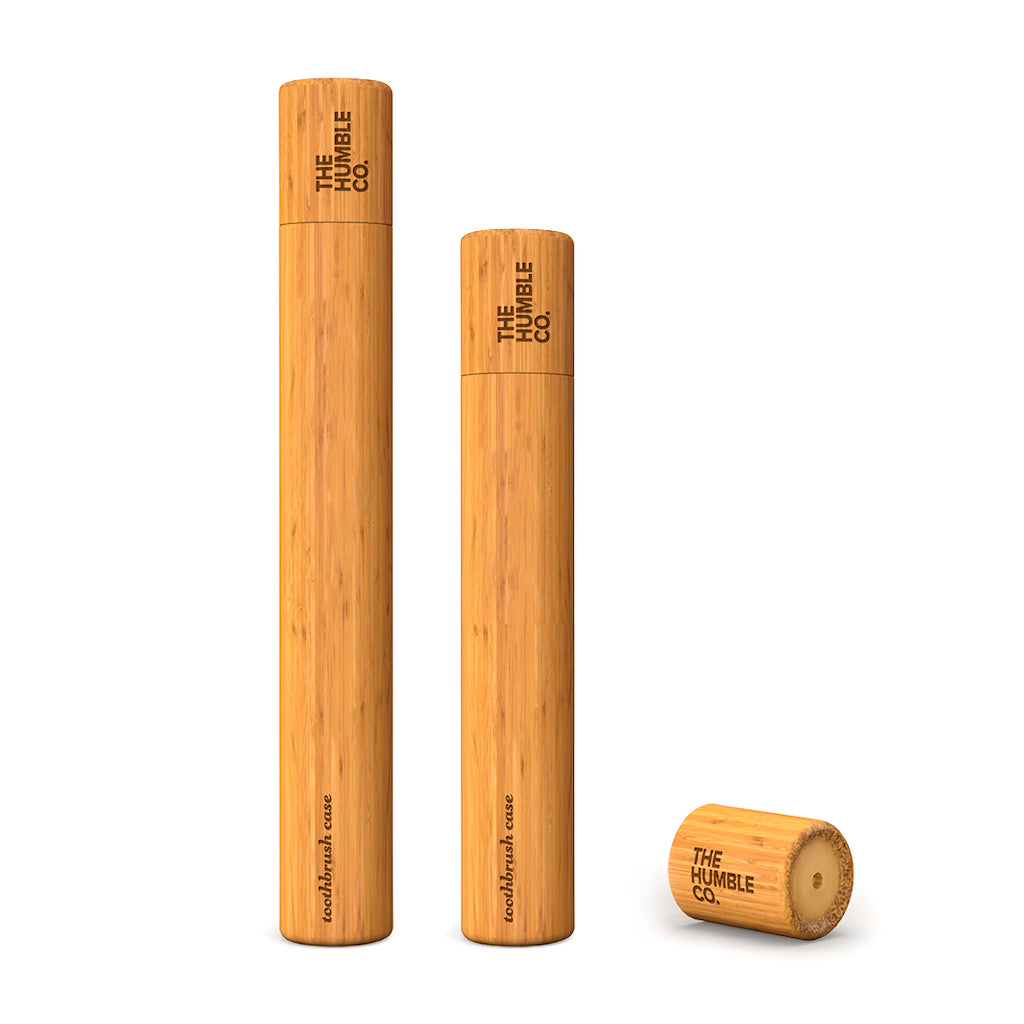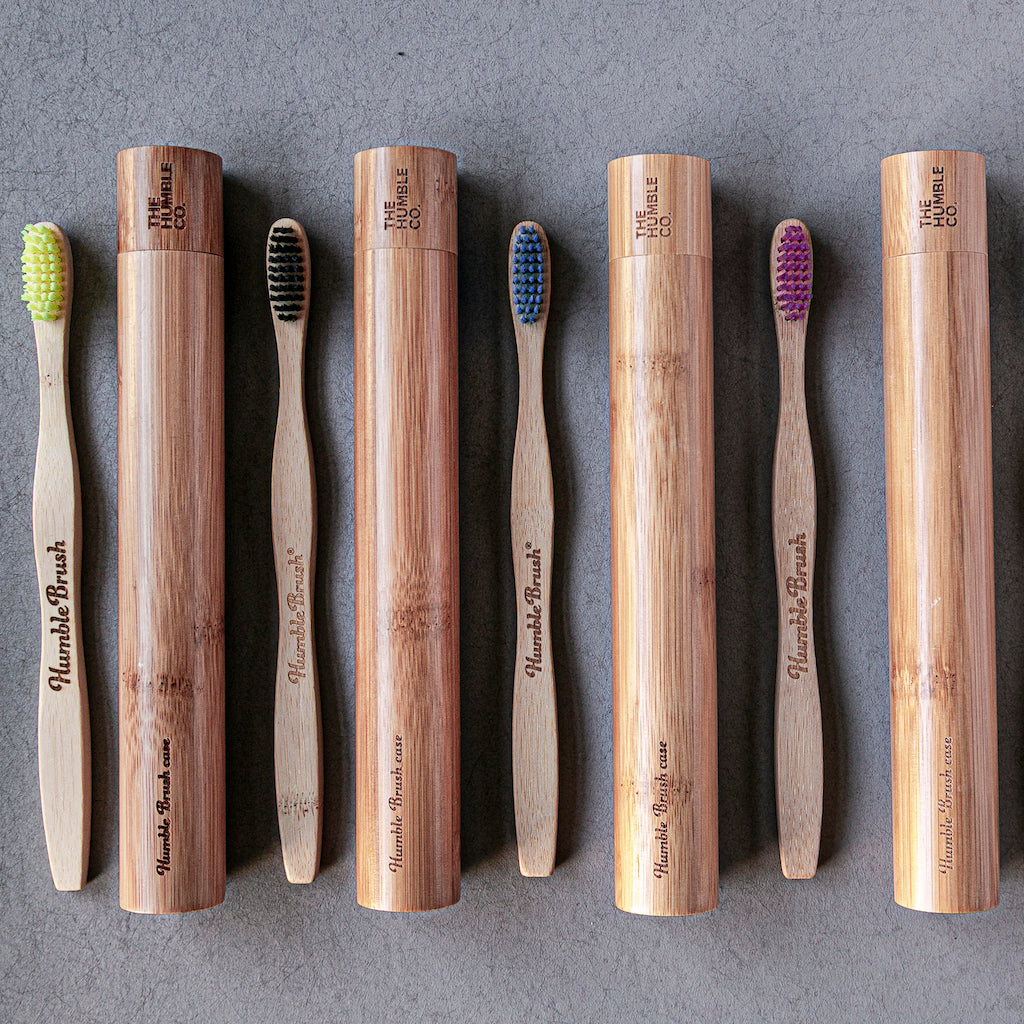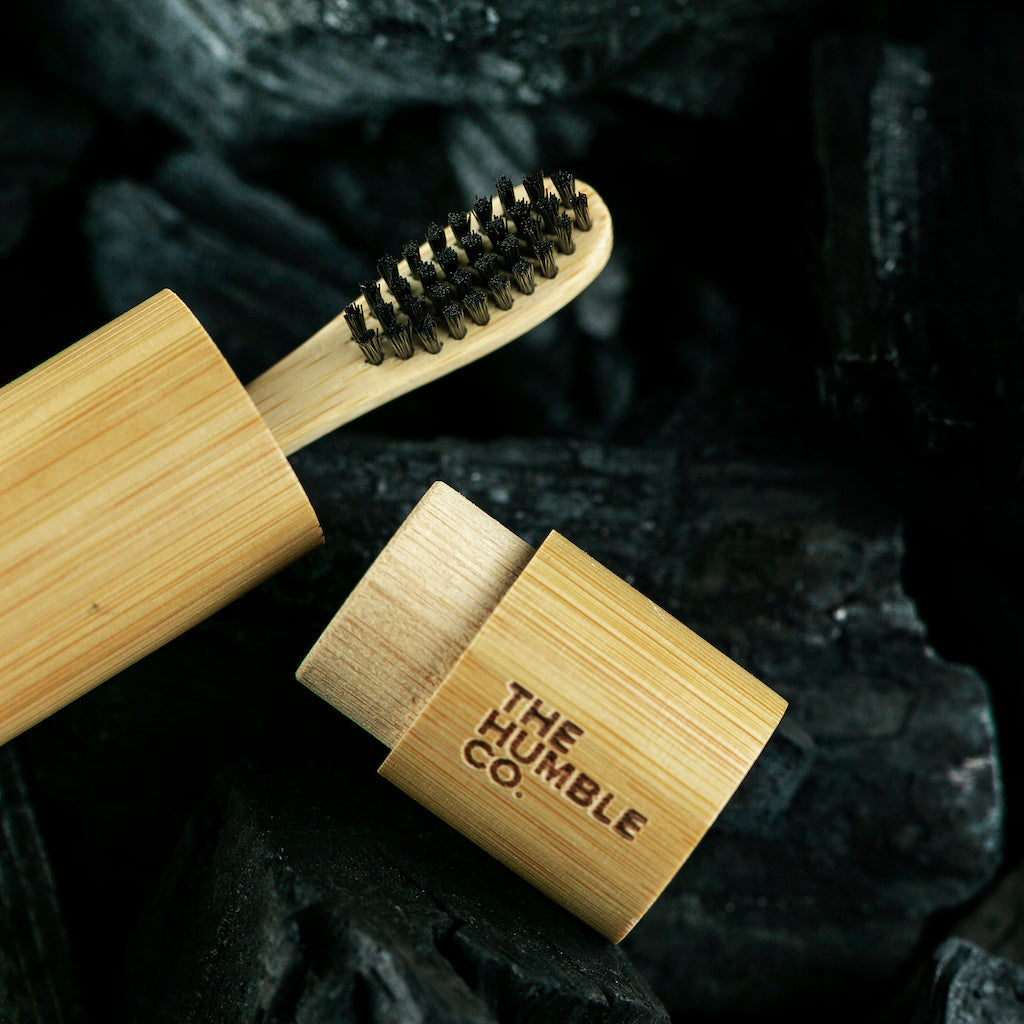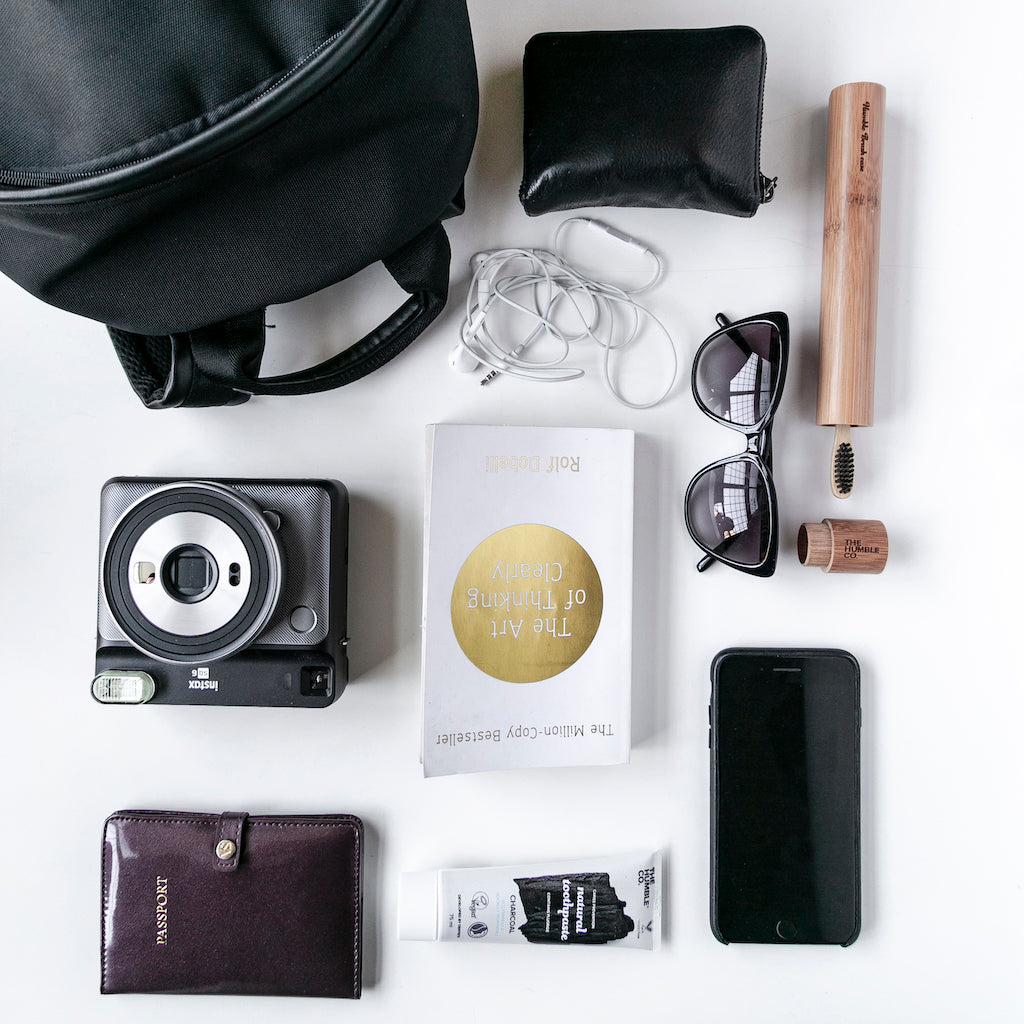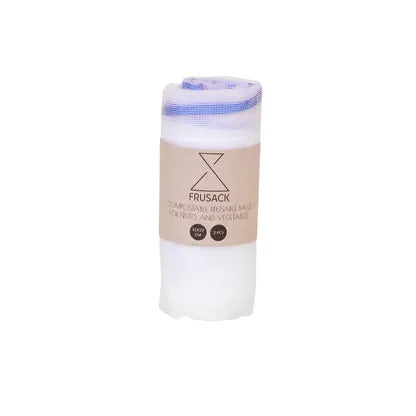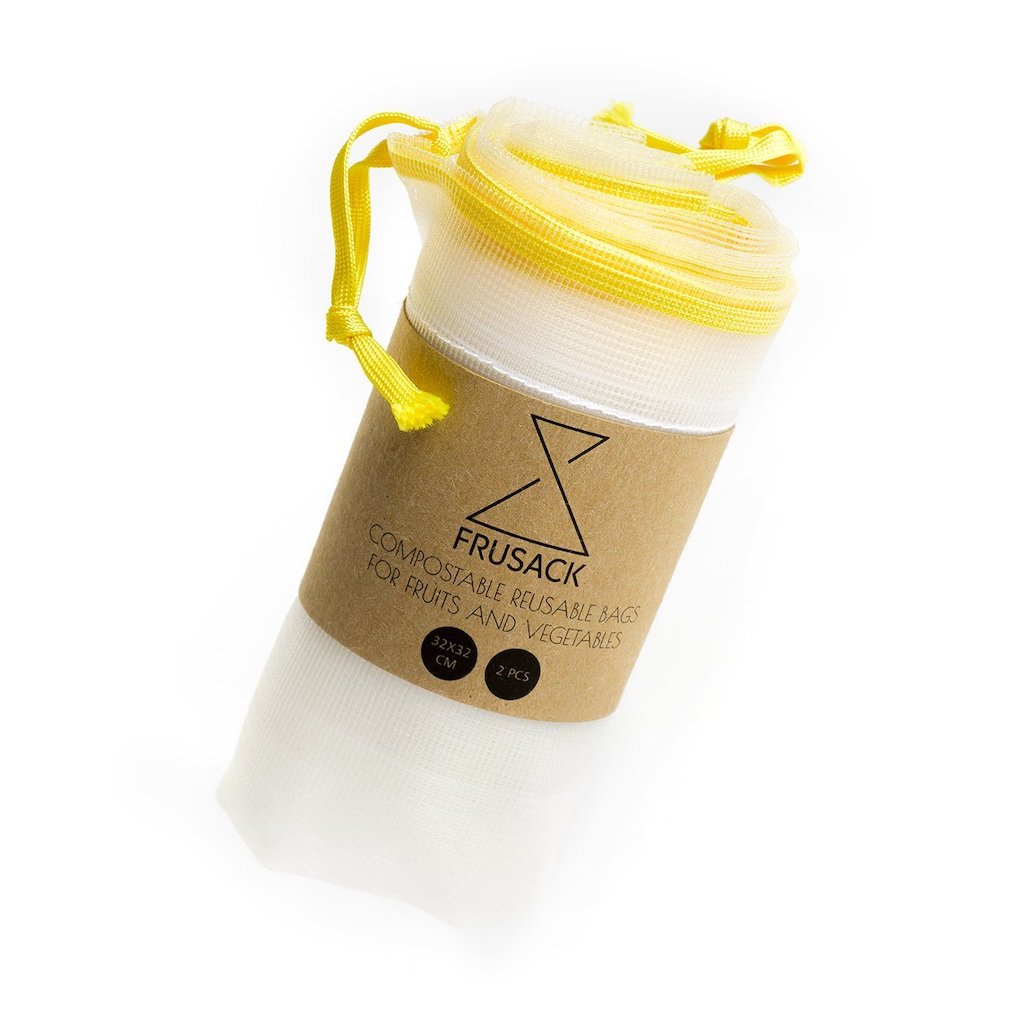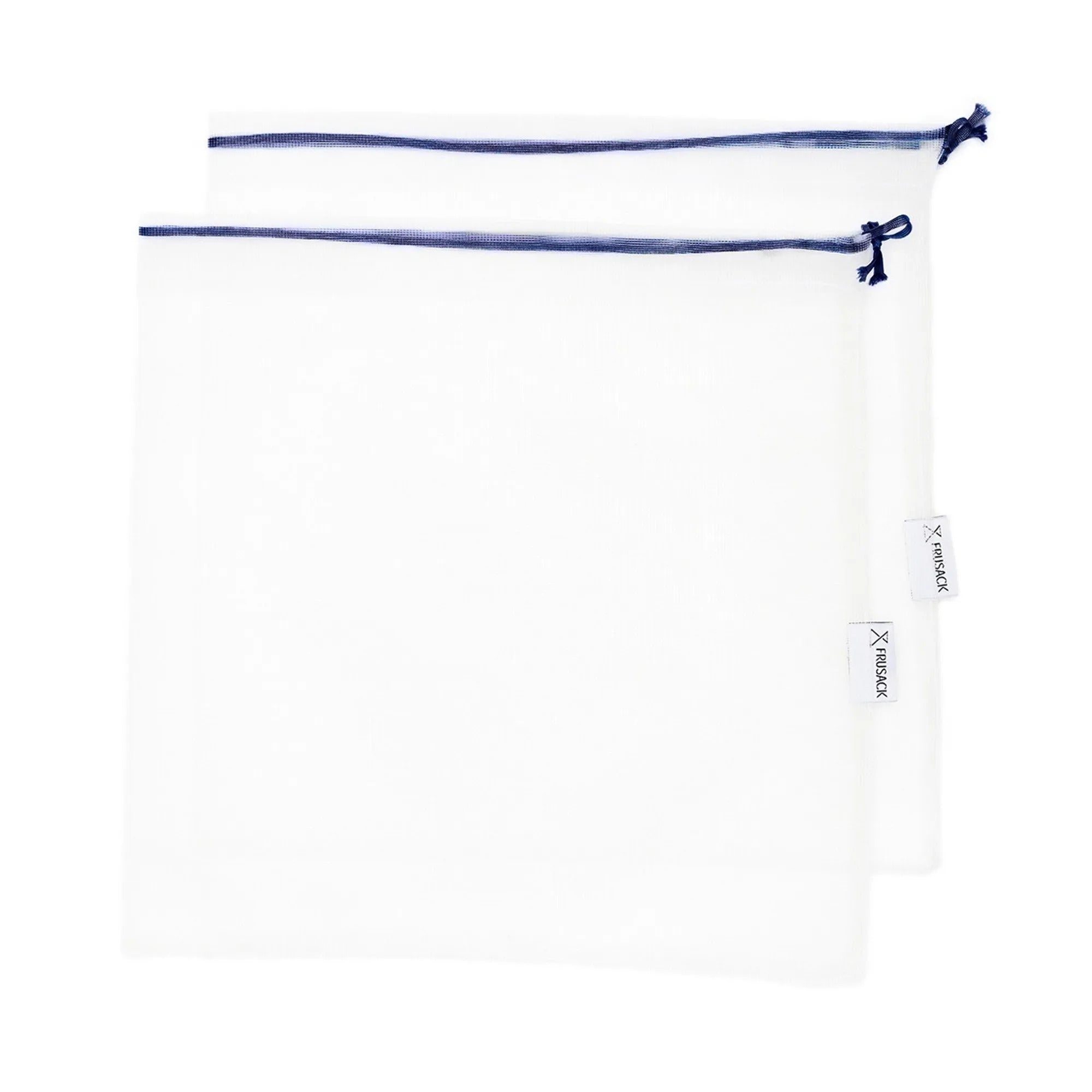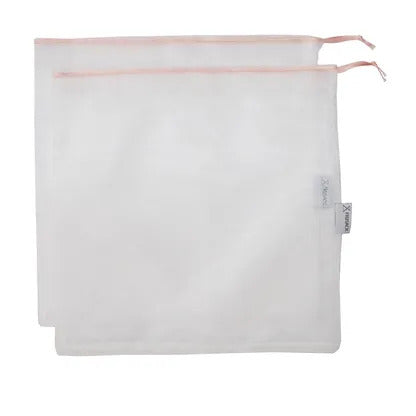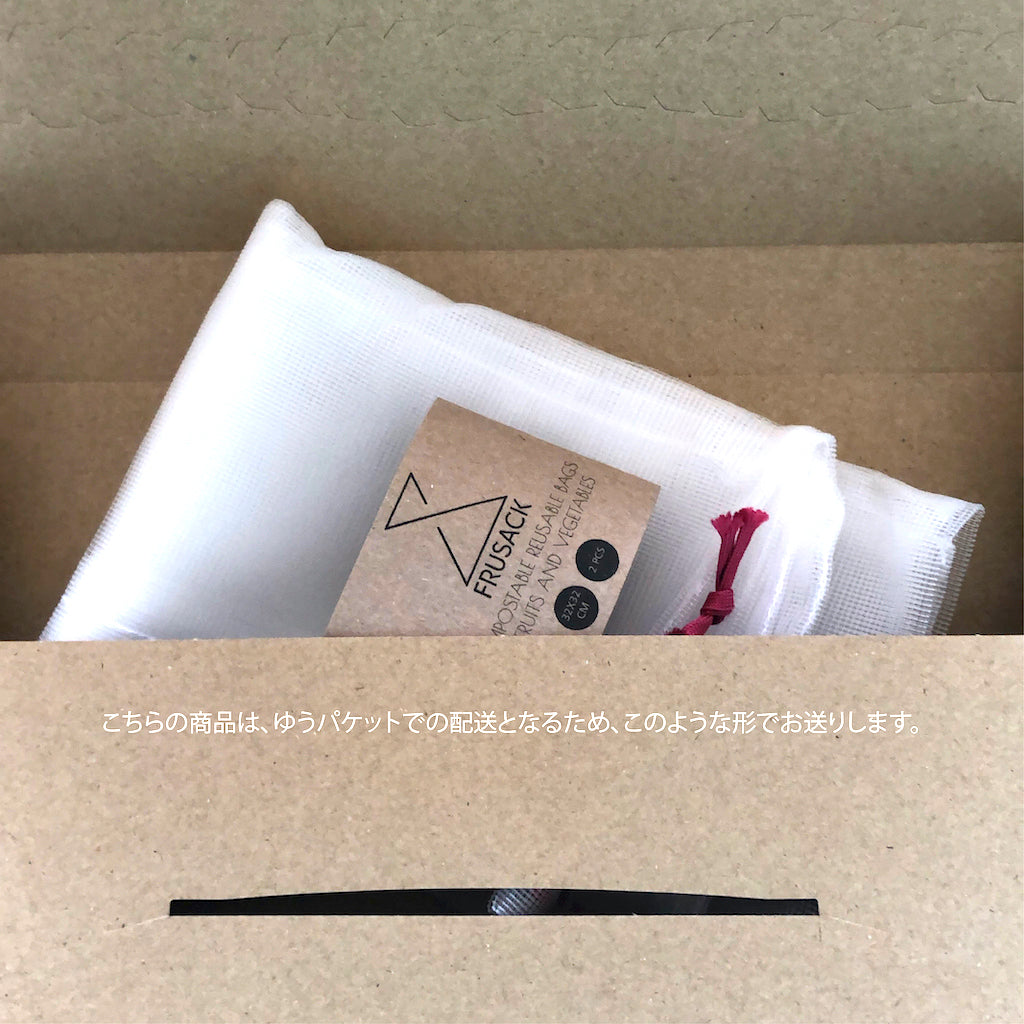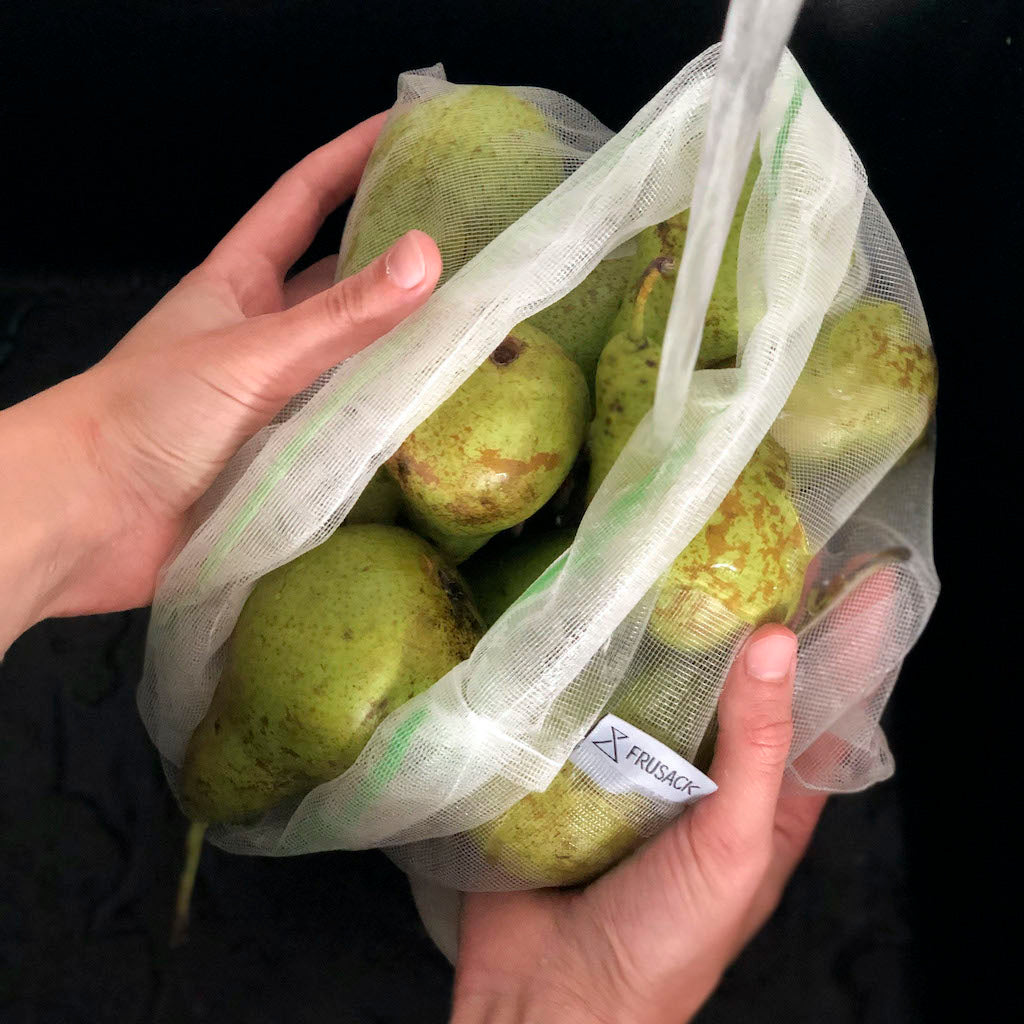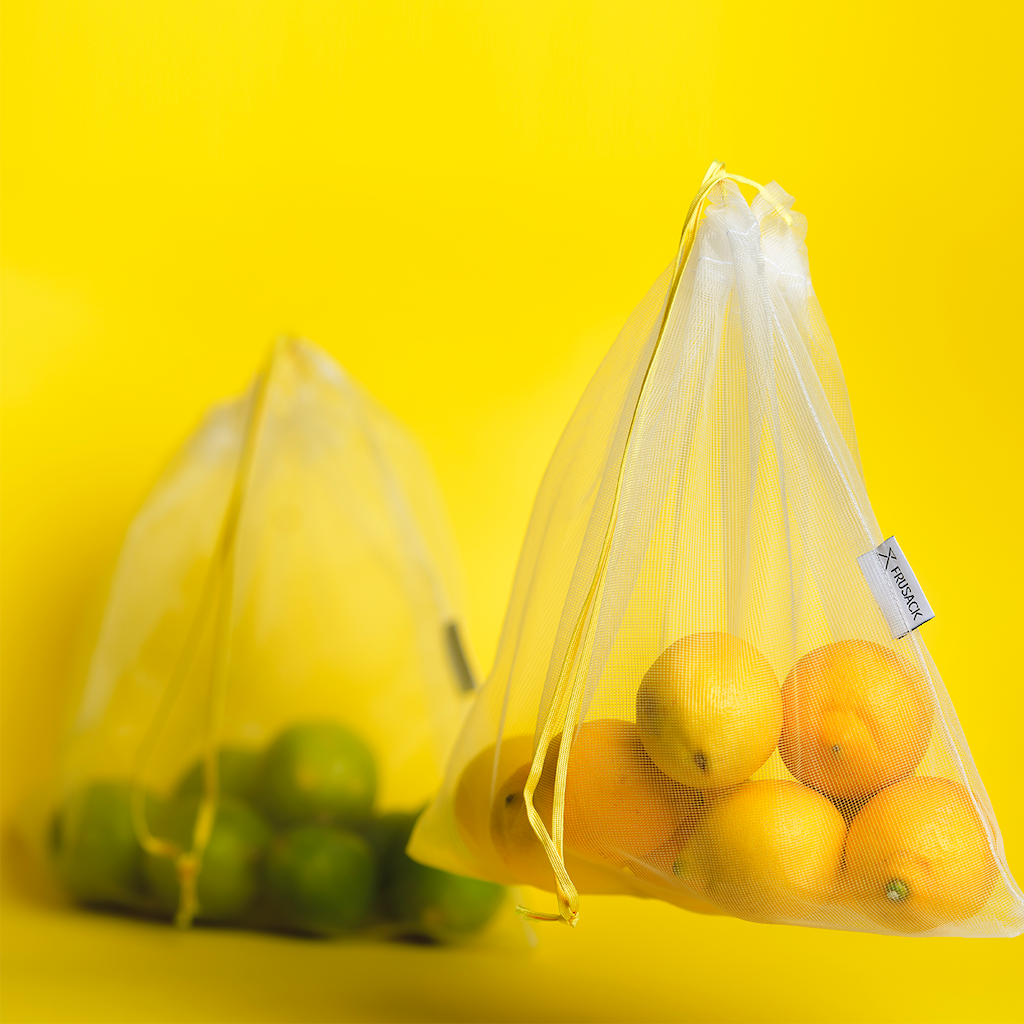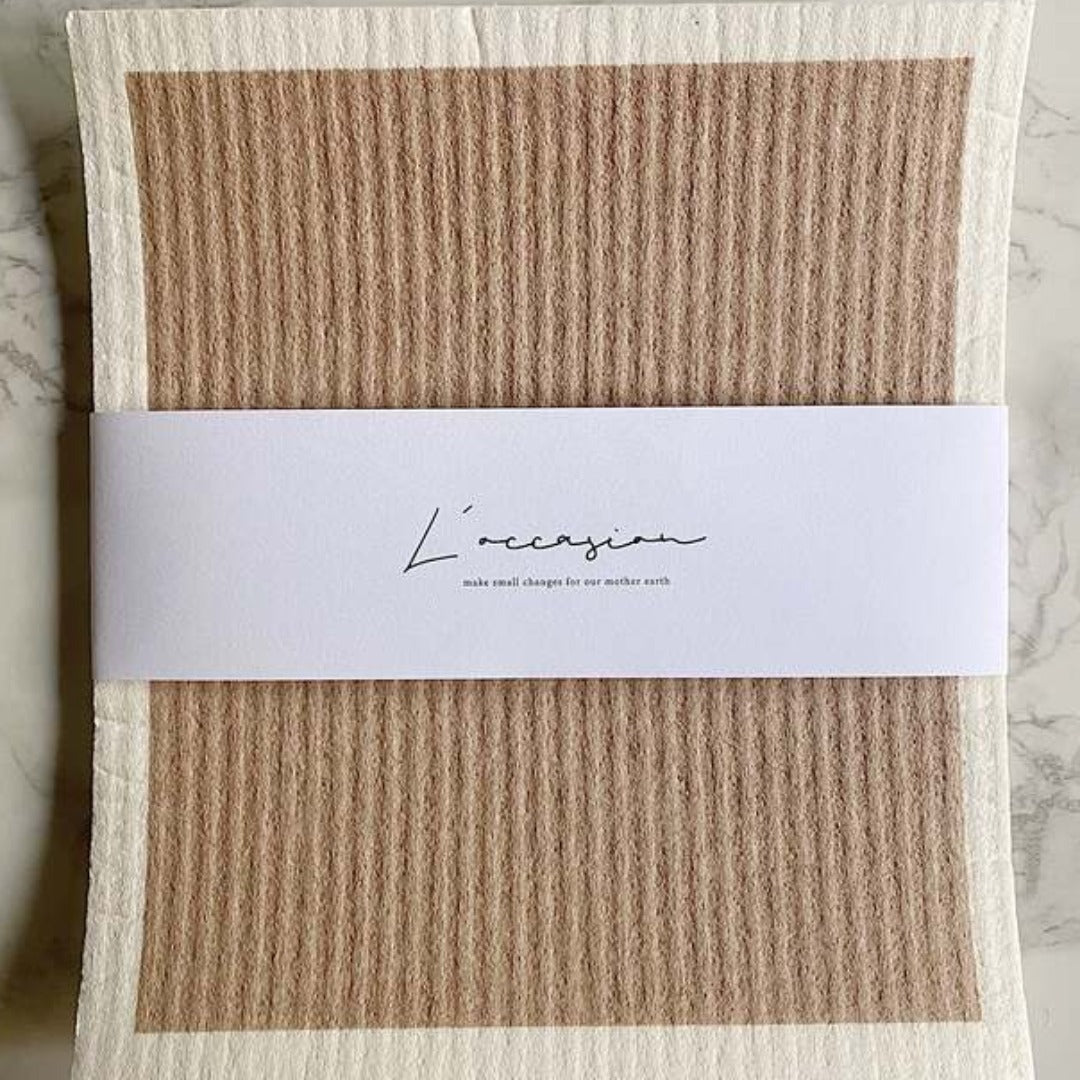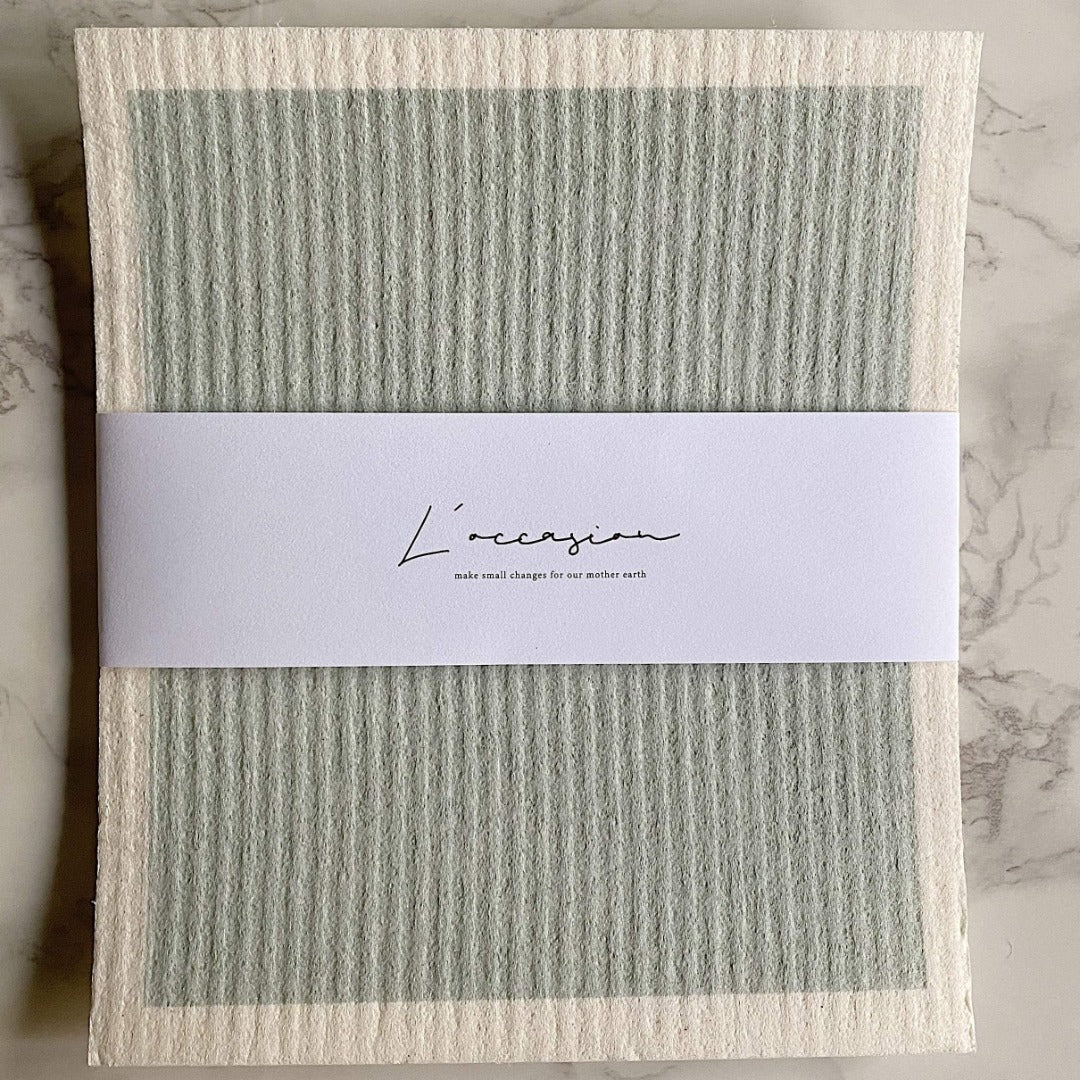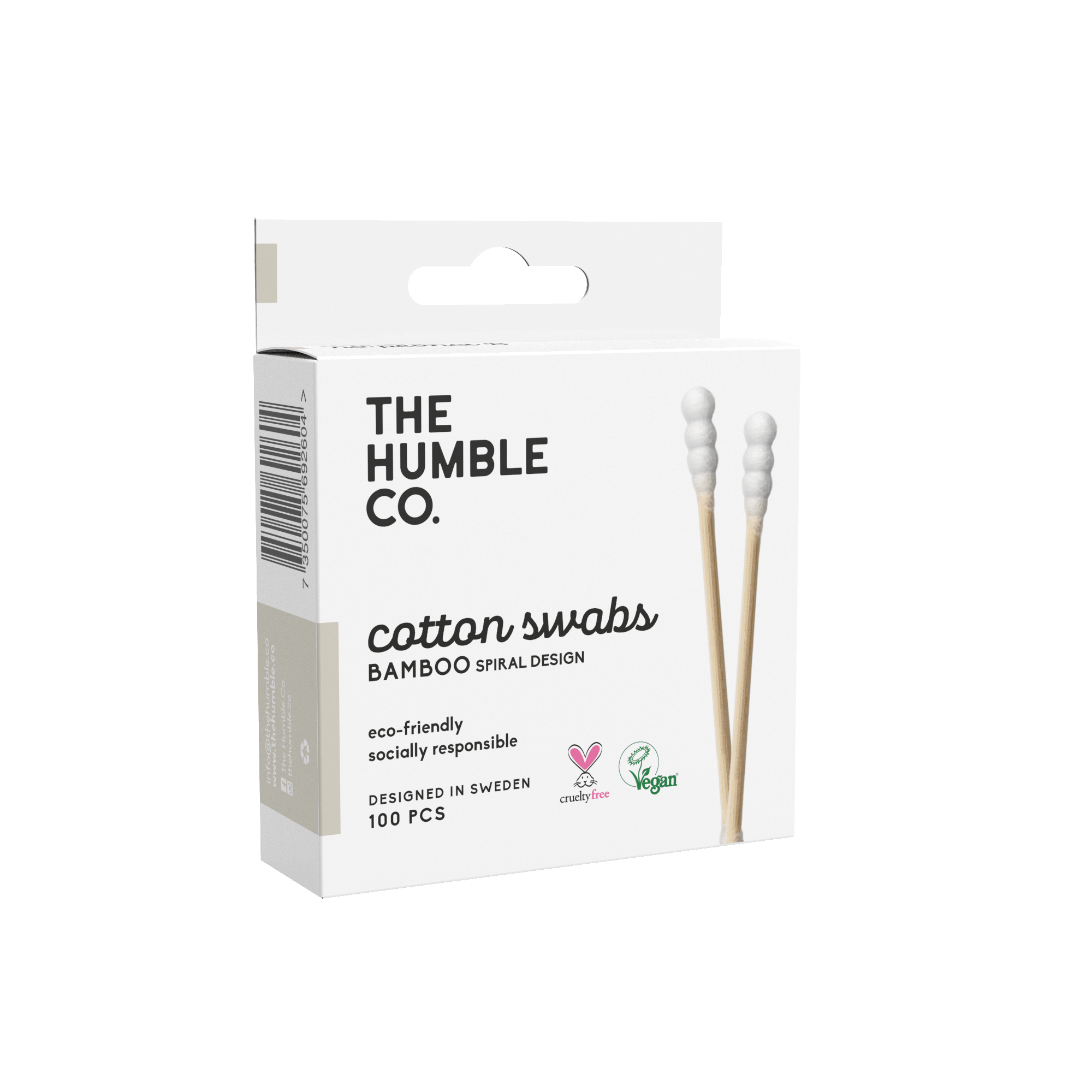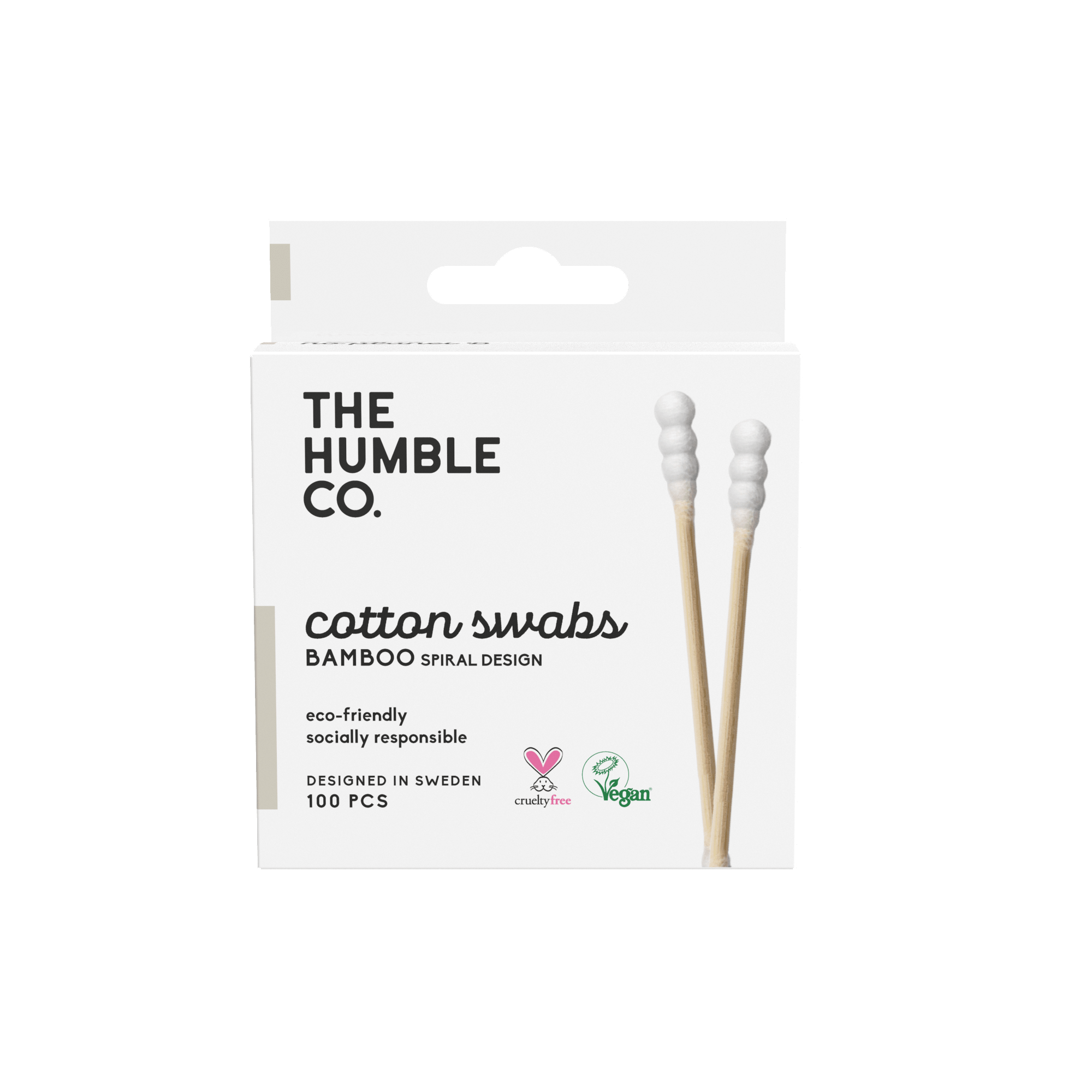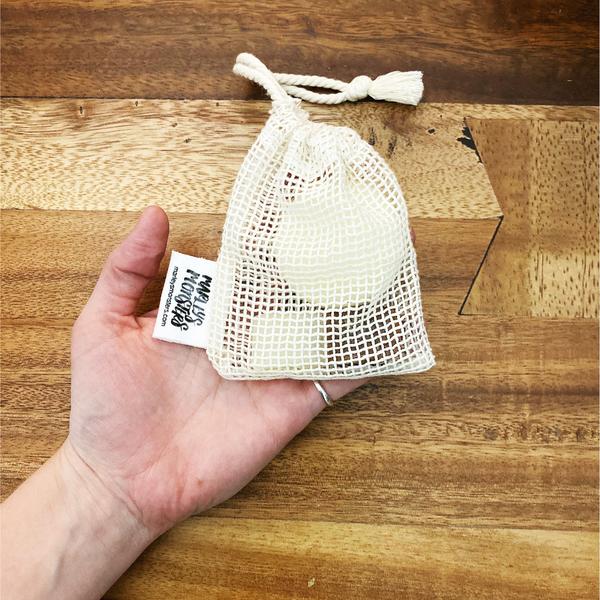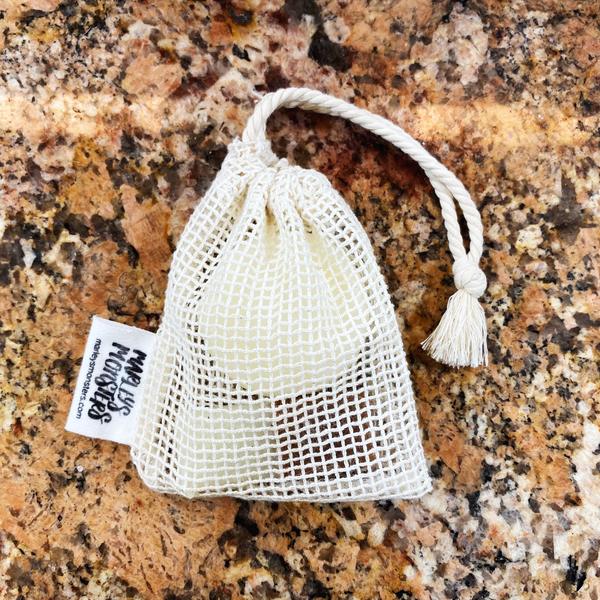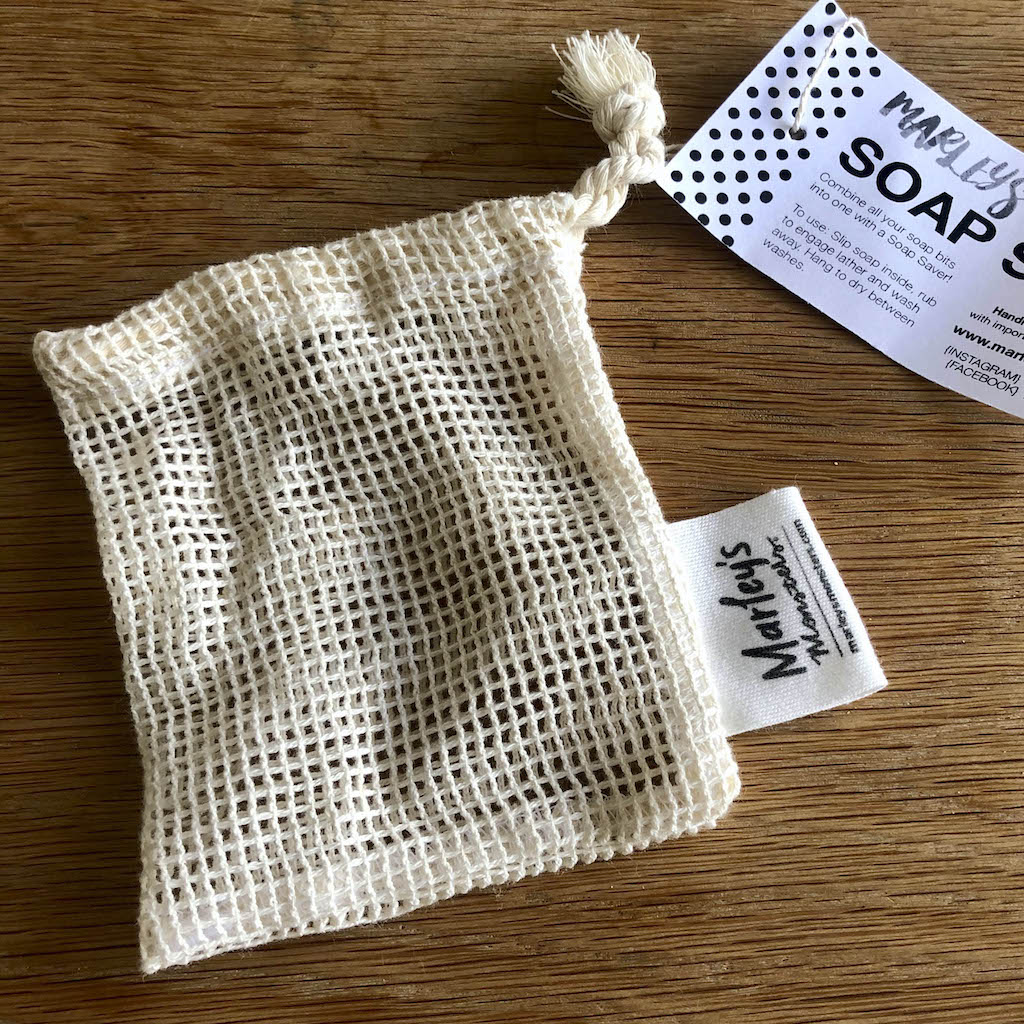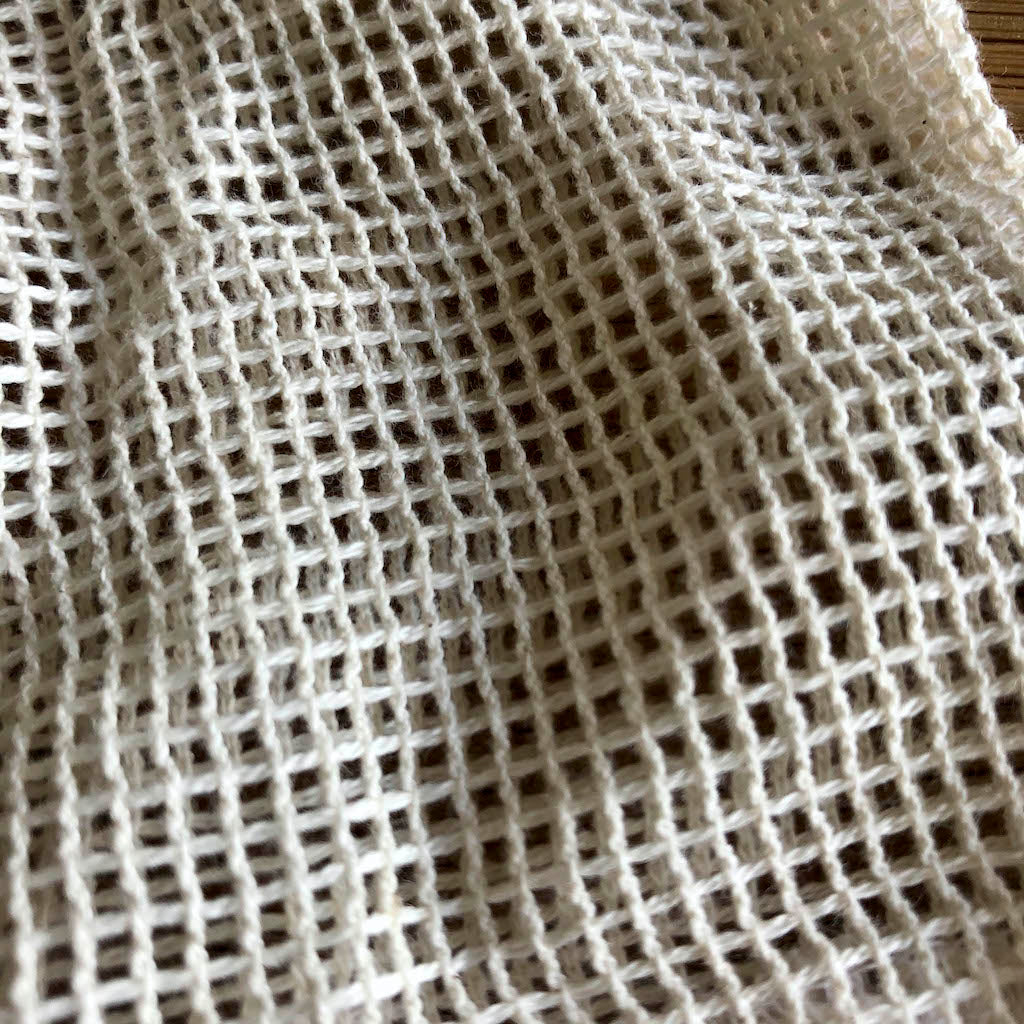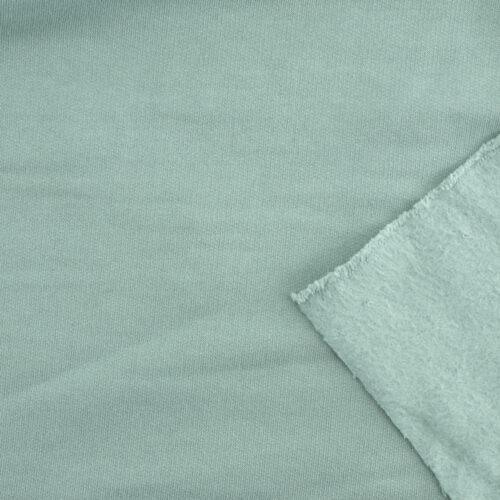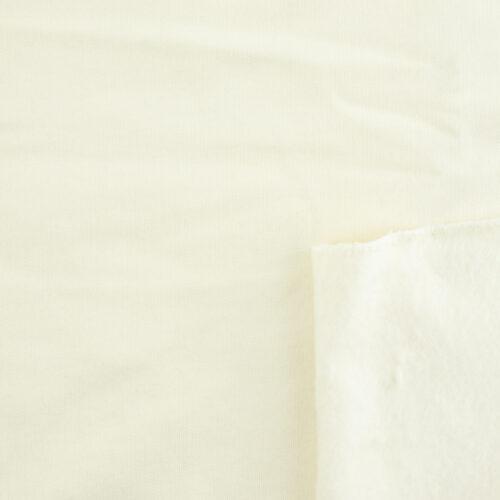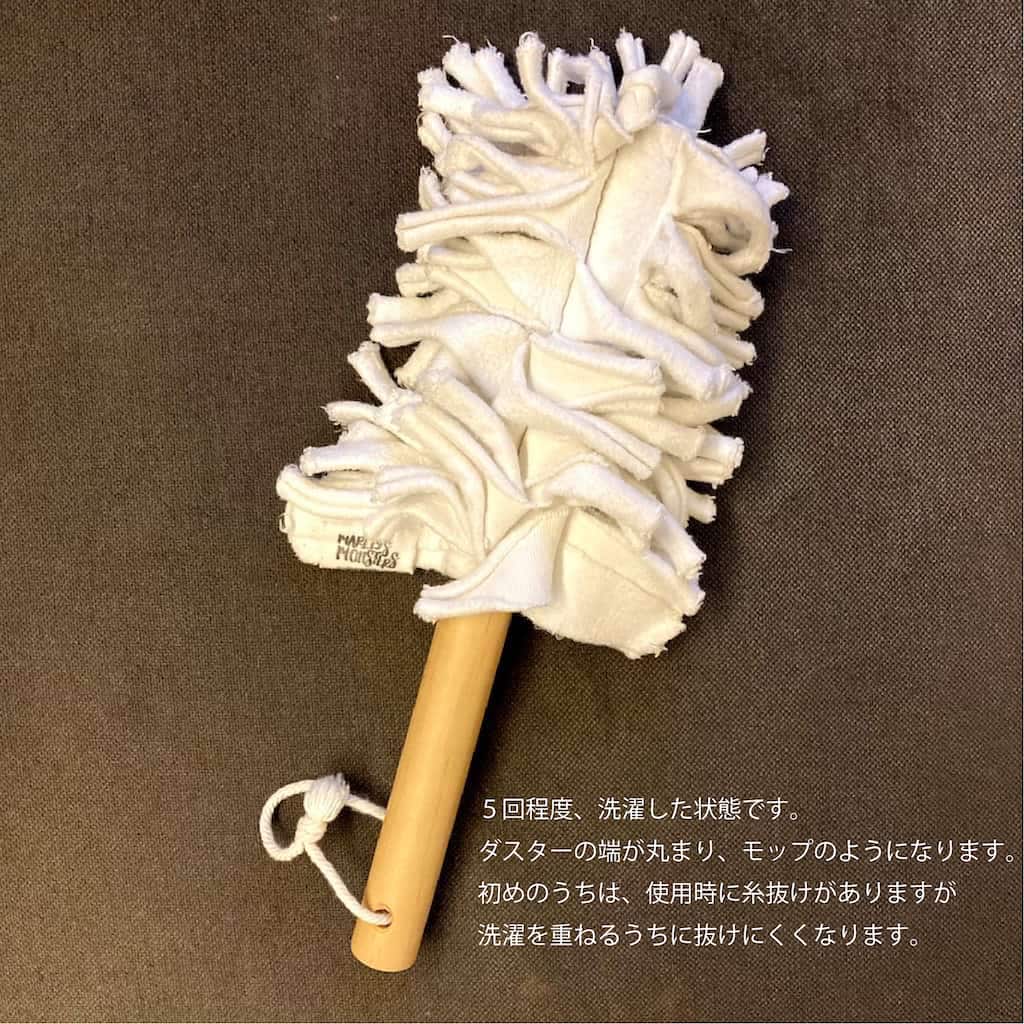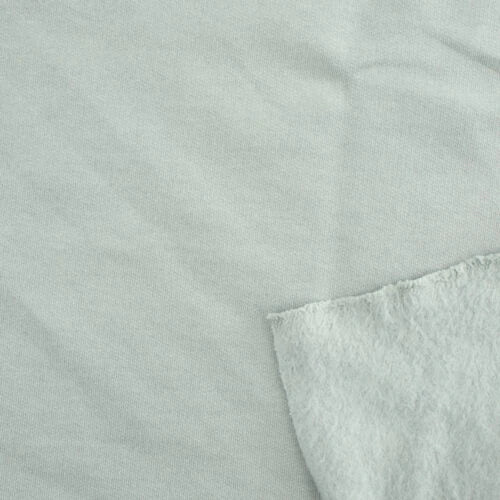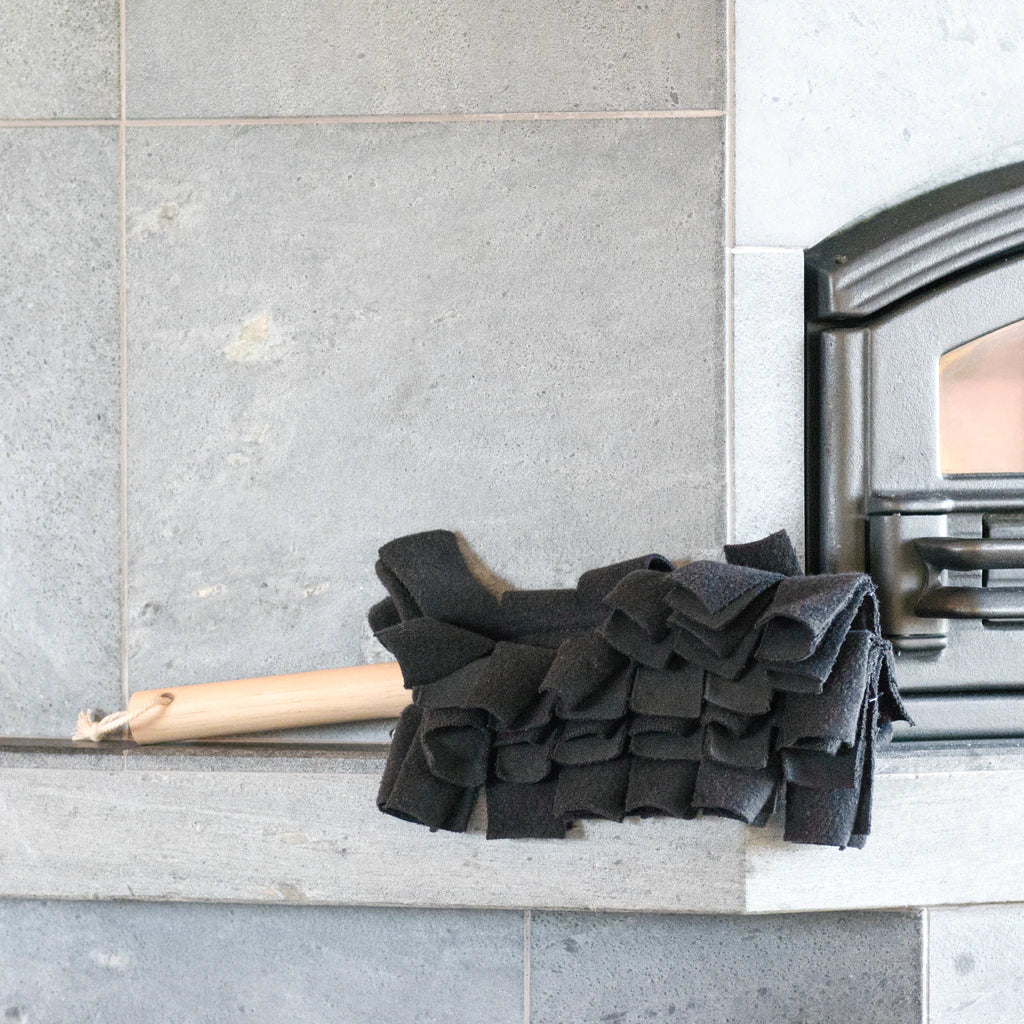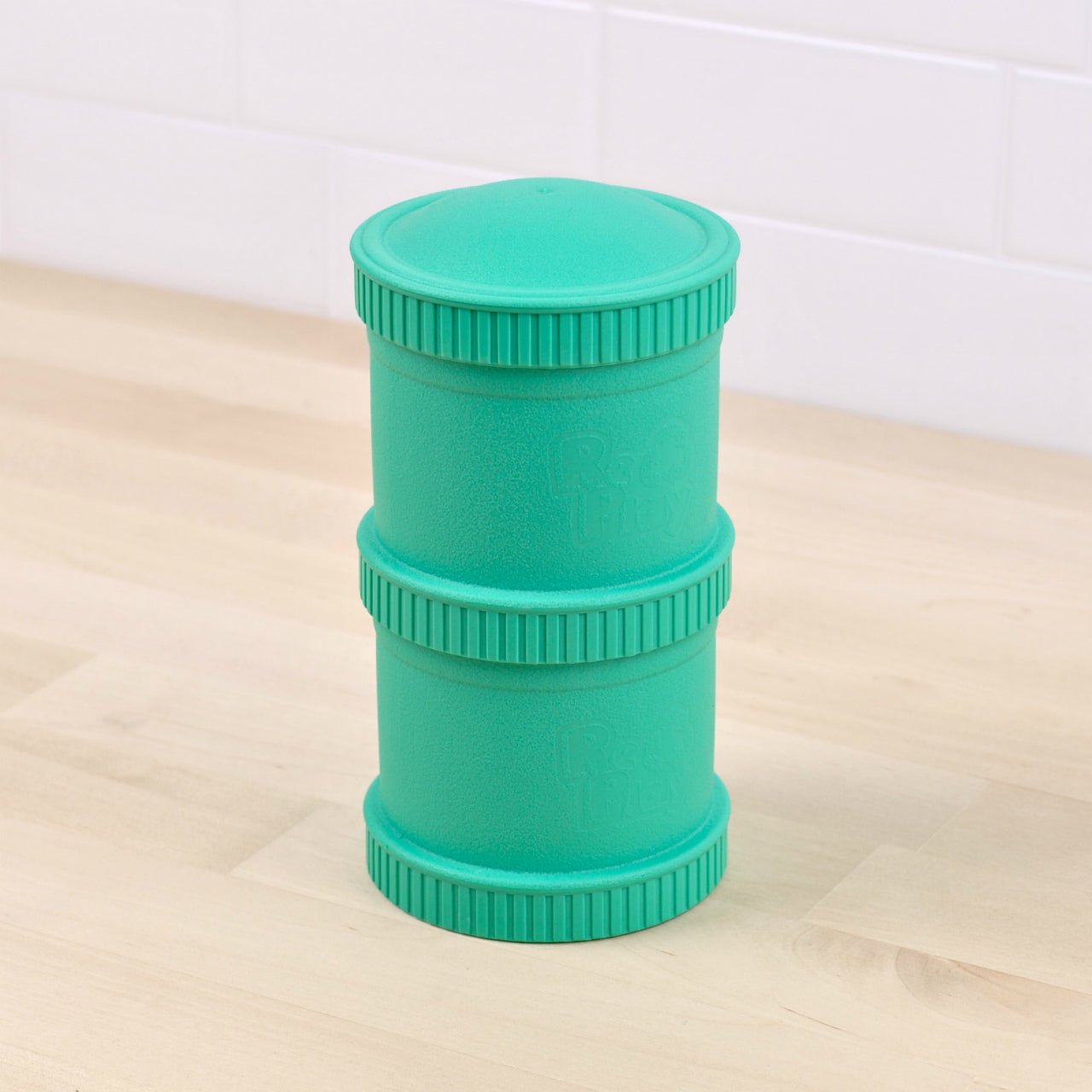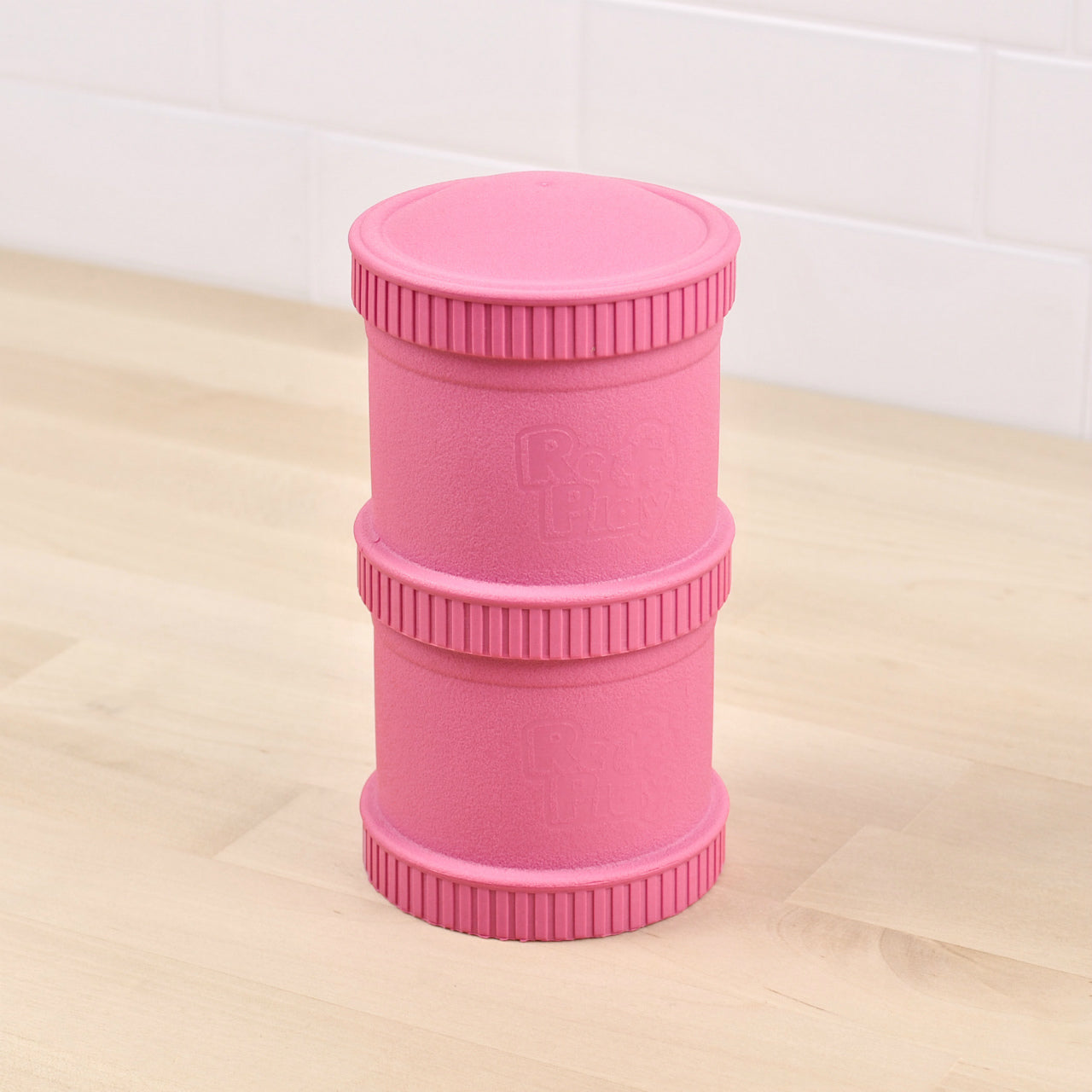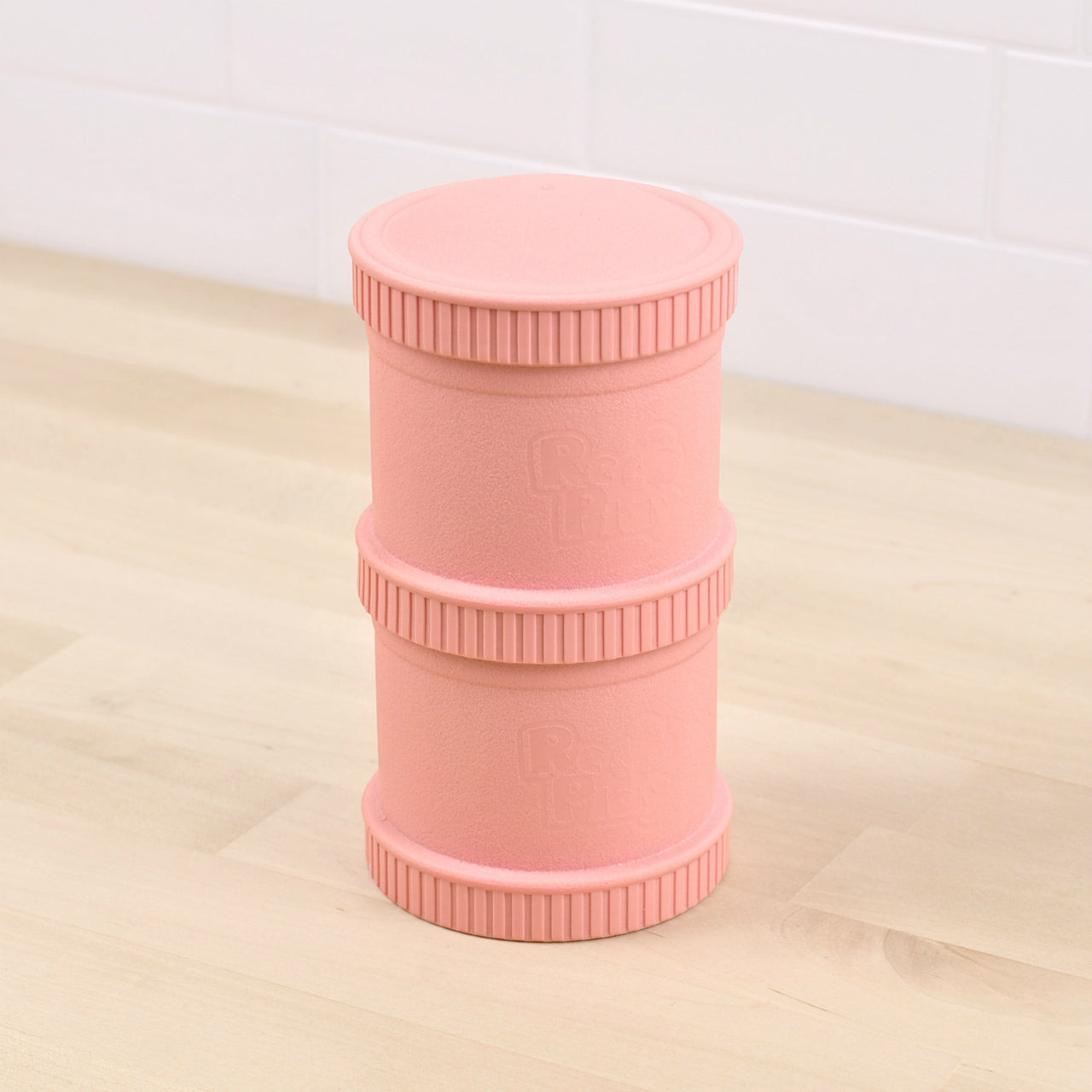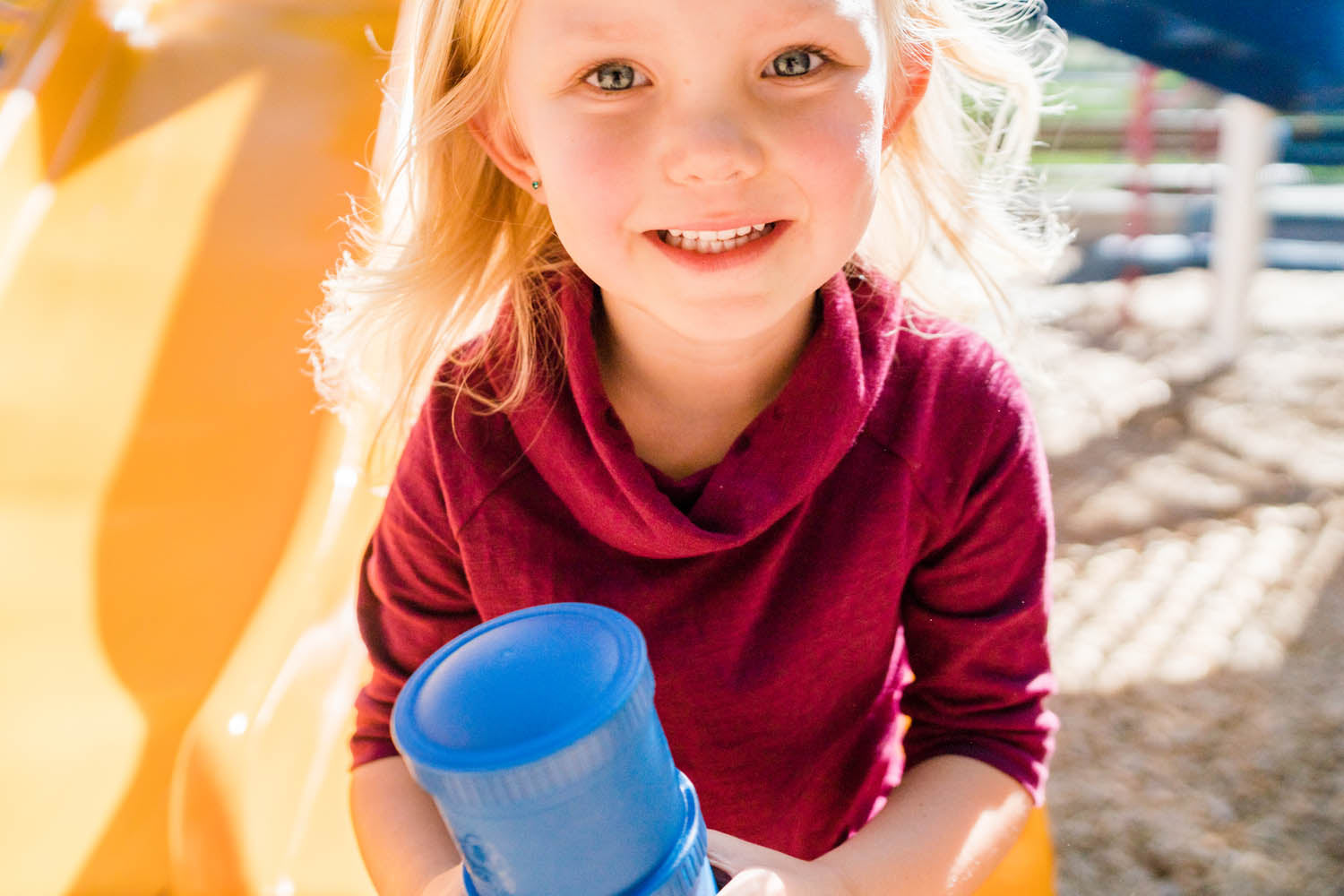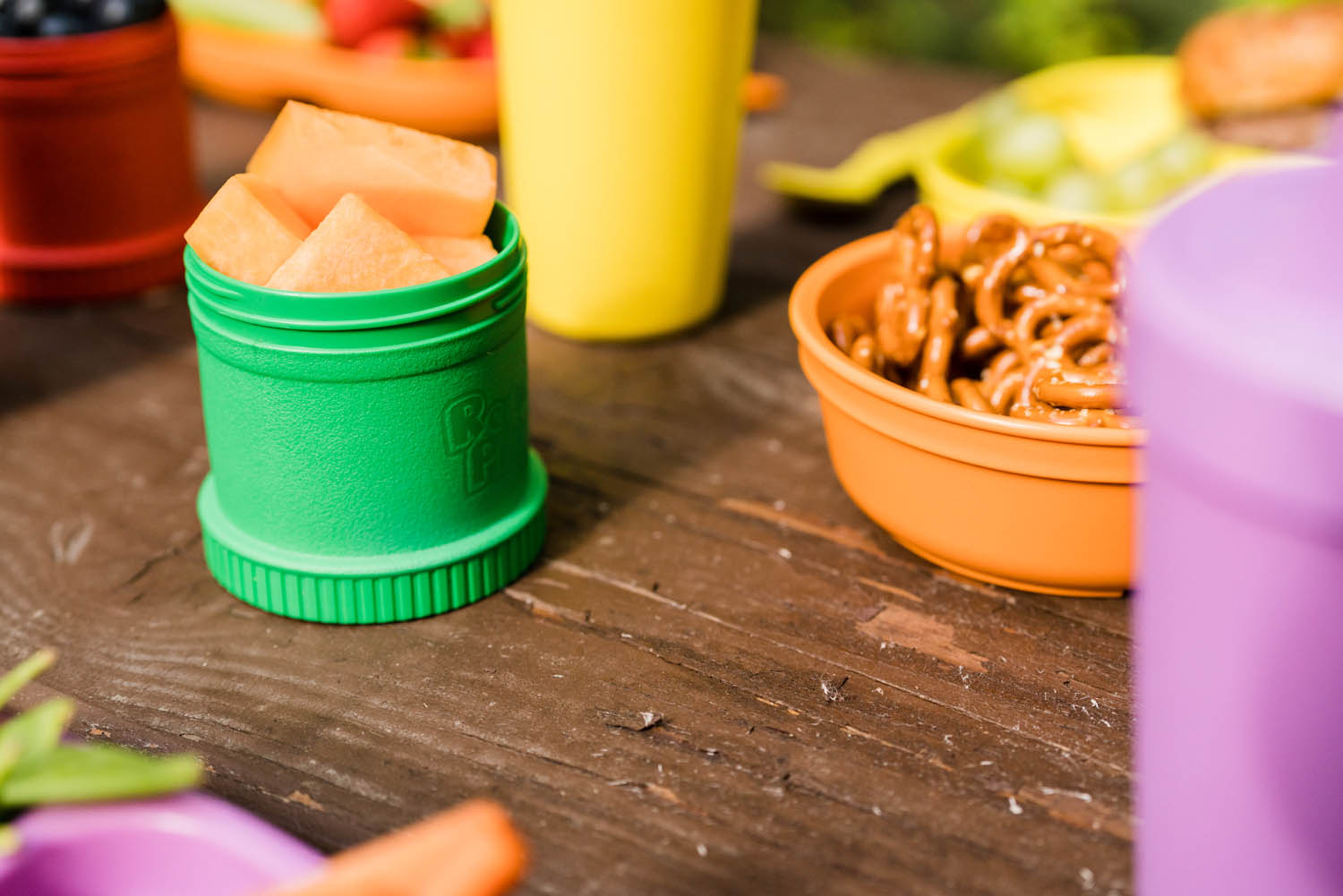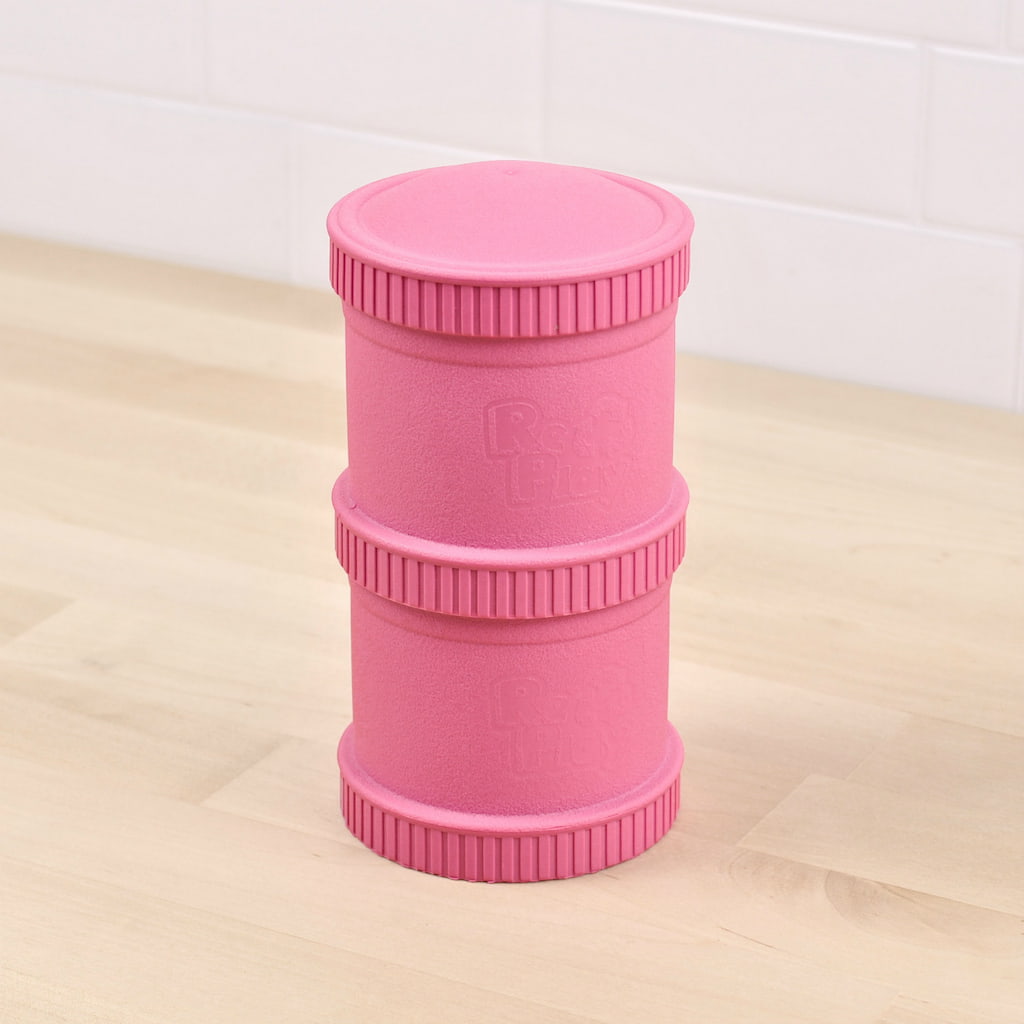Do chocolate and the environment have anything to do with each other?
The answer is yes!
Cacao beans are the raw material for chocolate.
In conventional cacao bean production, most of the workers are paid low wages and there are cases where the beans are produced on farms with little or no benefits or workplace protection, resulting in poverty and child labor. This results in very poor living conditions and environmental problems such as deforestation and environmental pollution as well. In addition, cacao plantations are usually monopolized by a single company, resulting in unfair exploitation where most of the profits from production go to a particular company rather than to everyone involved in growing the beans.
For this reason, fair trade activities, in which cacao beans are purchased at a fair price, are now becoming increasingly popular.
So what is sustainable chocolate? Sustainable chocolate is produced in an ethical and sustainable manner. They are made from organically grown cacao beans and produced using fair trade methods to avoid child labor. They also ensure that everyone involved in the production is treated fairly and paid a fair wage for their work.
How do you tell the difference between sustainable and non-sustainable chocolate? The easiest is to check the certification label. Check to see if it has the Fair Trade certified label on it.
As a consumer, I am wondering how to tell the difference between sustainable and non-sustainable chocolate. There are many points to consider, but there are two main ones.
[Sustainability Labels]
>> Sustainability labels on products set minimum environmental and health standards and verify products that meet the criteria. They’re designed to inform consumers, brands, and manufacturers that labelled products are more environmentally friendly than most. Some of the commonly used labels for cacao includes
- International Fairtrade Certification: Fairtrade is one of the most recognized and trusted sustainability label in the world. When you buy products with any of the Fairtrade Marks, you support farmers and workers as they improve their lives and their communities.
- Rainforest Alliance Certification: The Rainforest Alliance certification seal means that the product (or a specified ingredient) was produced by farmers, foresters, and/or companies working together to create a world where people and nature thrive in harmony.
[Direct Trade]
>> For products with certification labels such as Fairtrade, it is necessary to meet the standards set by the certifying organization, and it costs a certain amount of money to receive certification and maintain registration.
In direct trade, the producer does not have to spend time and money for certification, but on the contrary, the direct relationship and trust between the producer and the distributor are the criteria. Since the producer and distributor deal directly with each other, there is no need for an intermediary, and the producer can use the costs previously incurred to improve quality and workers, and the freshness of the product can be maintained. The distributor goes directly to the cacao bean producer, discusses a fair price, and establishes a relationship of trust with the producer.
For the producers, it allows them to know where and how their products are processed and sold, and at the same time, for us, the consumers, there is traceability of "where, who, and how" the product was produced.
Some products have certification labels and some do not, and neither is better than the other. Both share the fact that there is traceability (transparency) which is a characteristic of sustainable chocolate.
Check for these next time you want to buy chocolates!

![[MEDIA] DECEMBER 2, 2025](http://borderlesscreations.com/cdn/shop/articles/MEDIA_3.png?crop=region&crop_height=1080&crop_left=0&crop_top=0&crop_width=1080&v=1764653760&width=1080)
